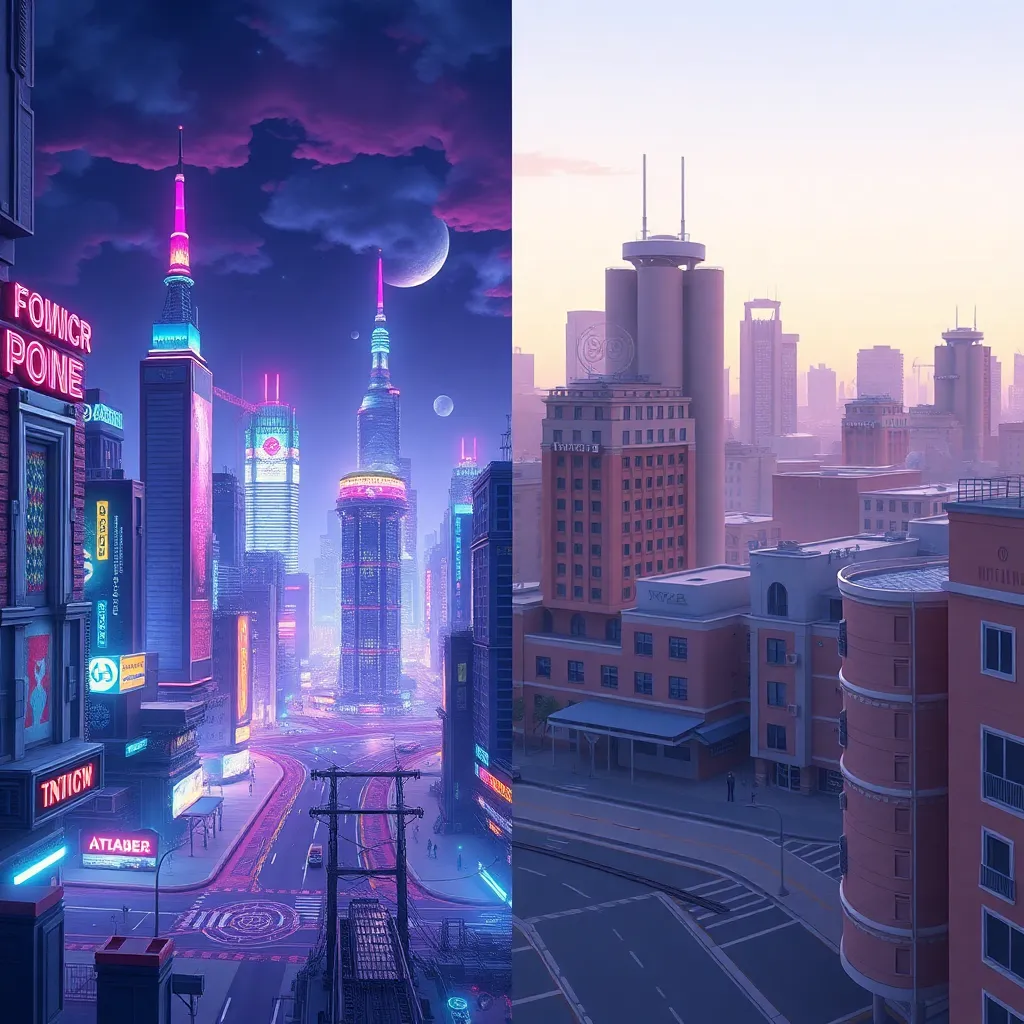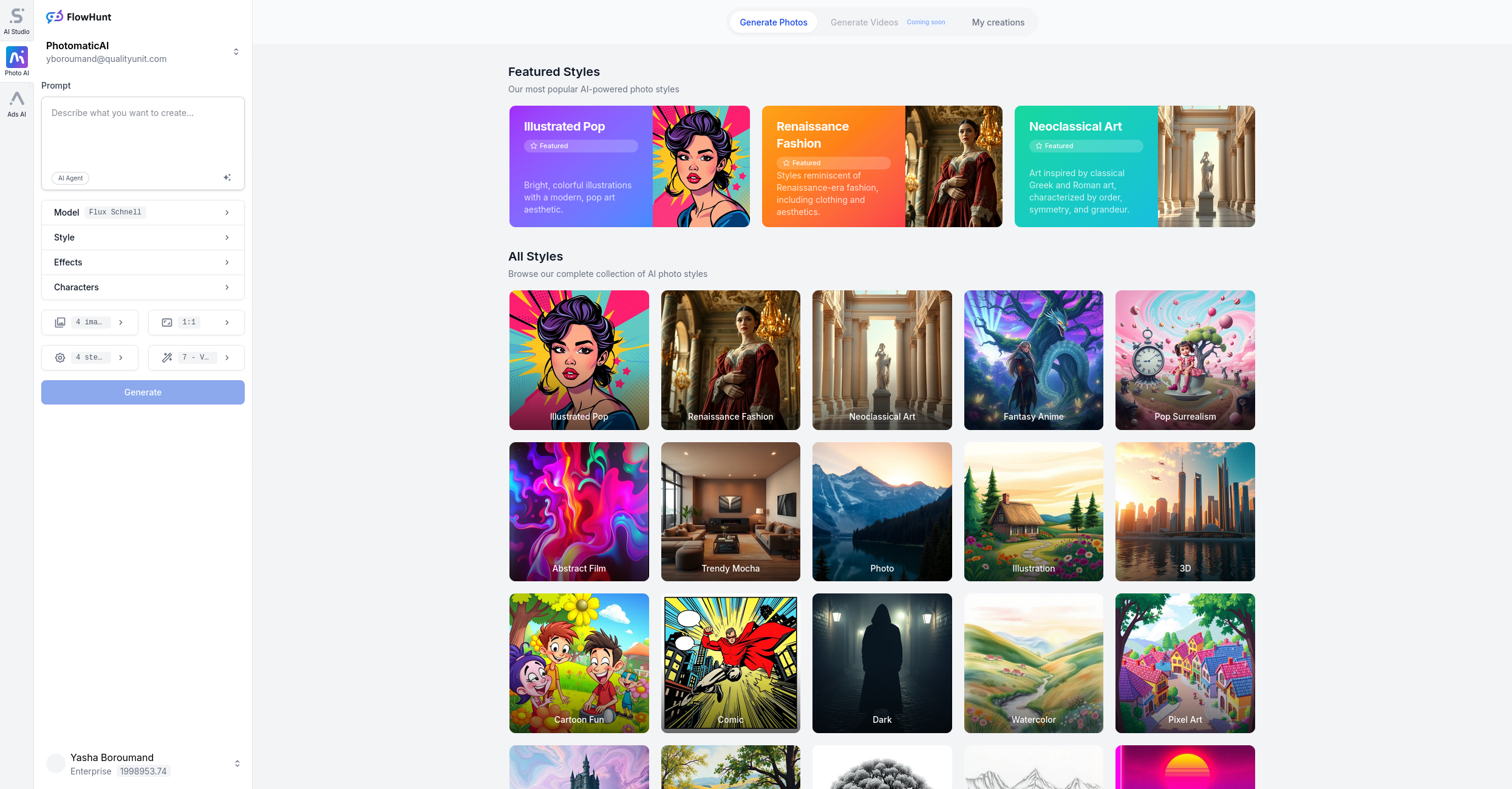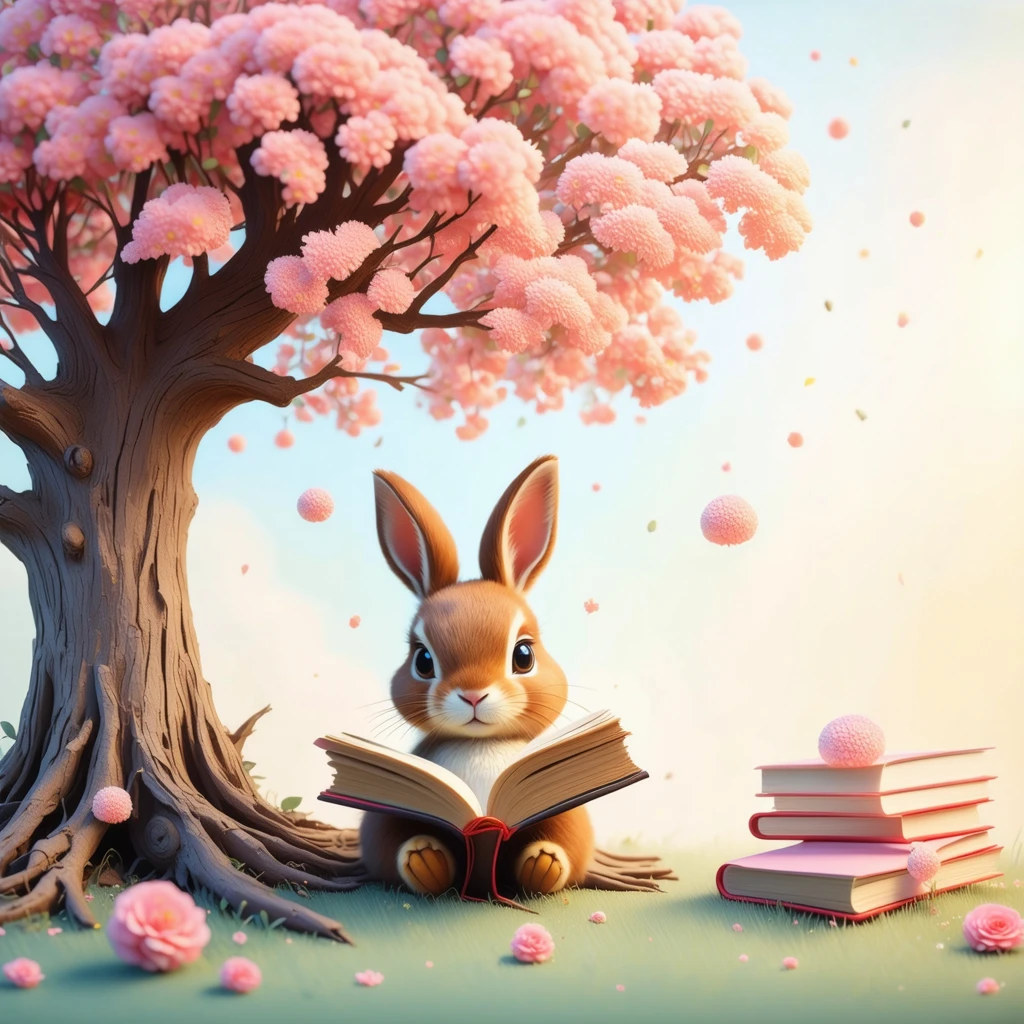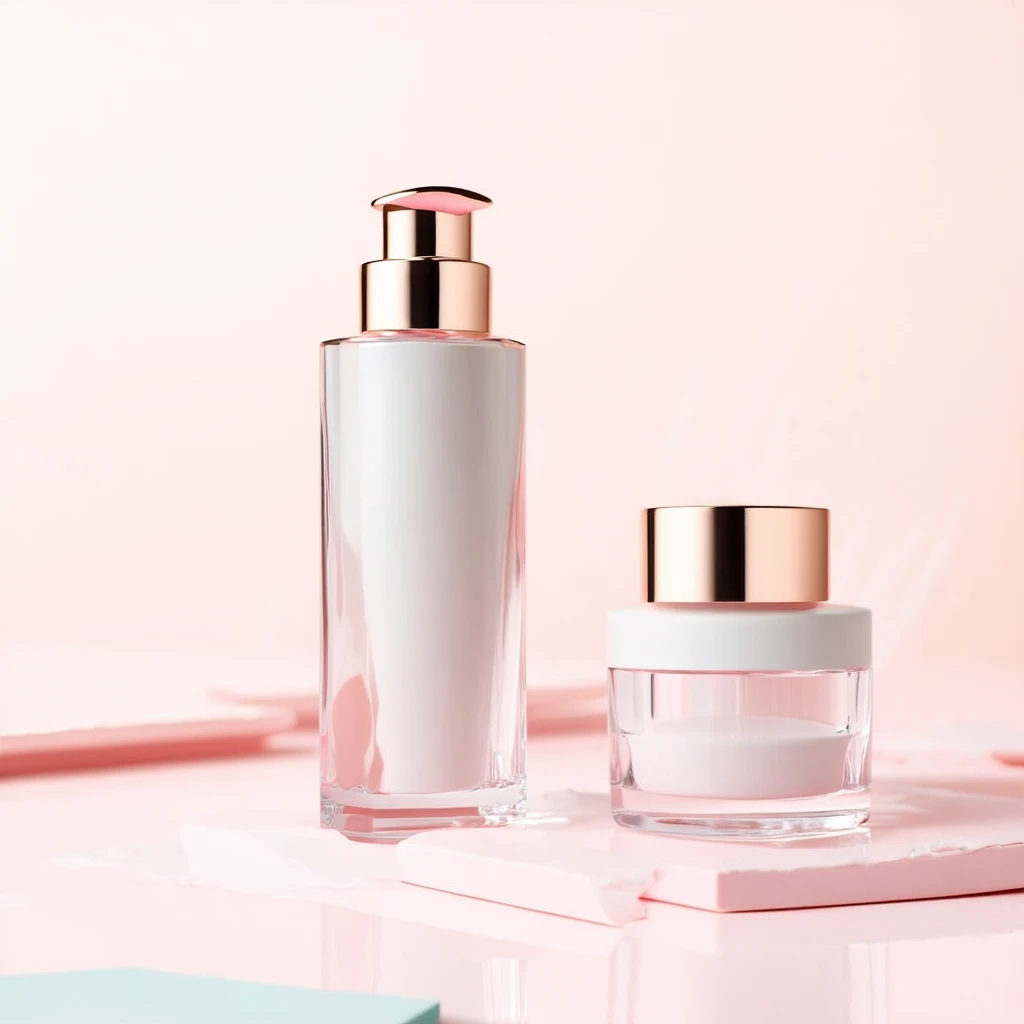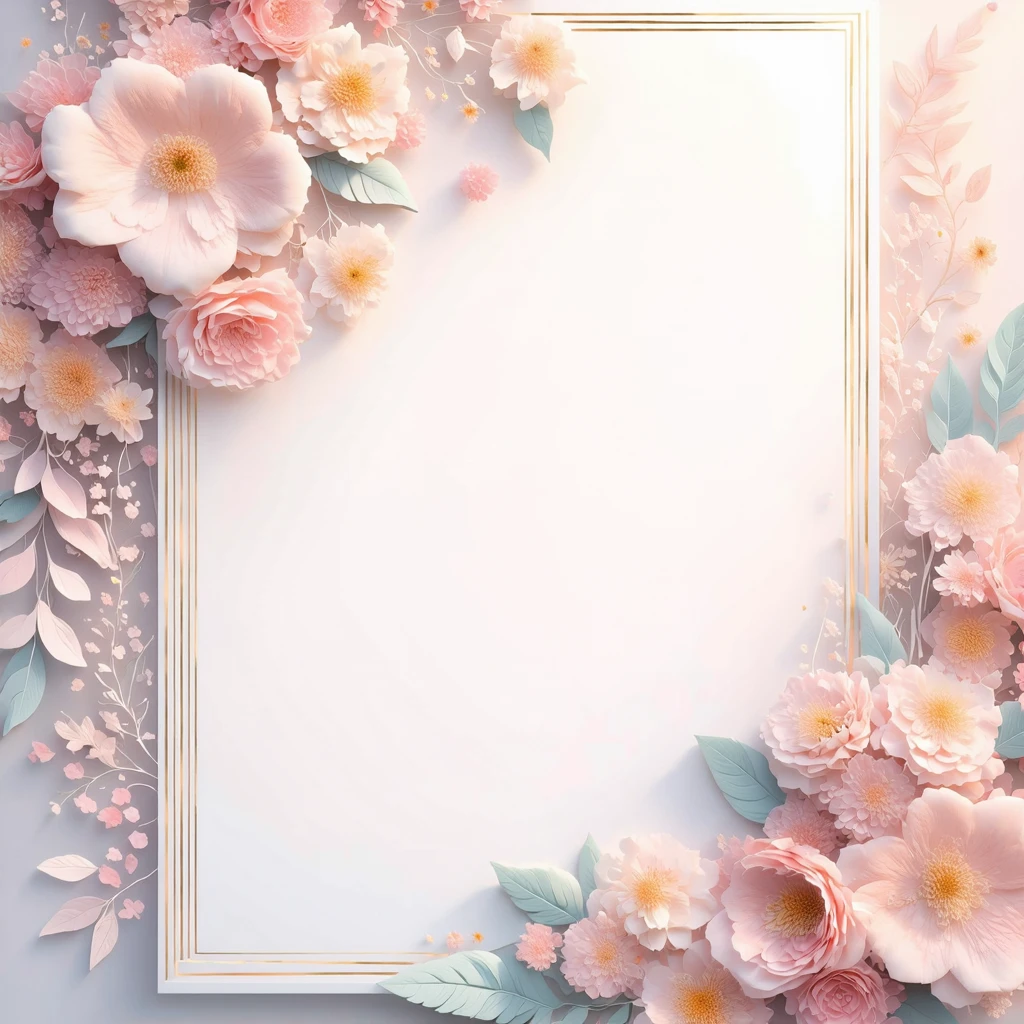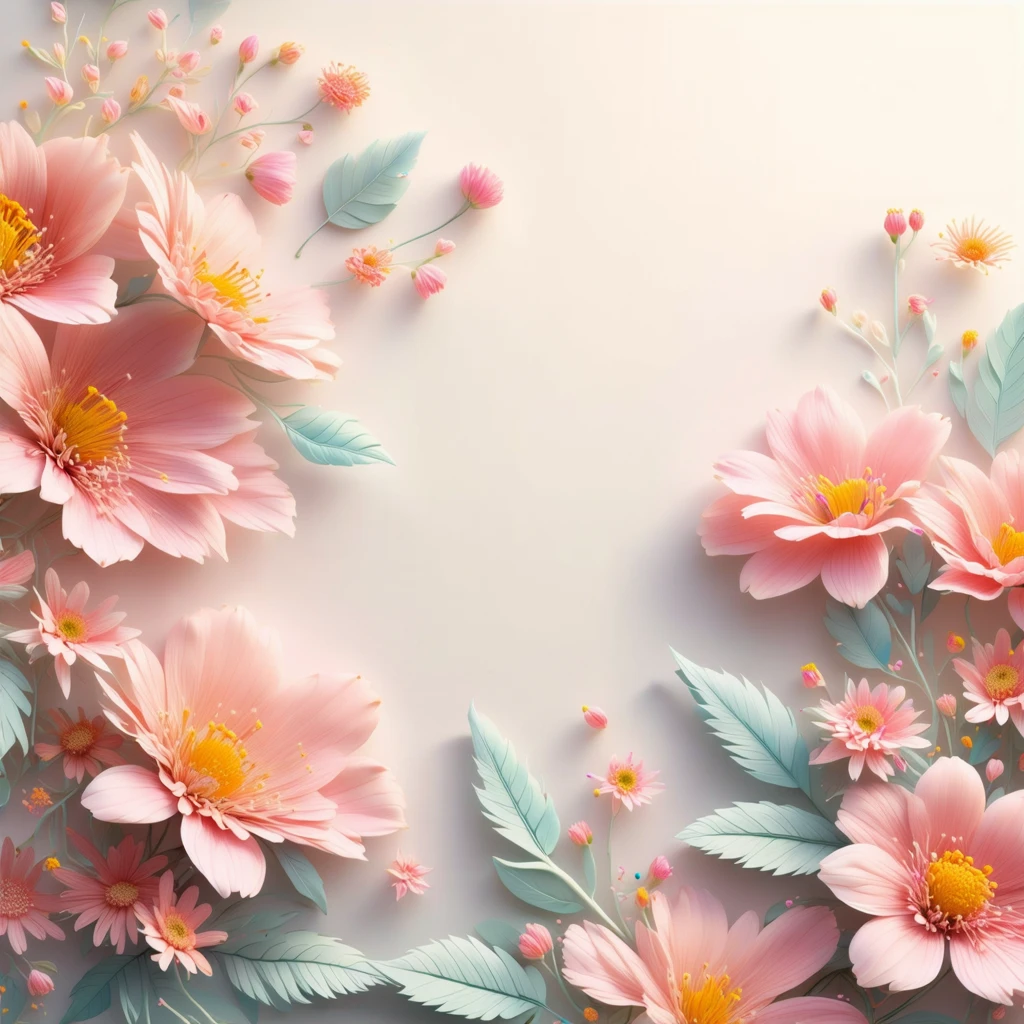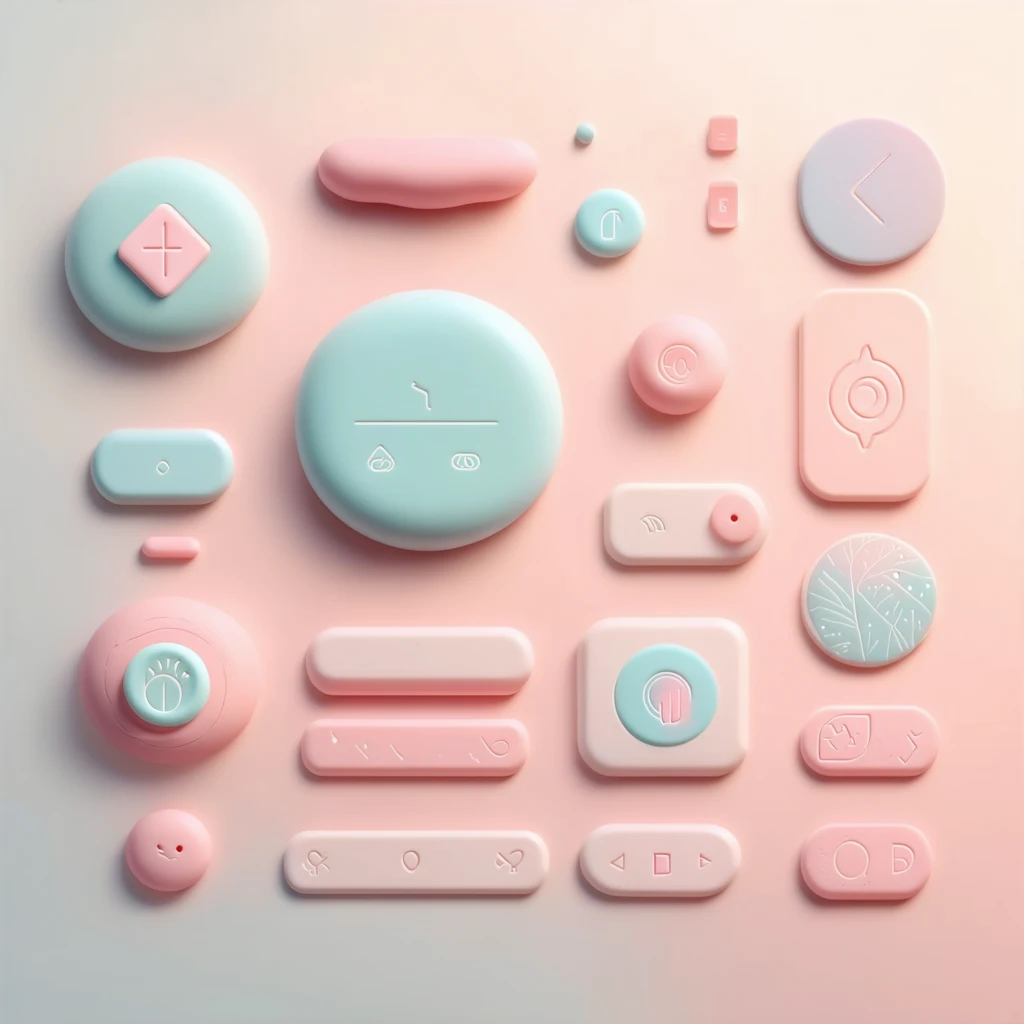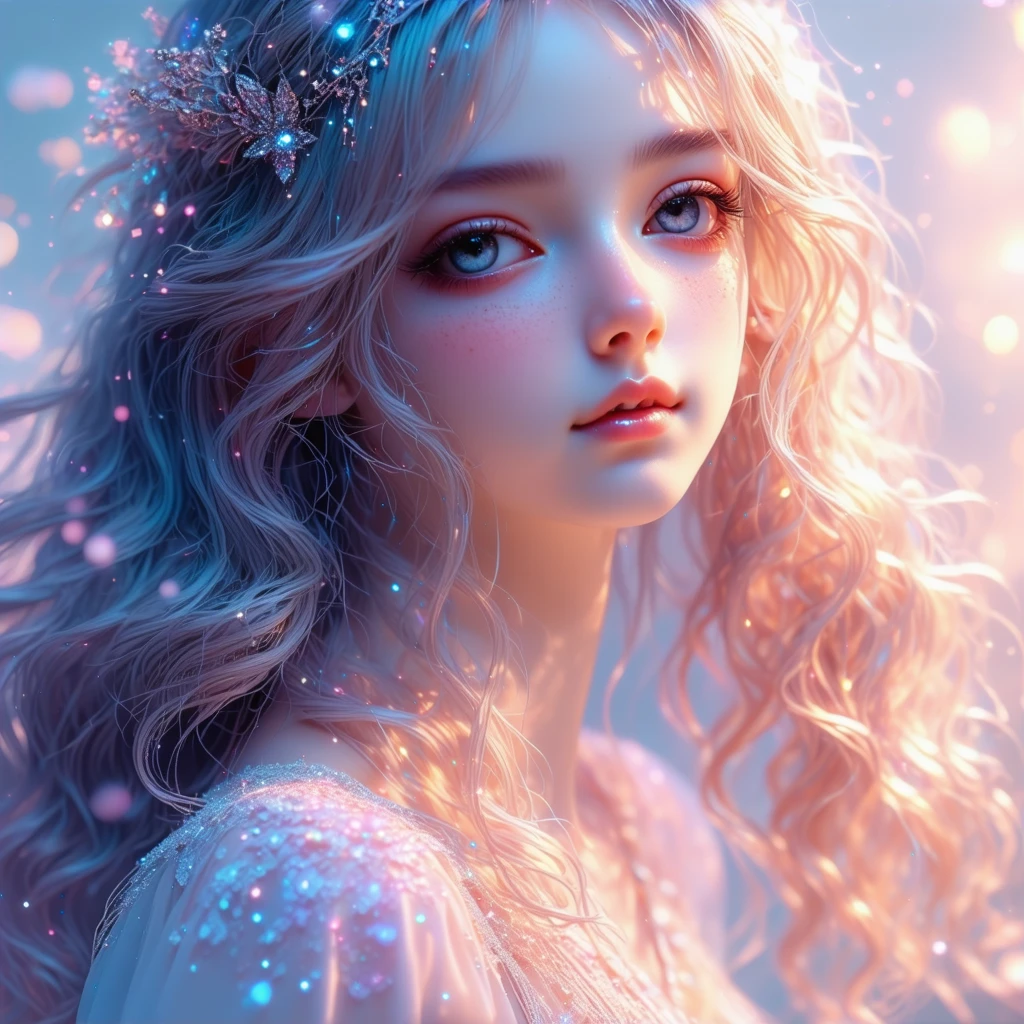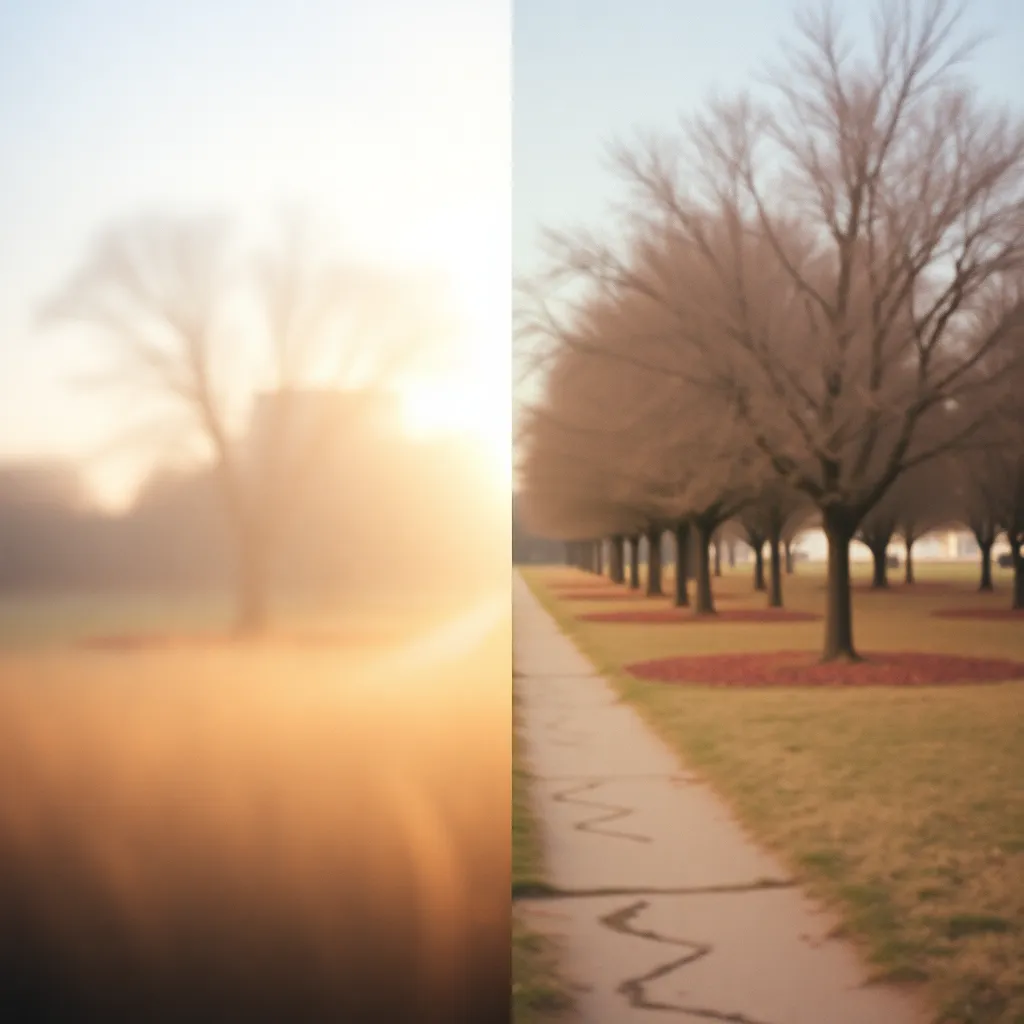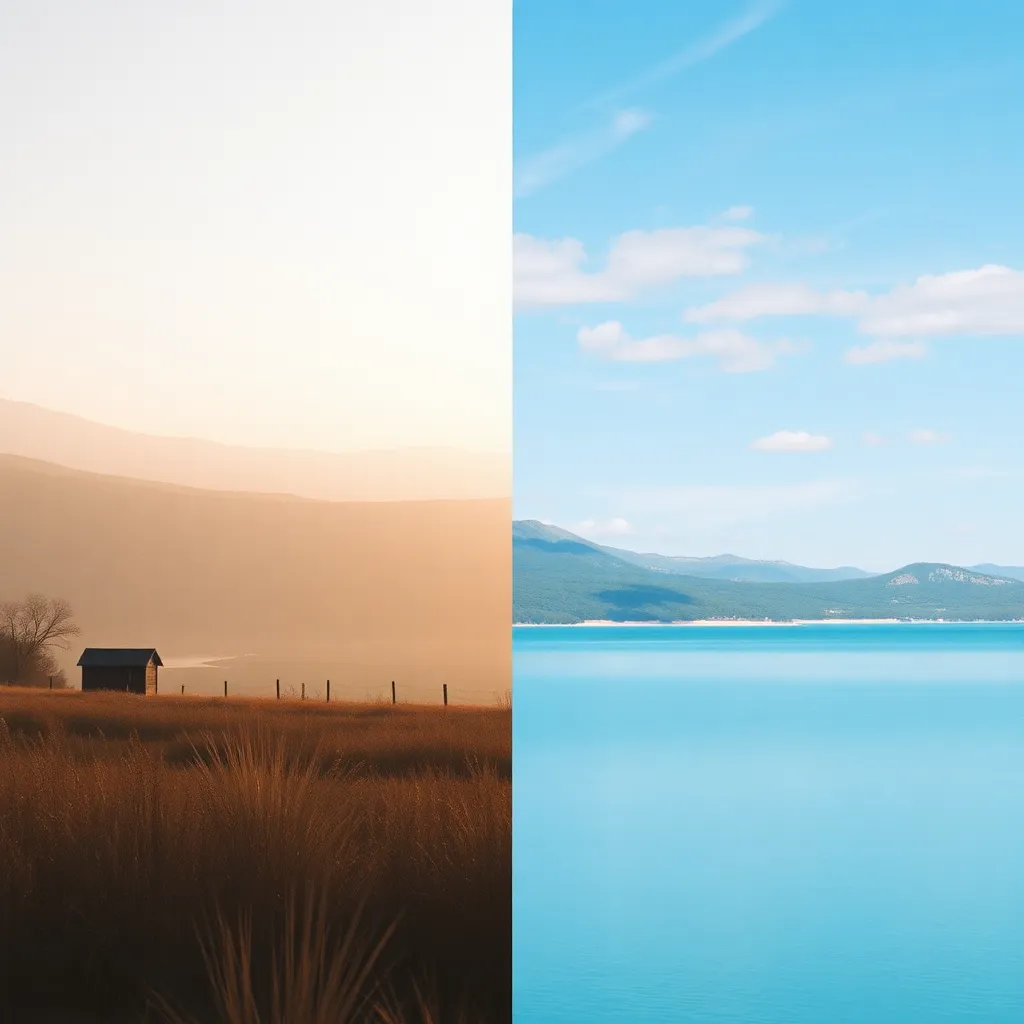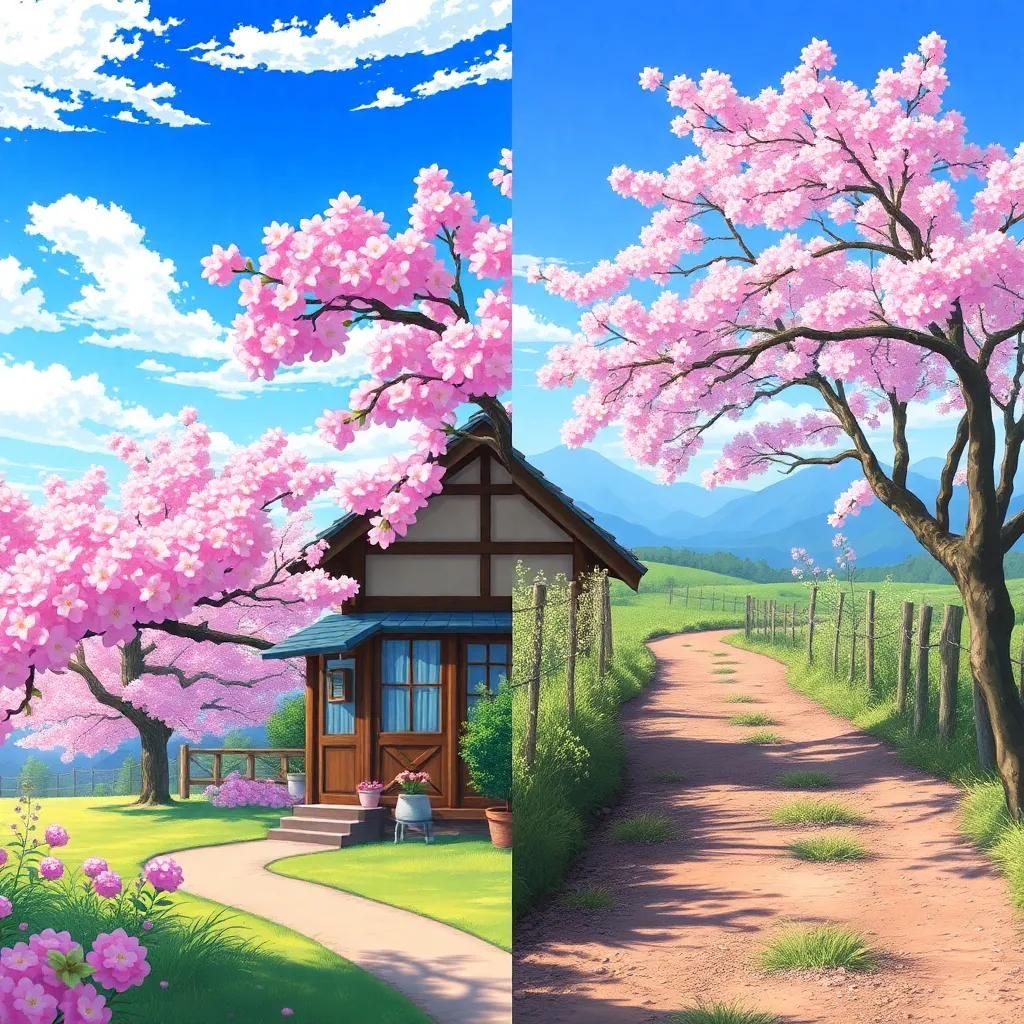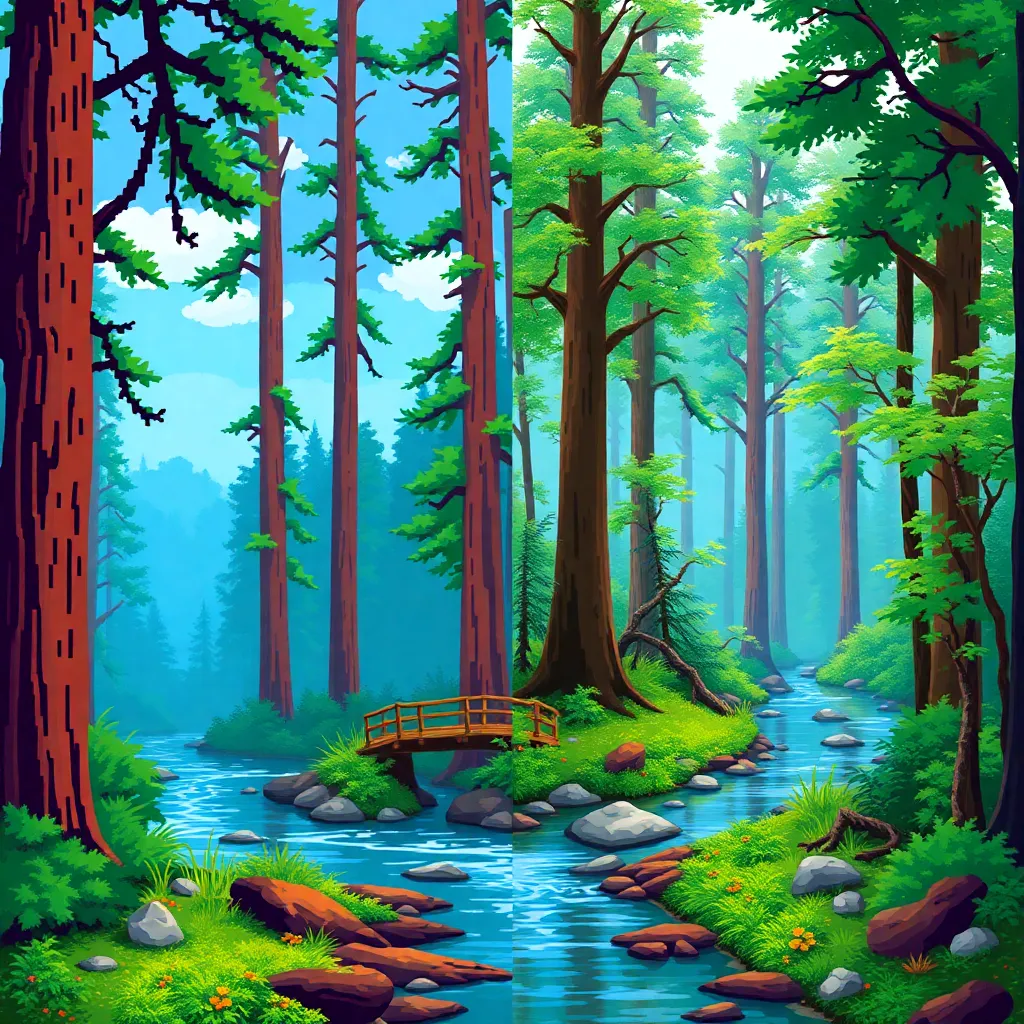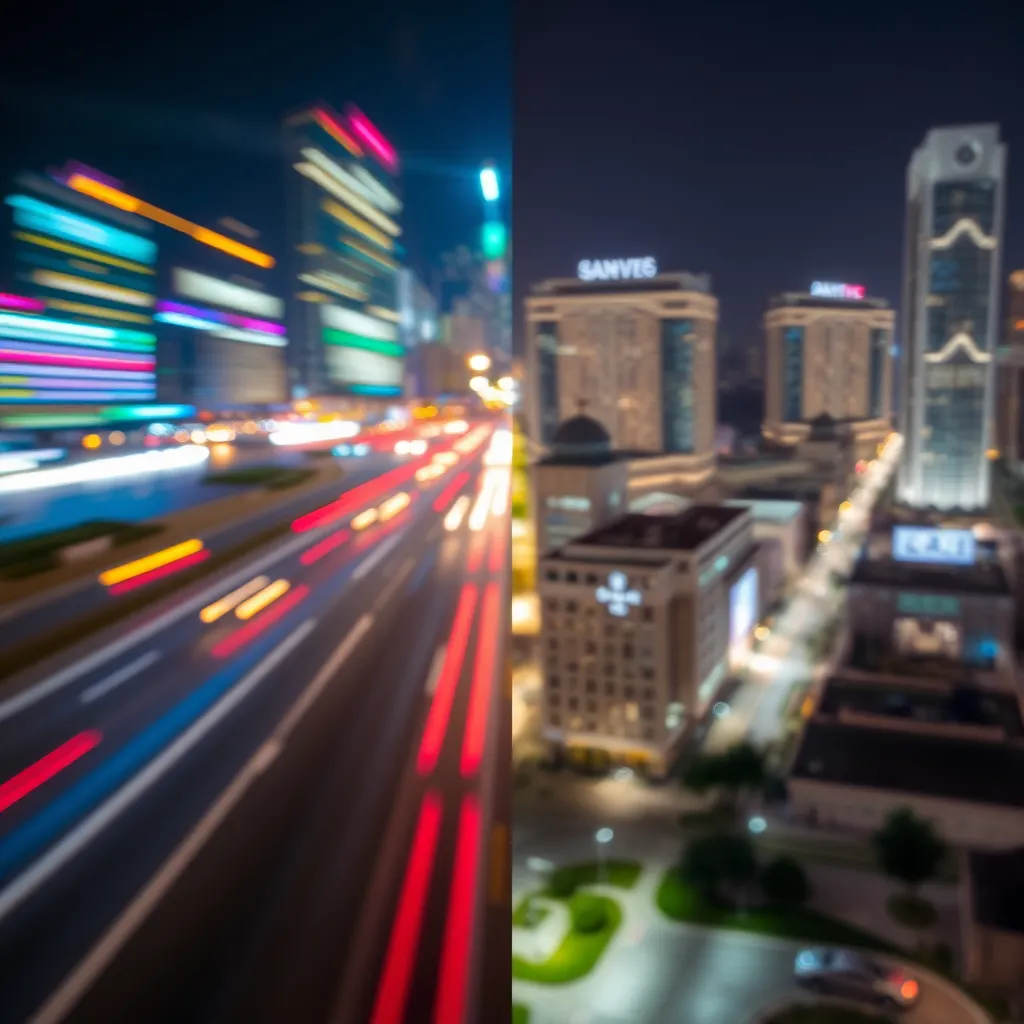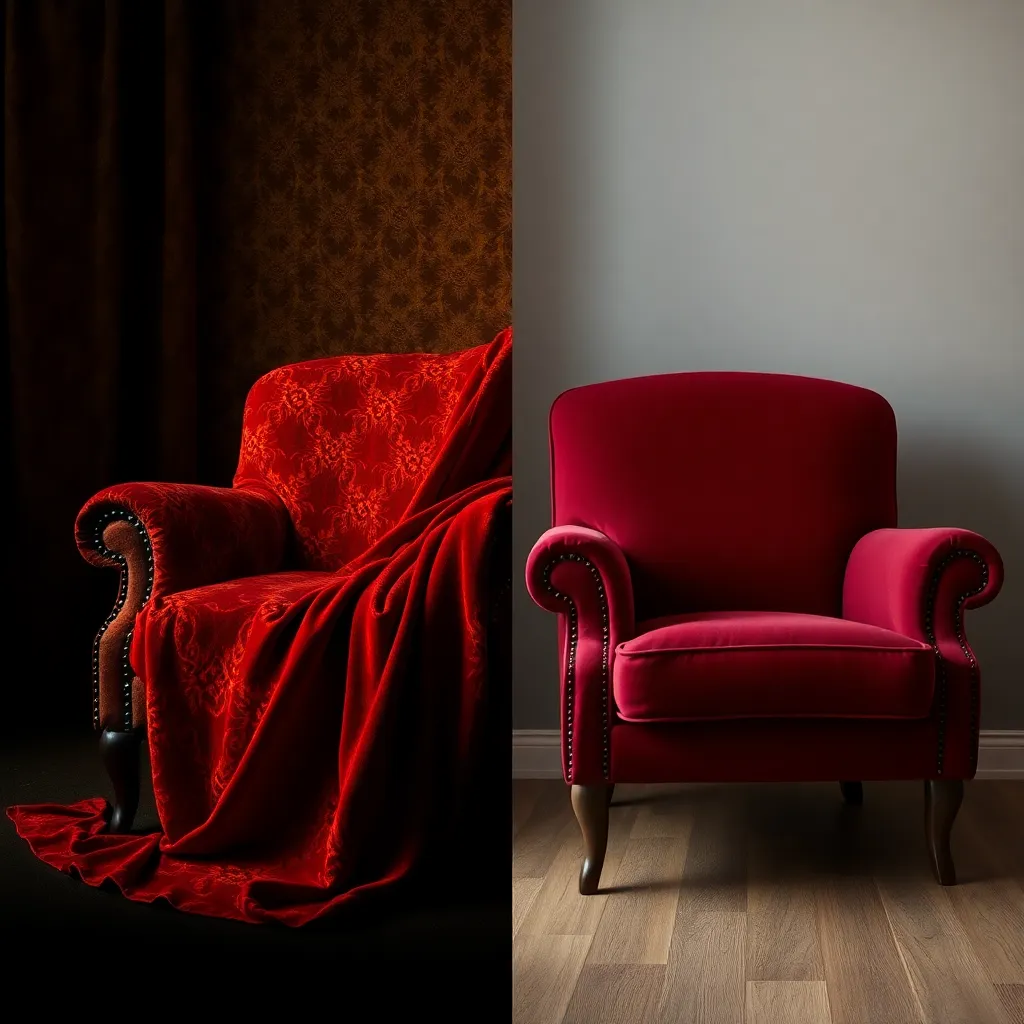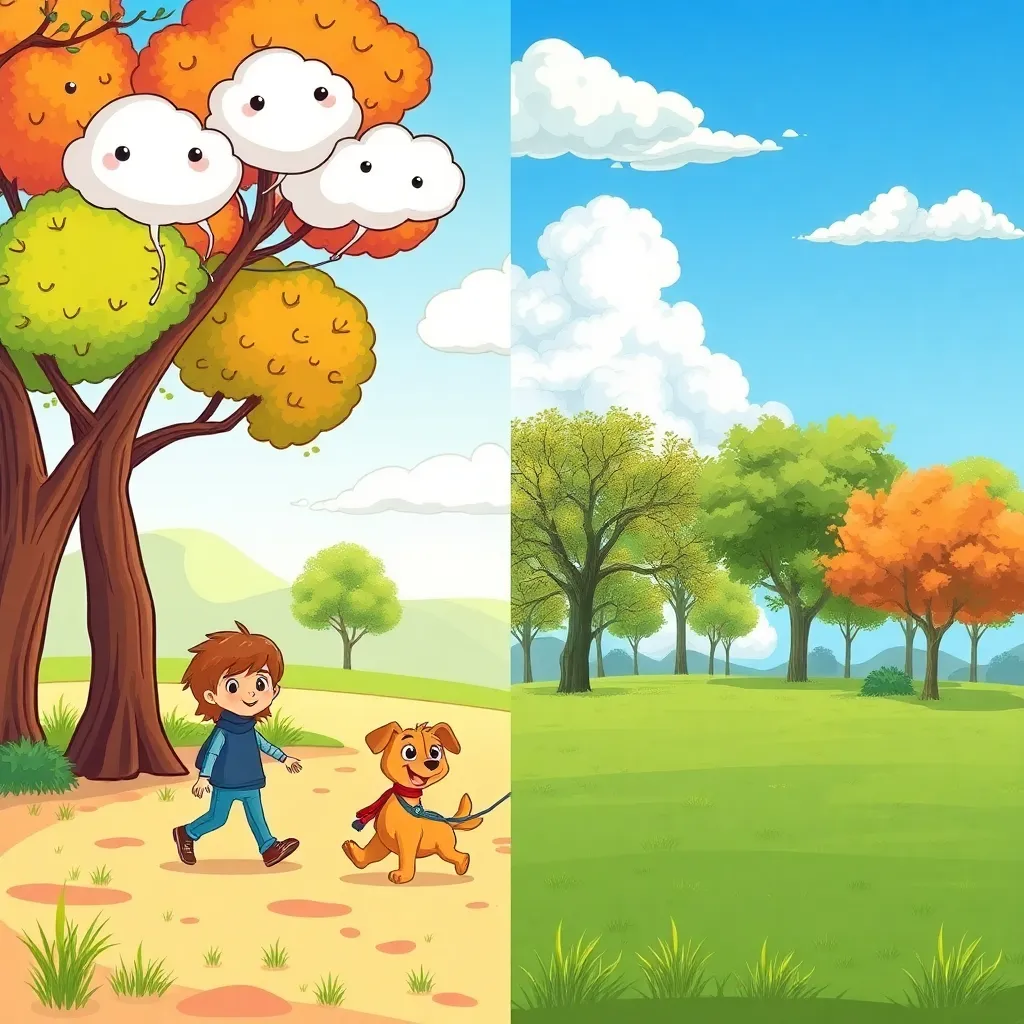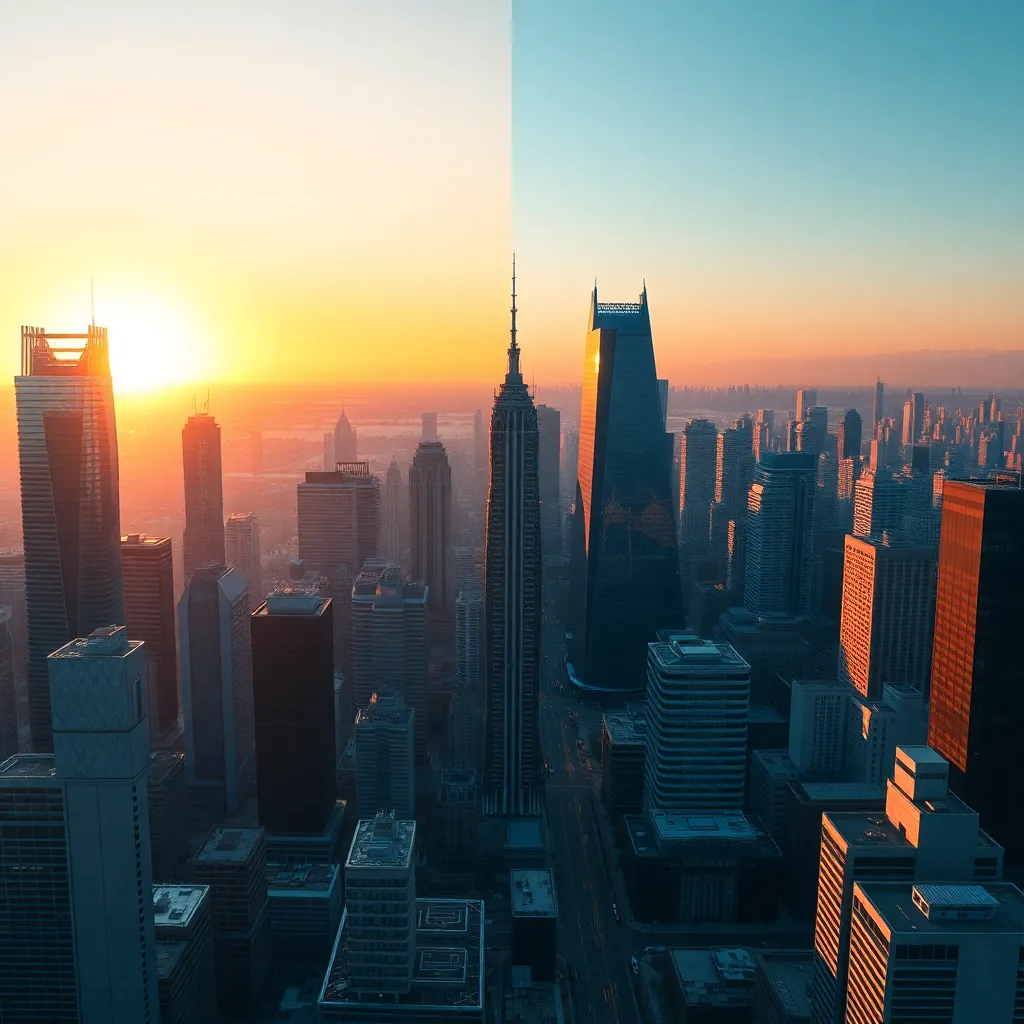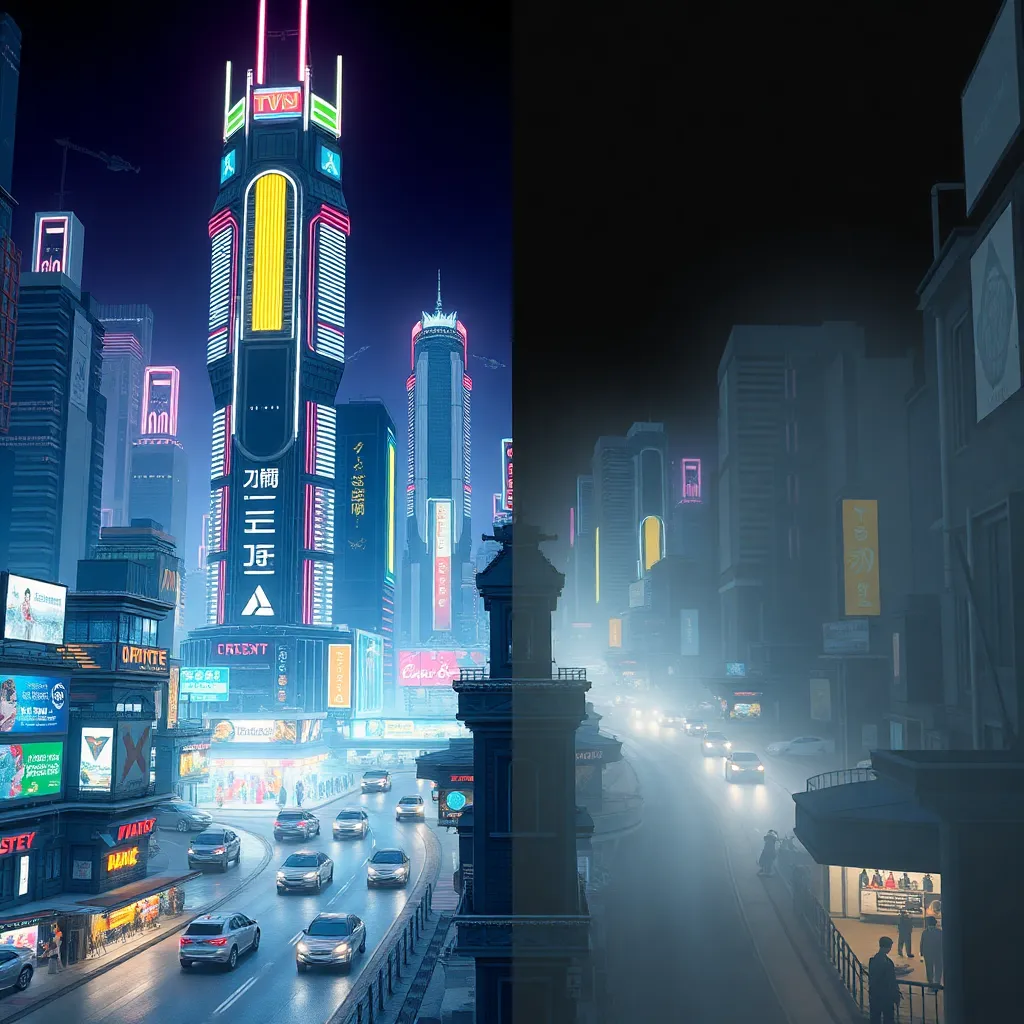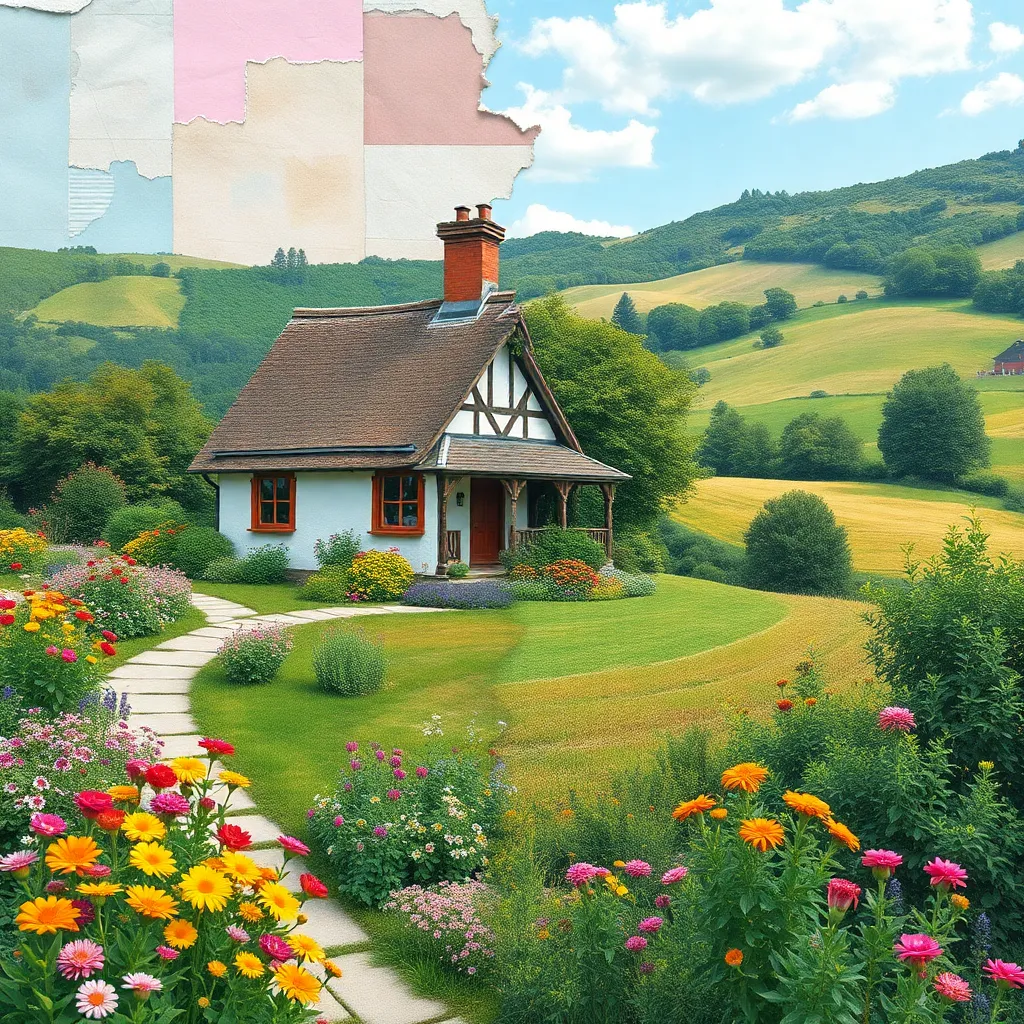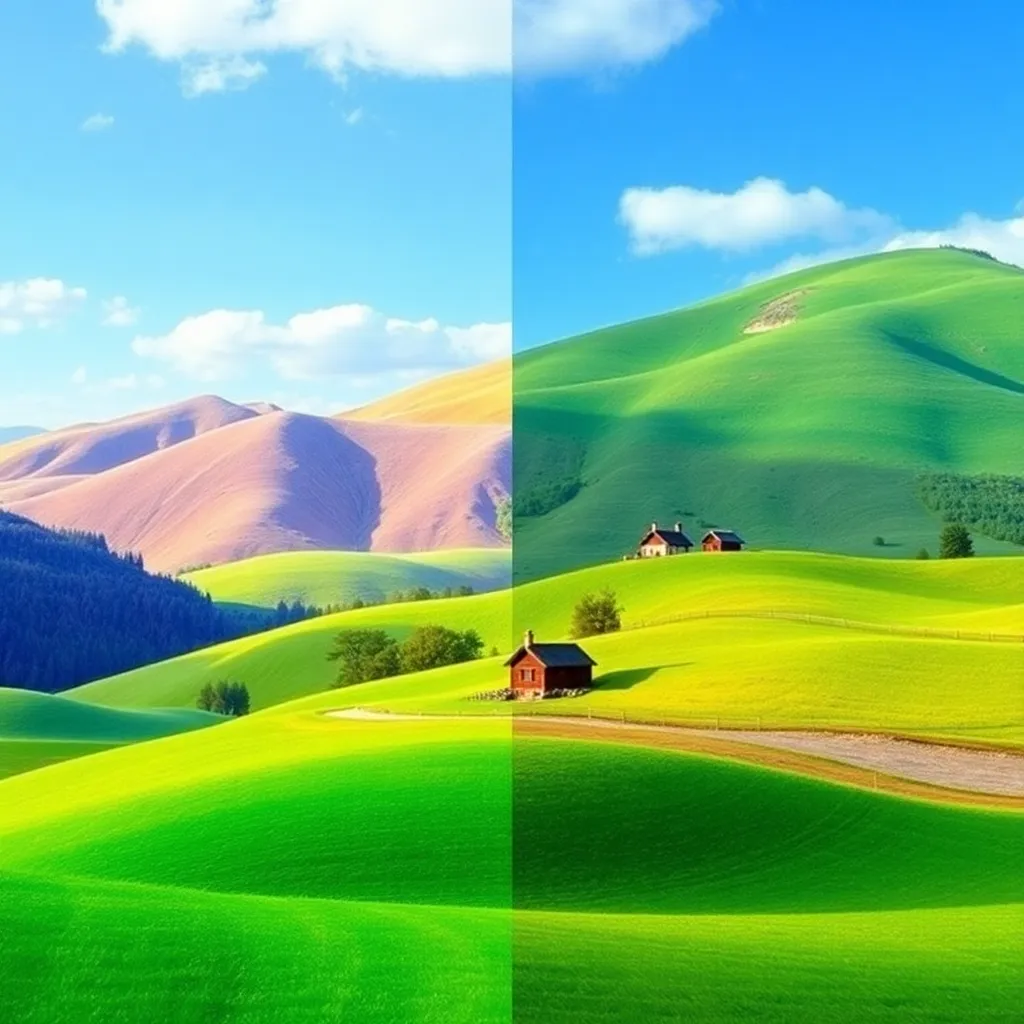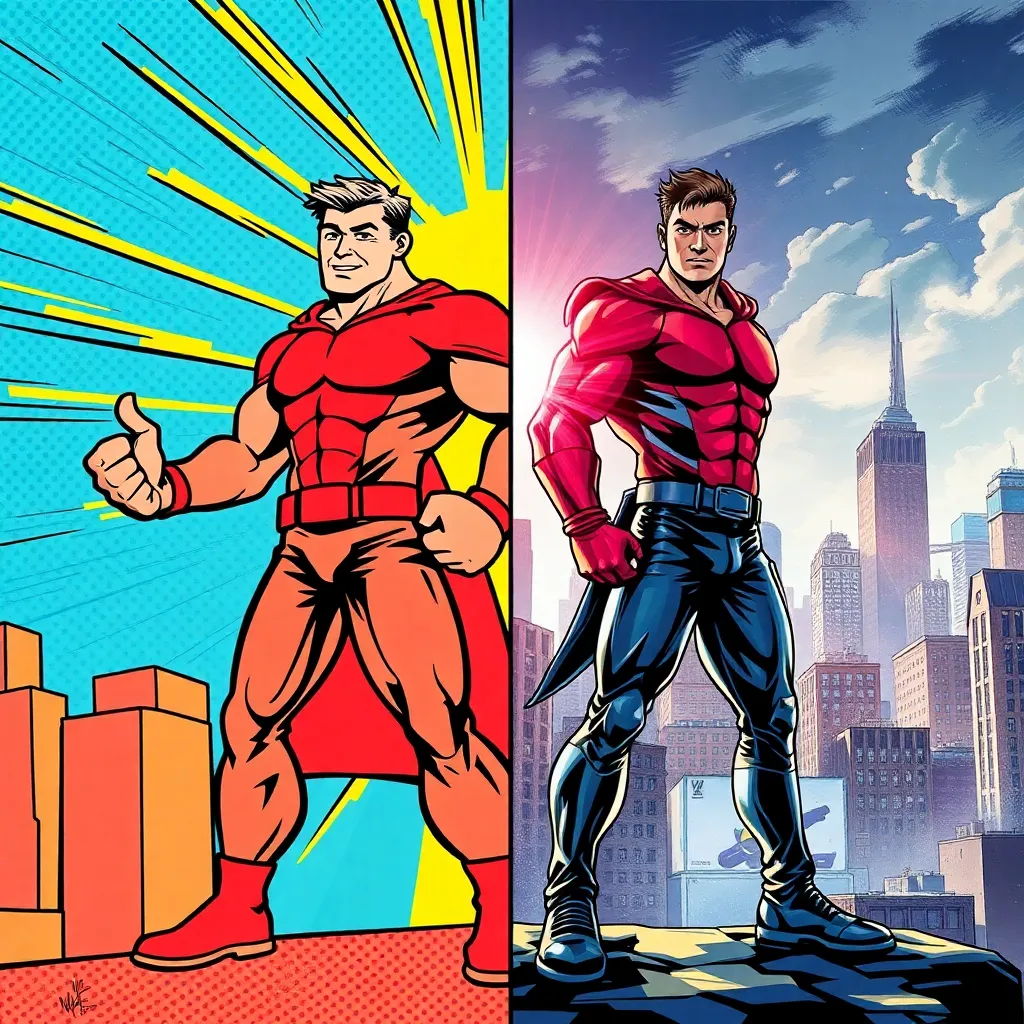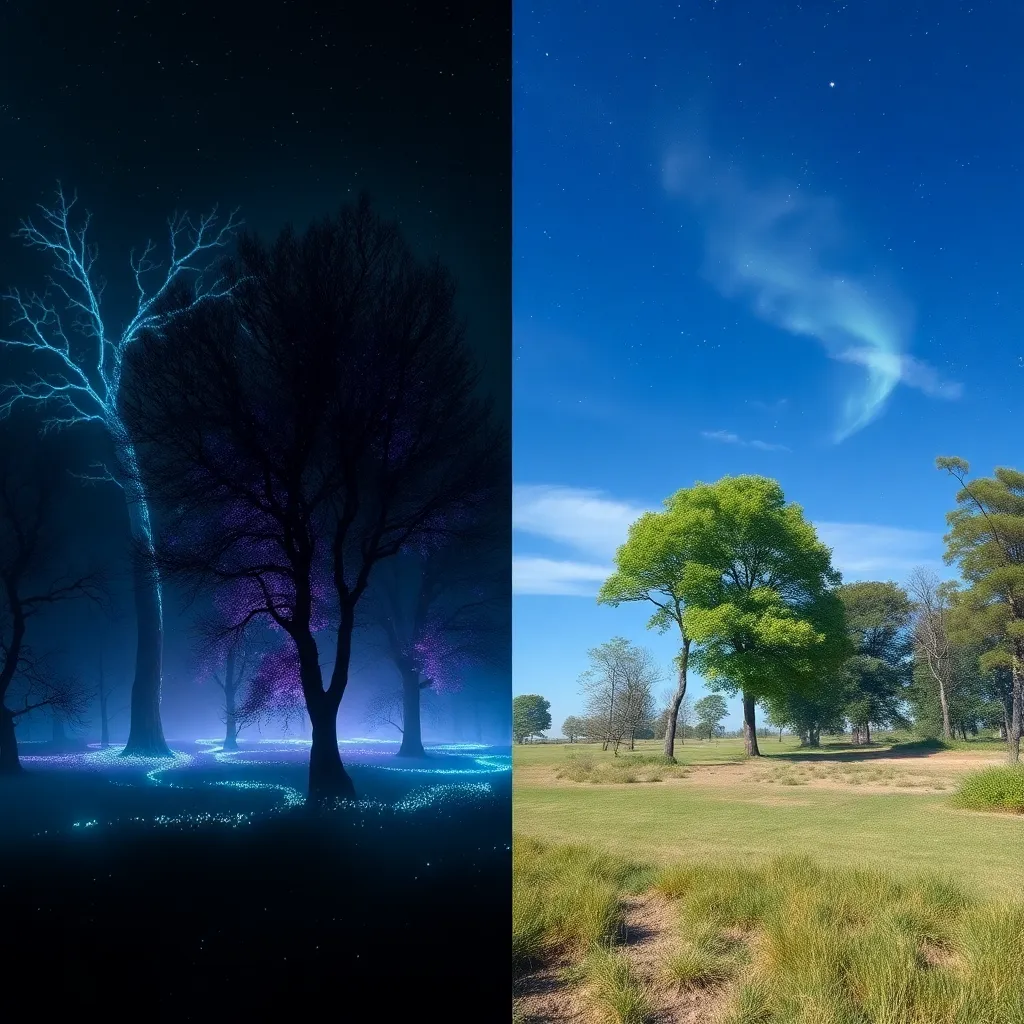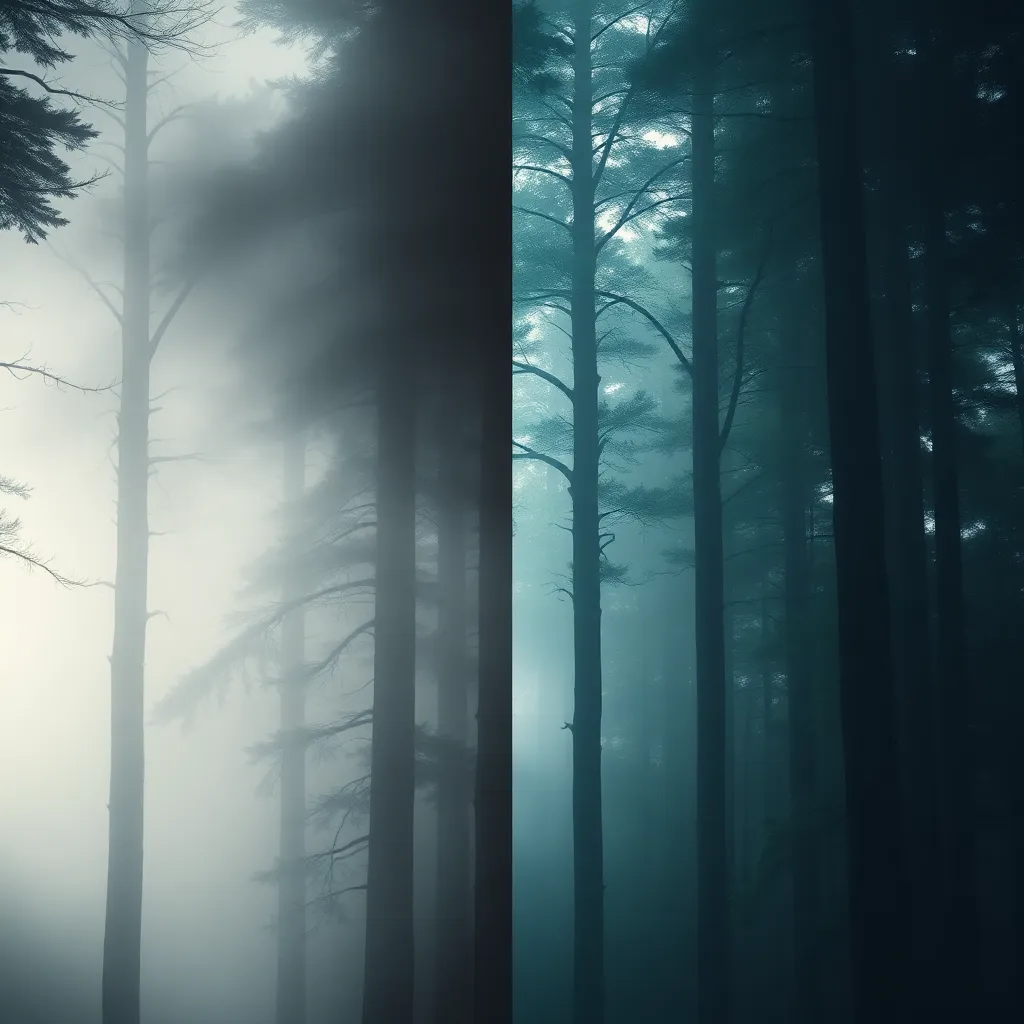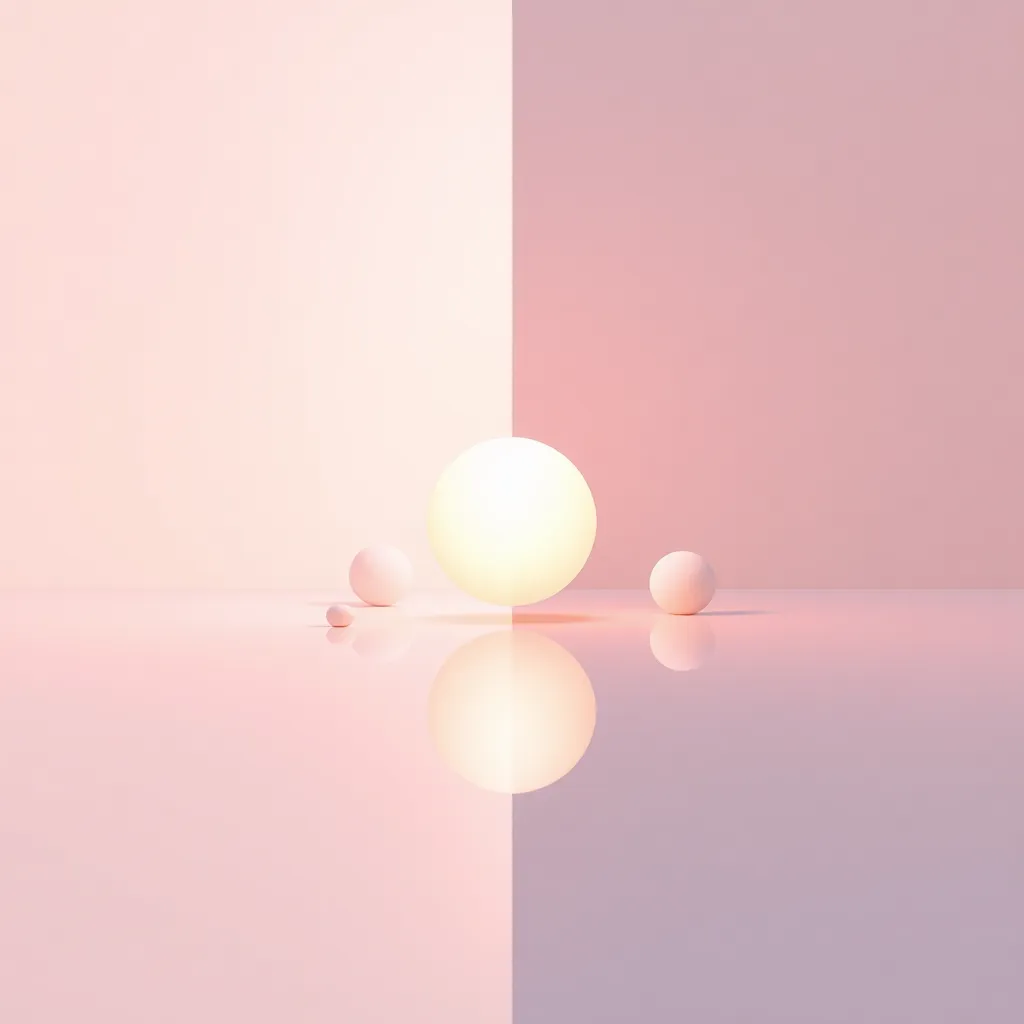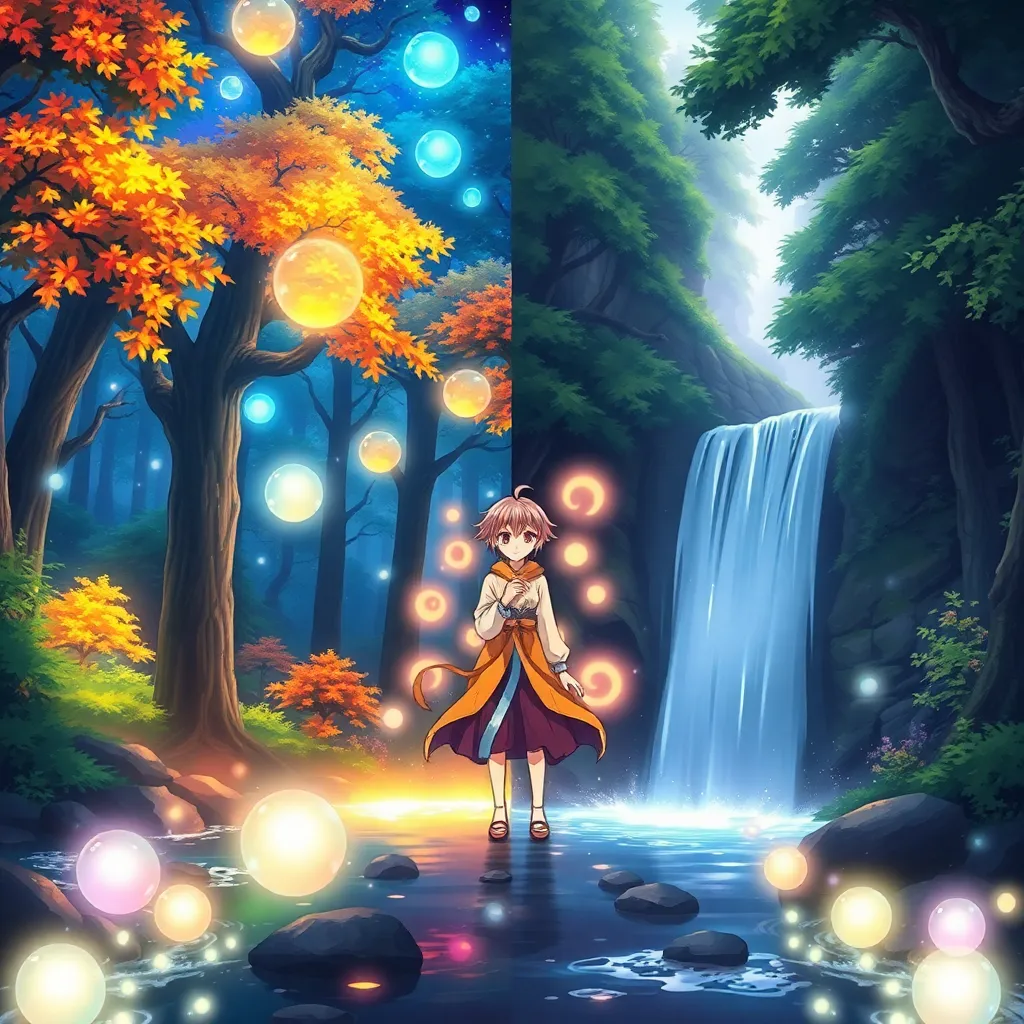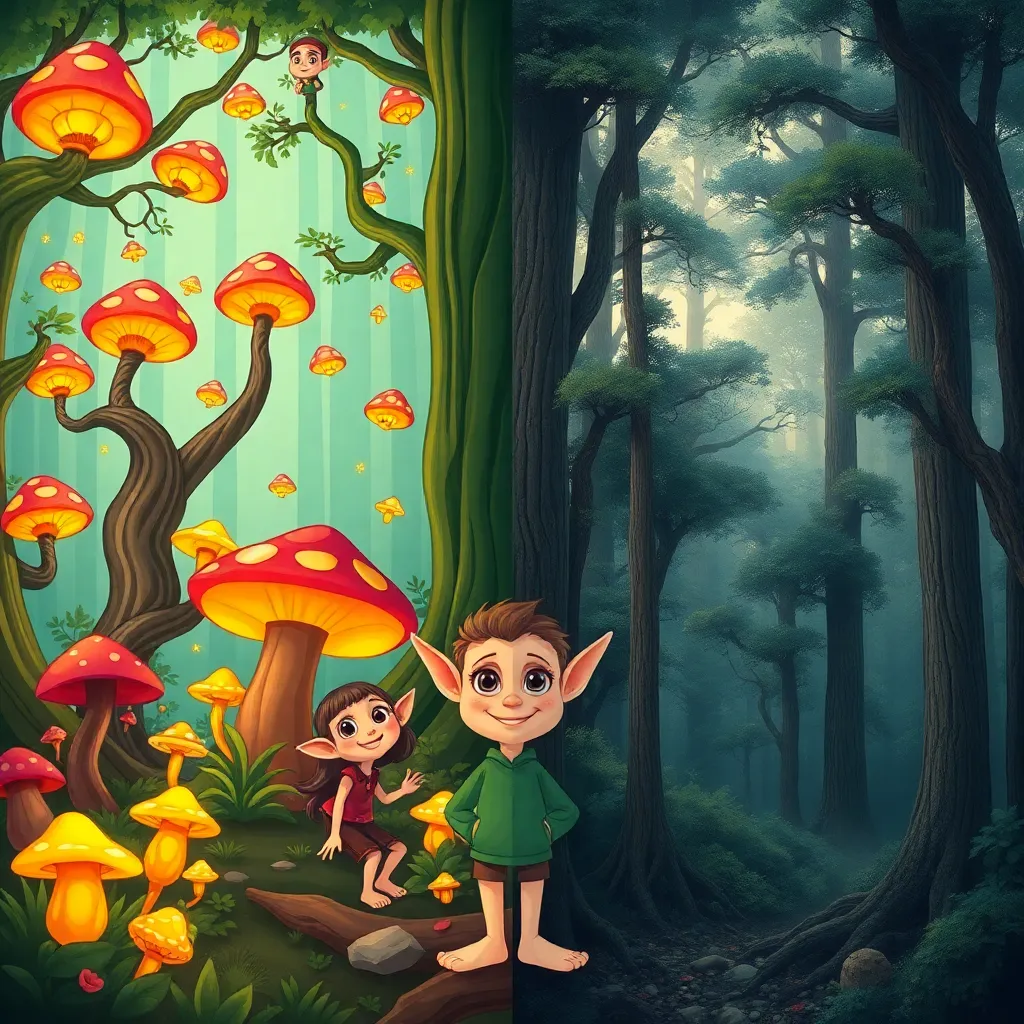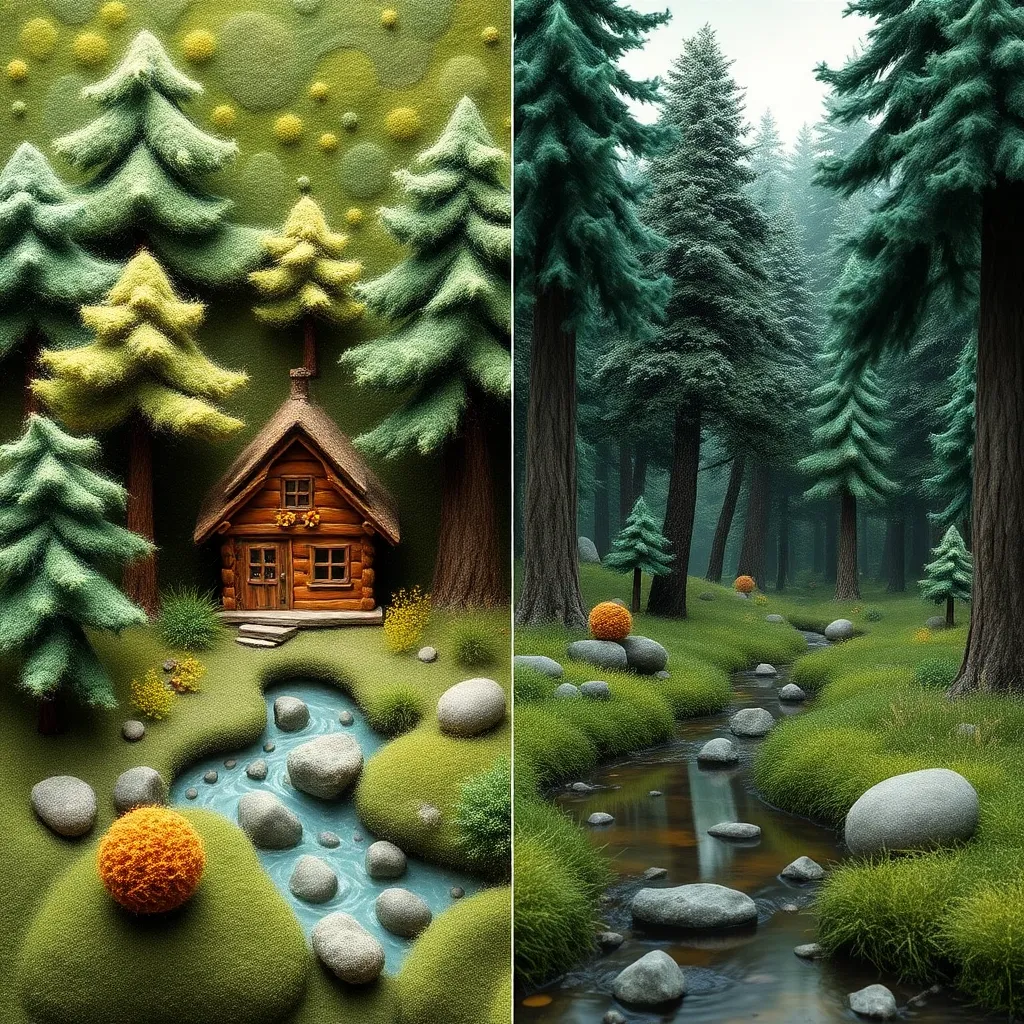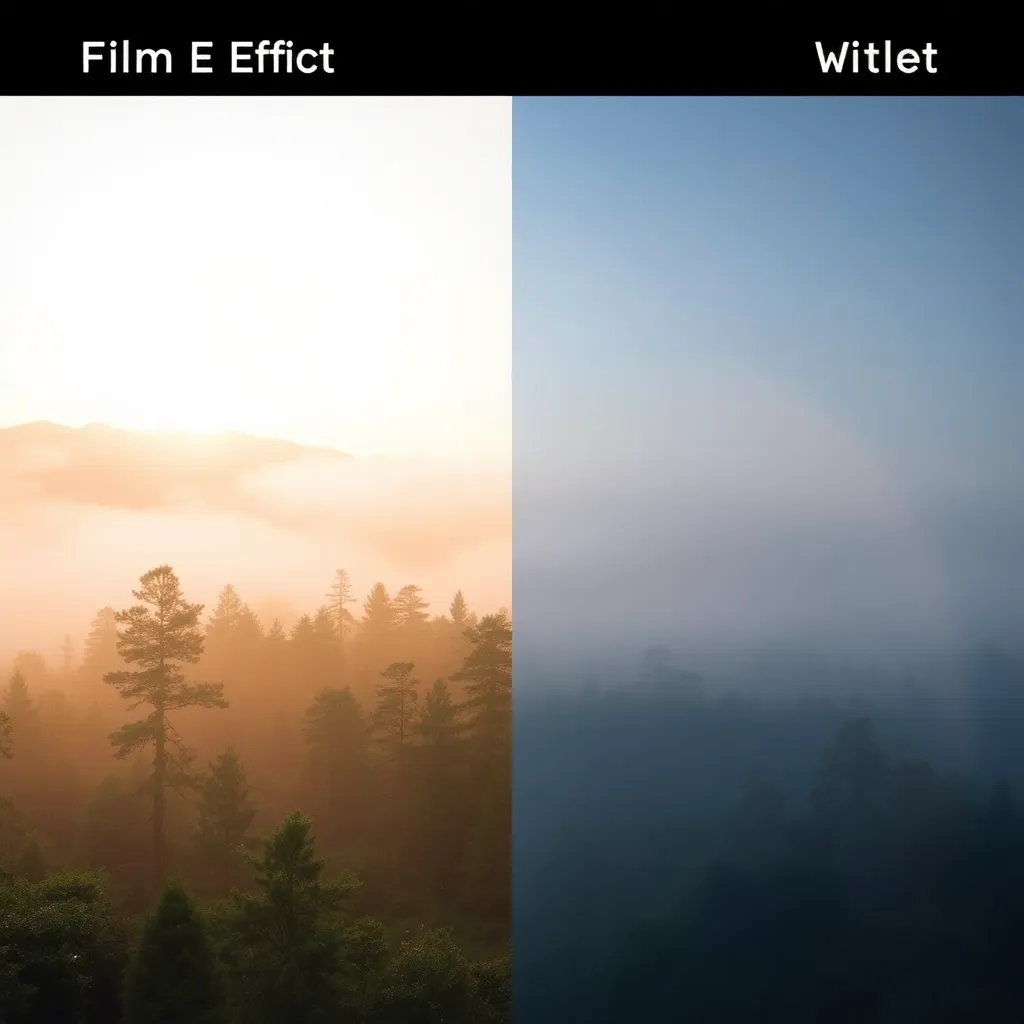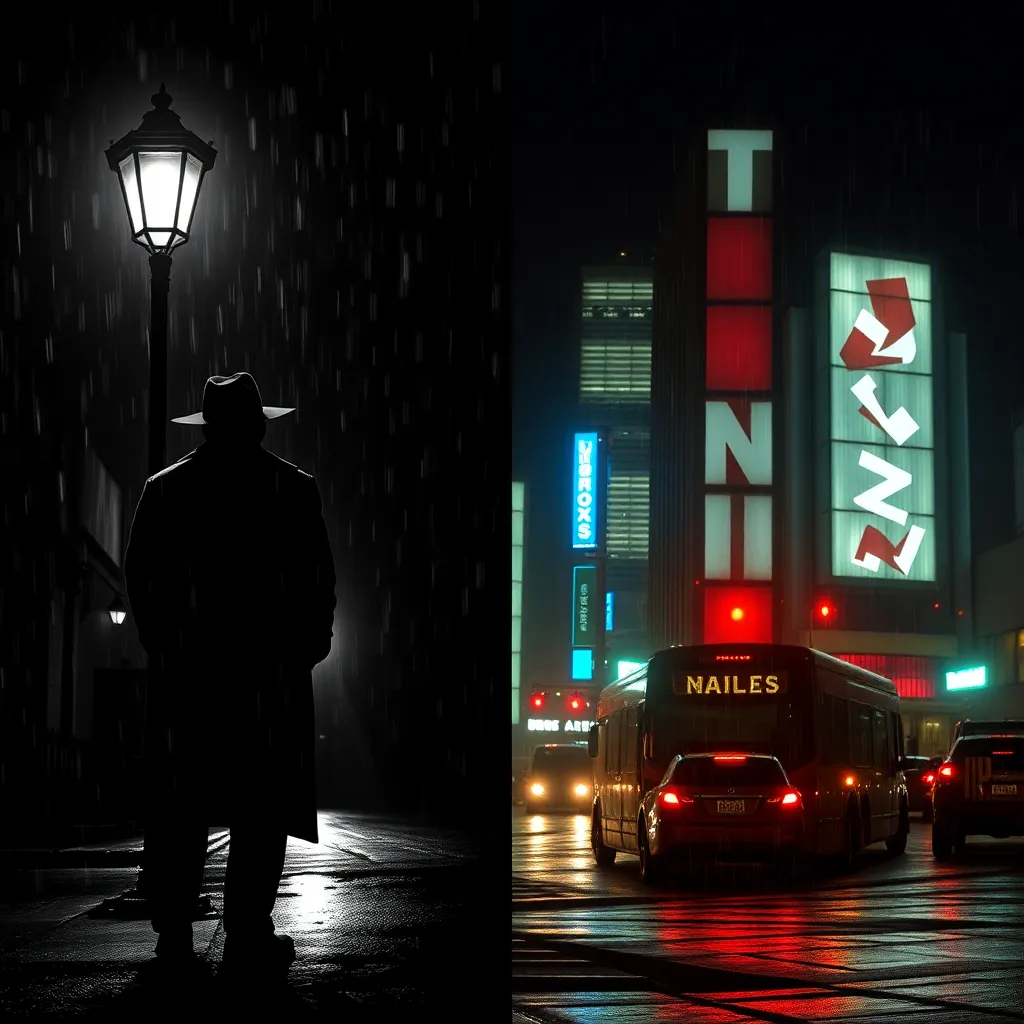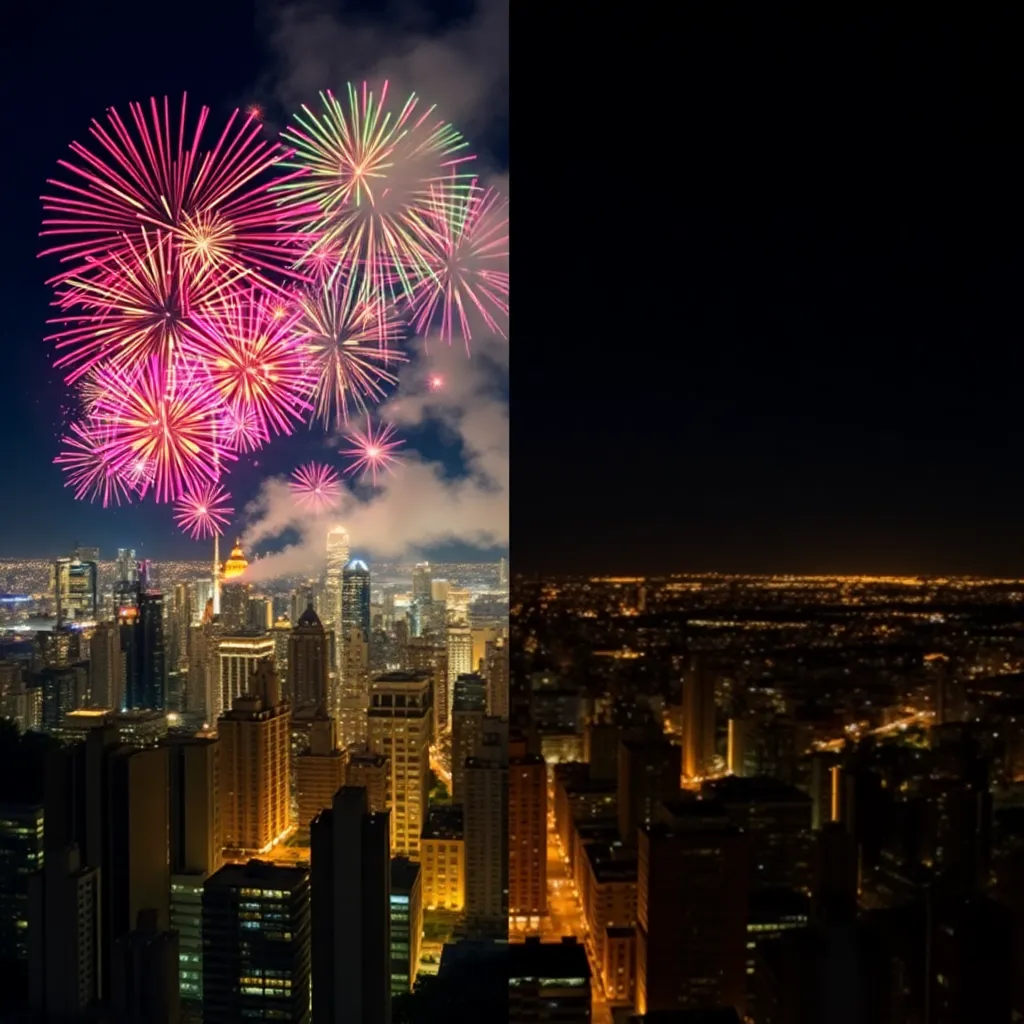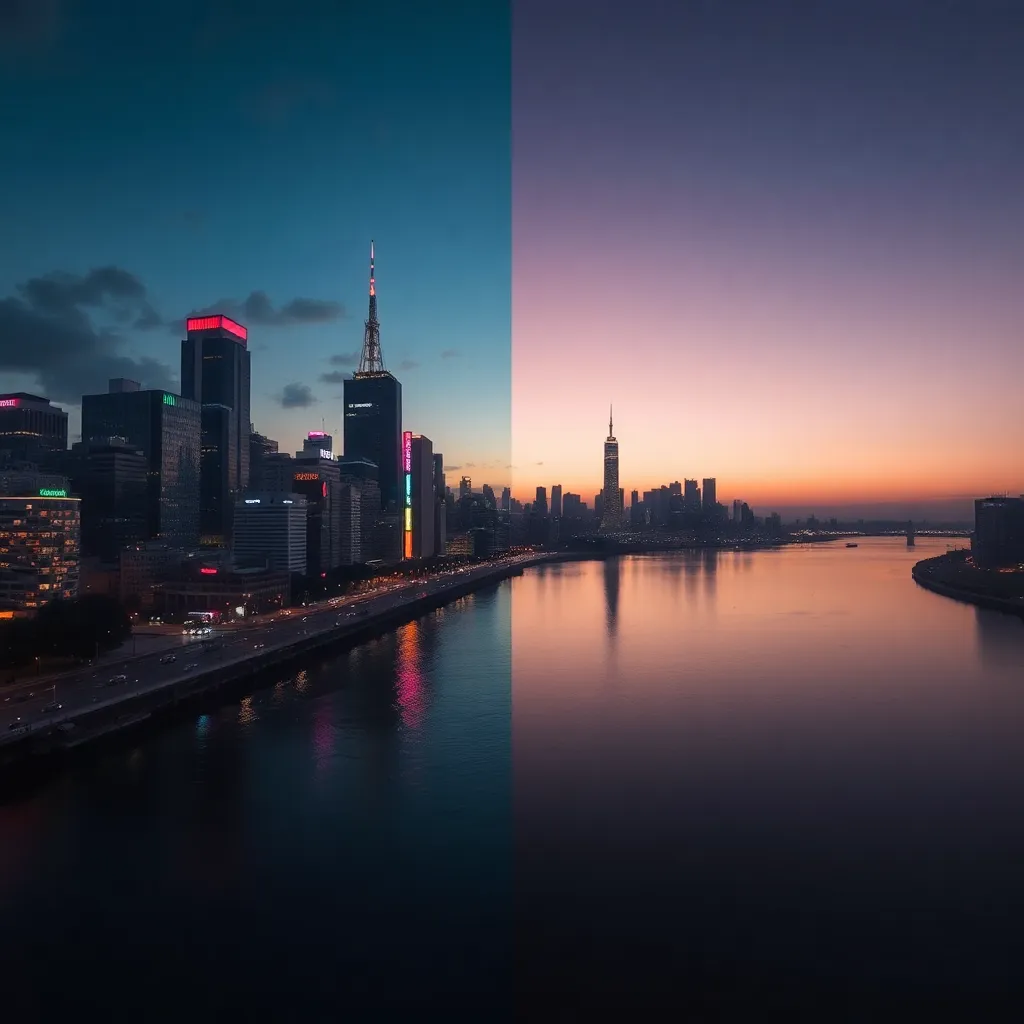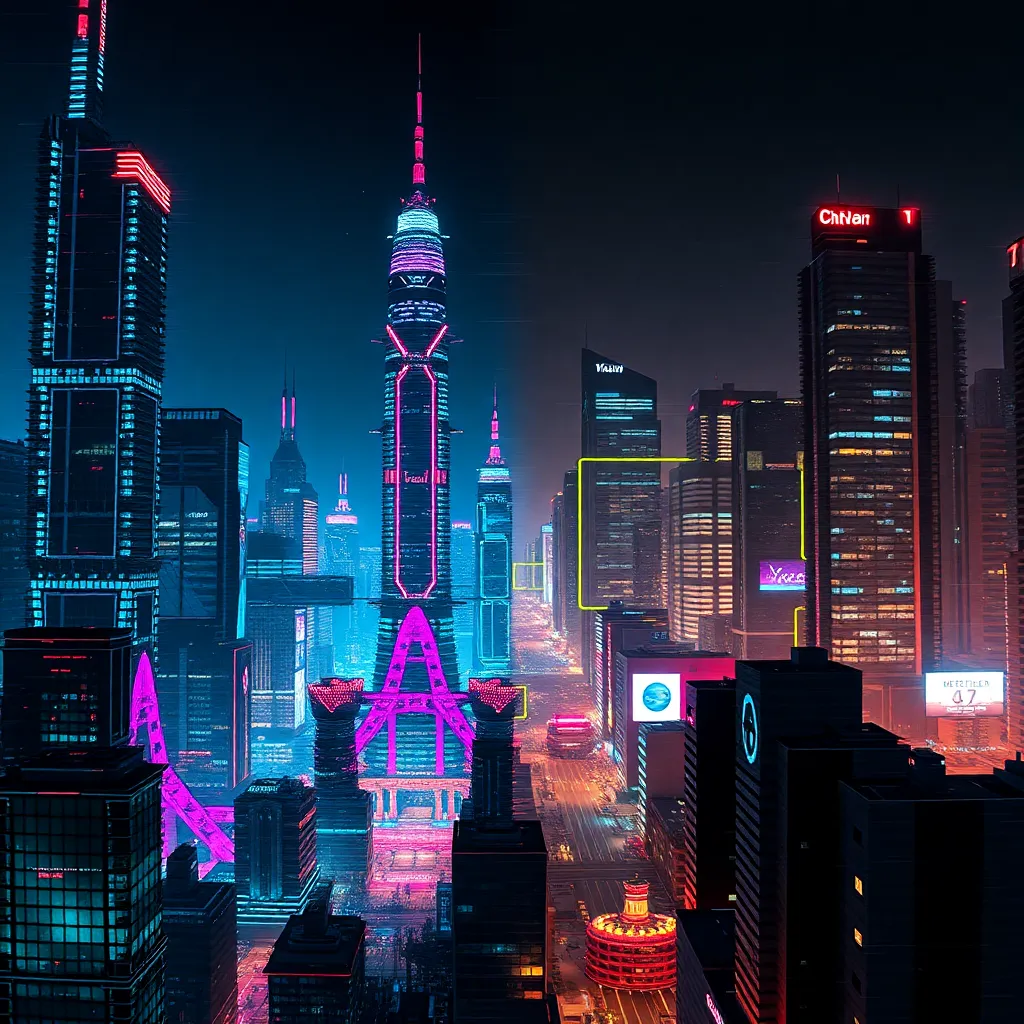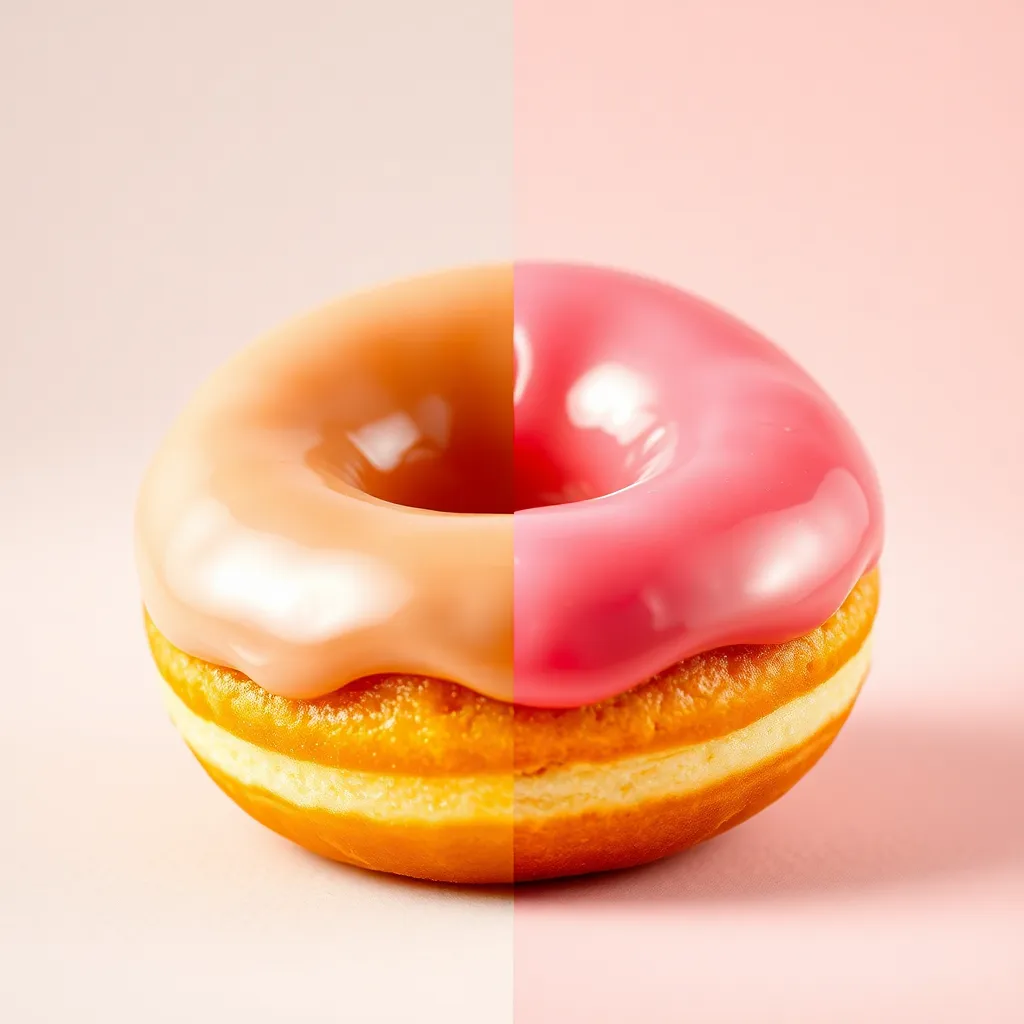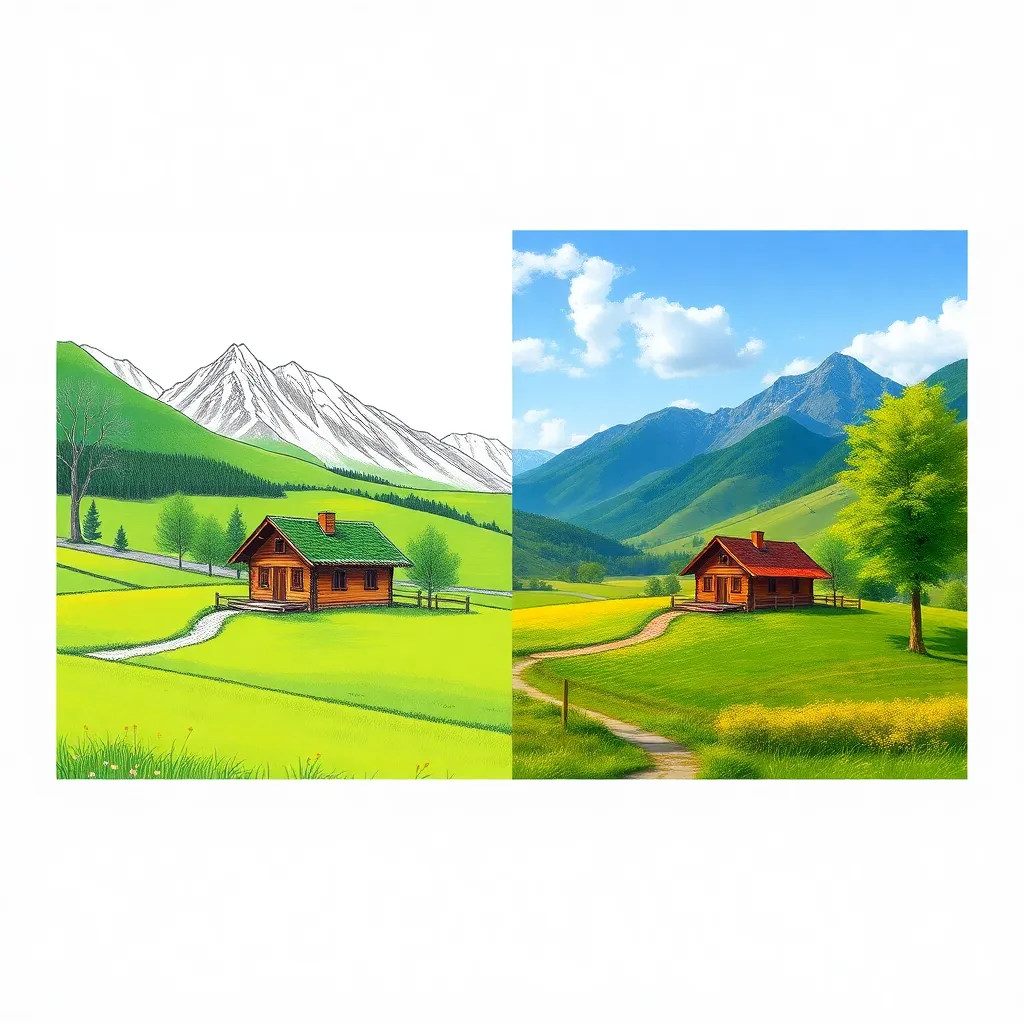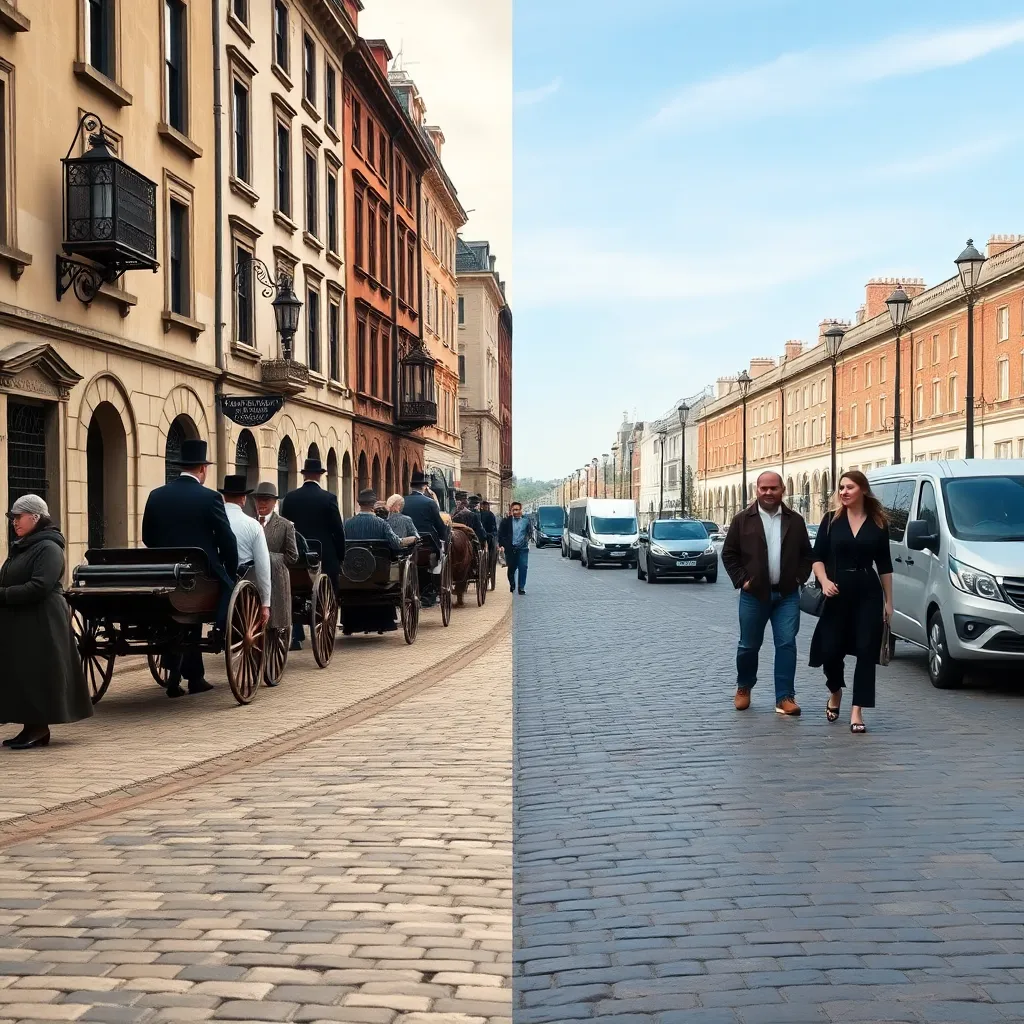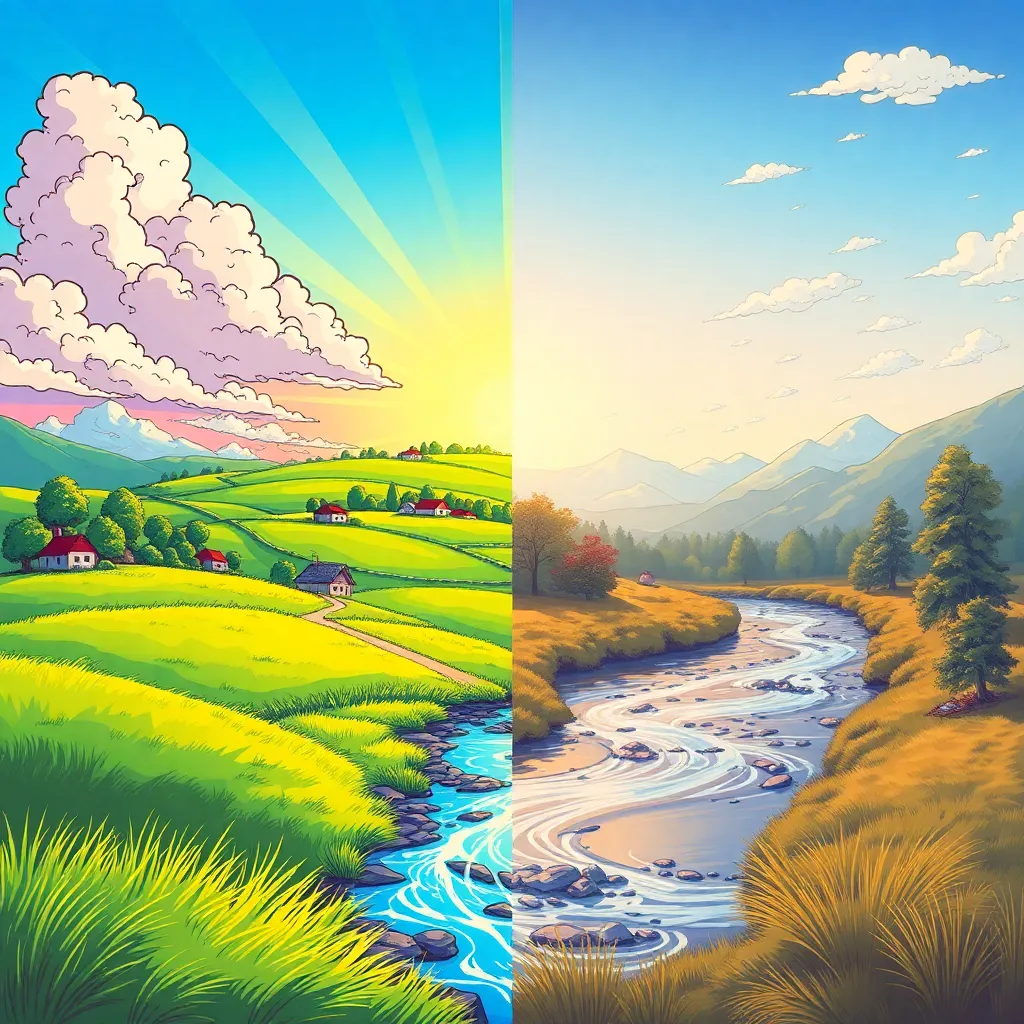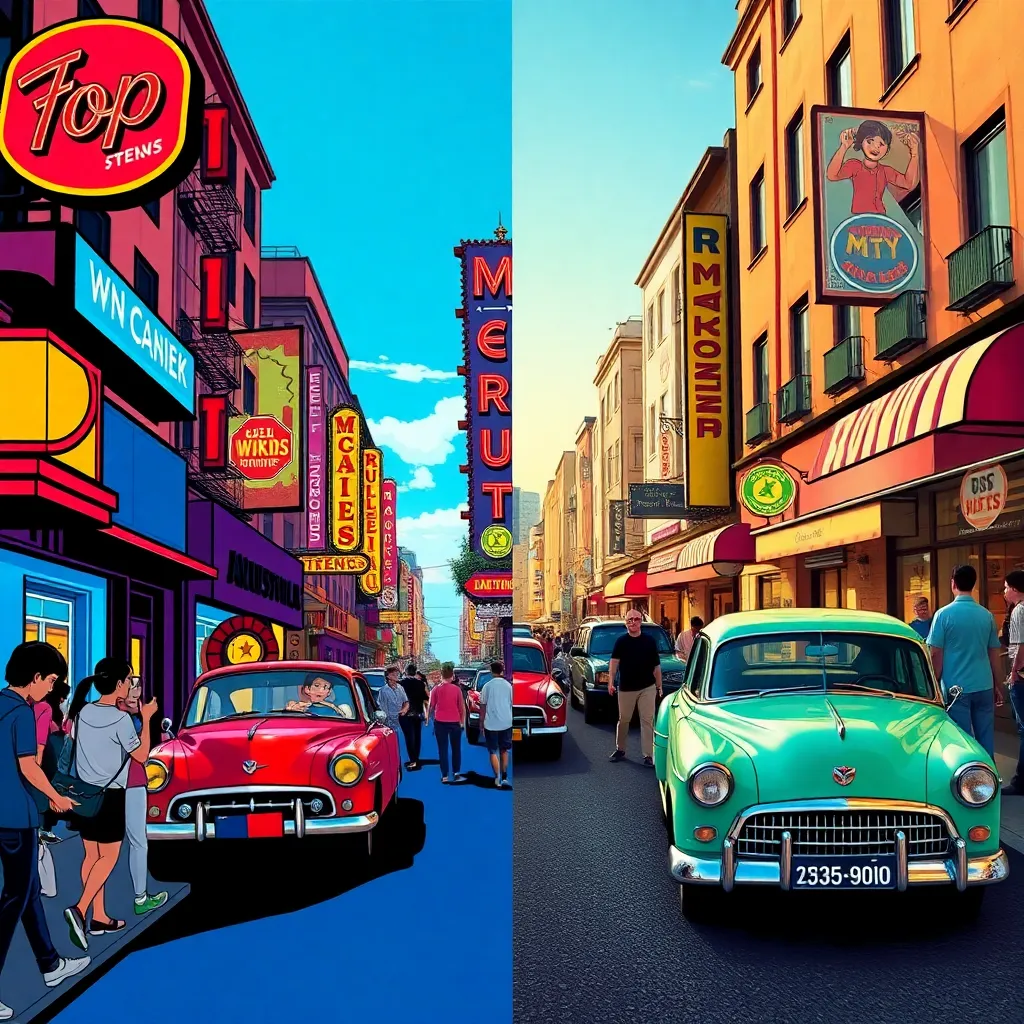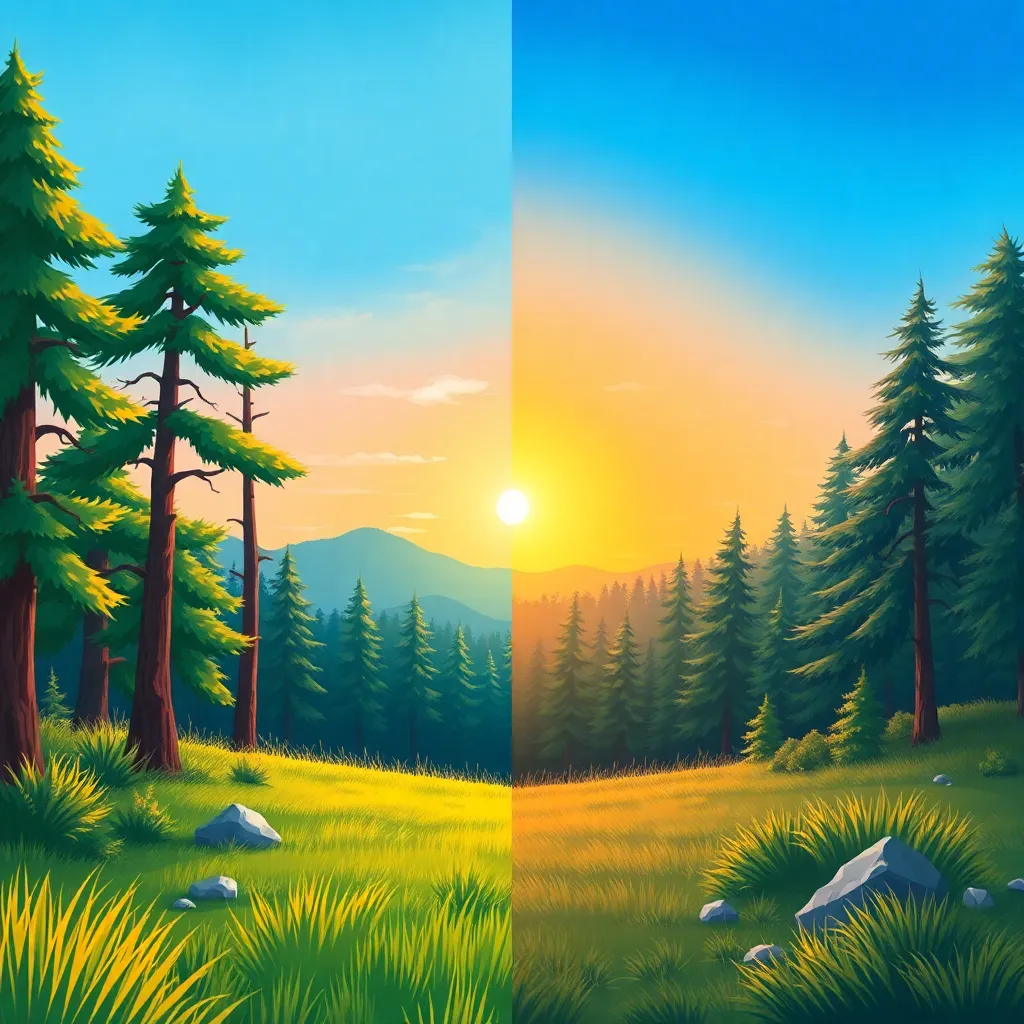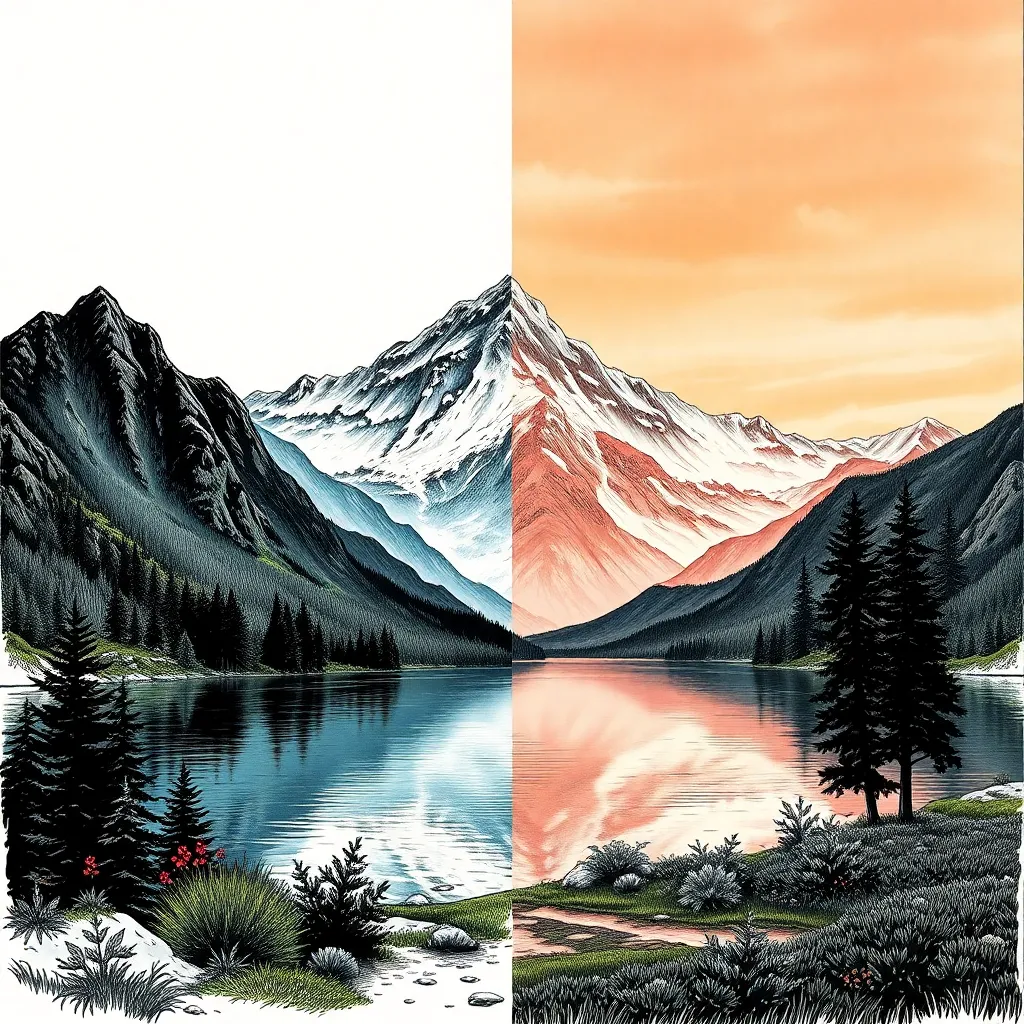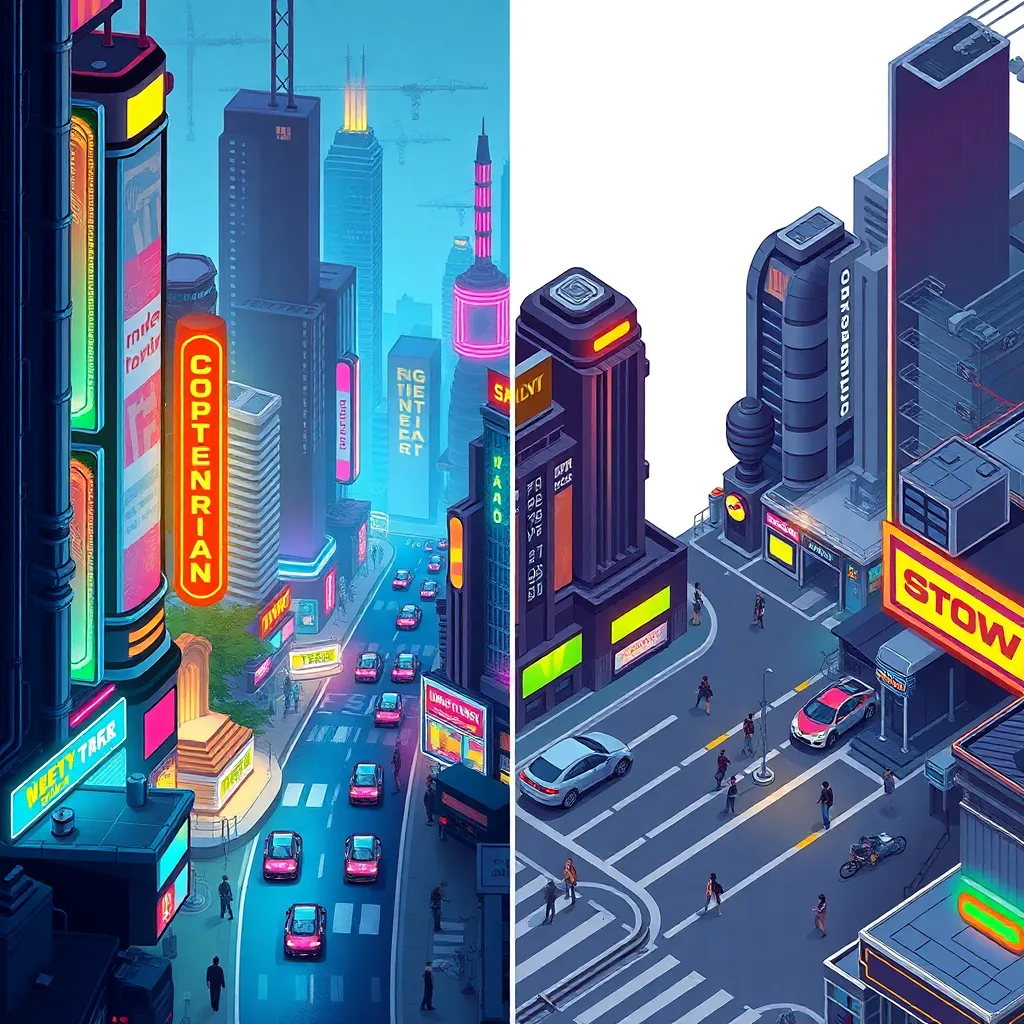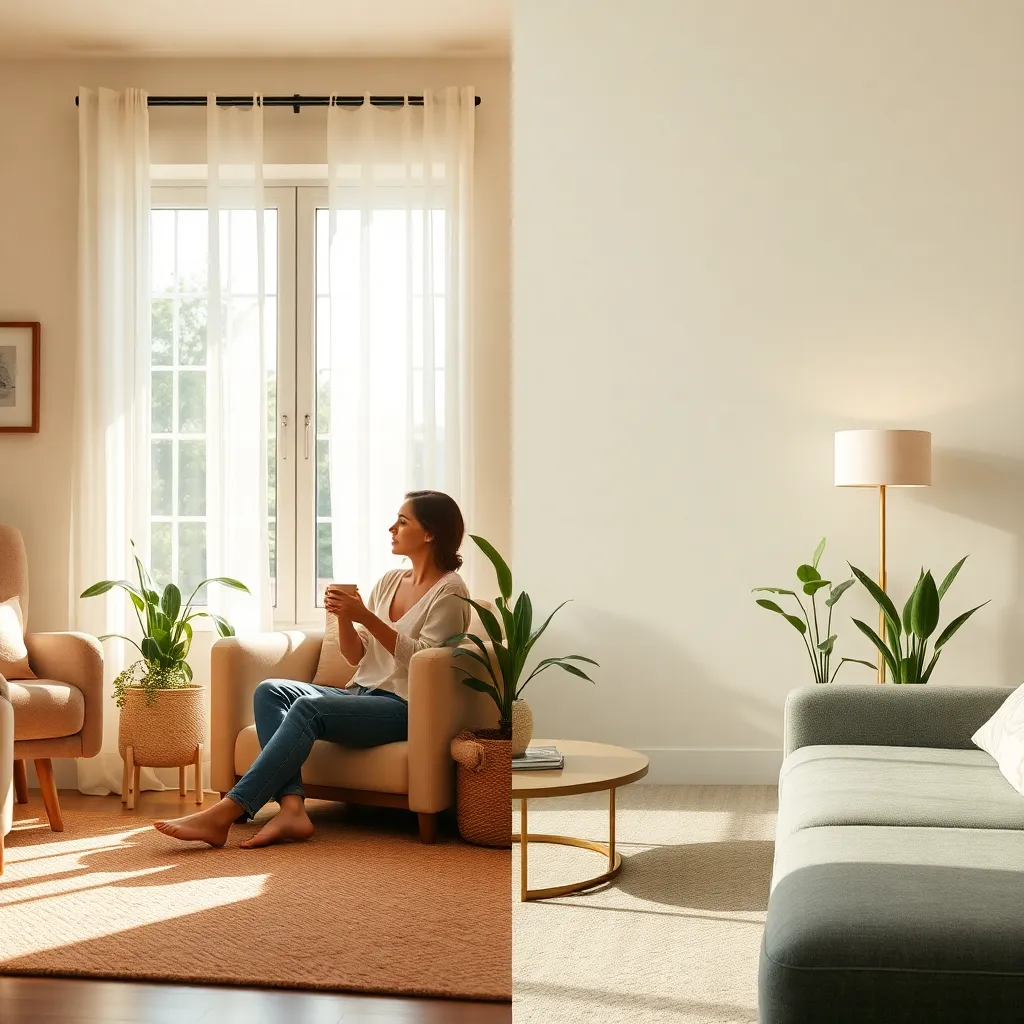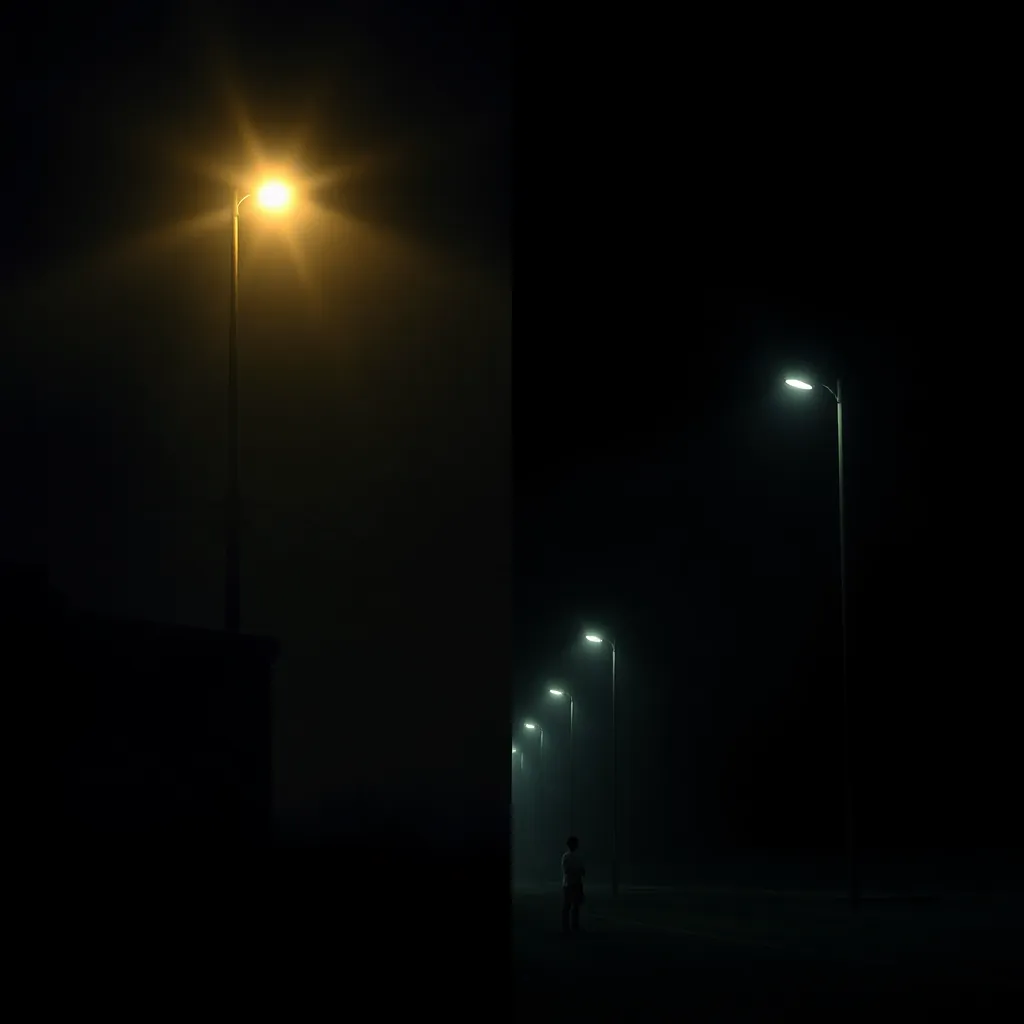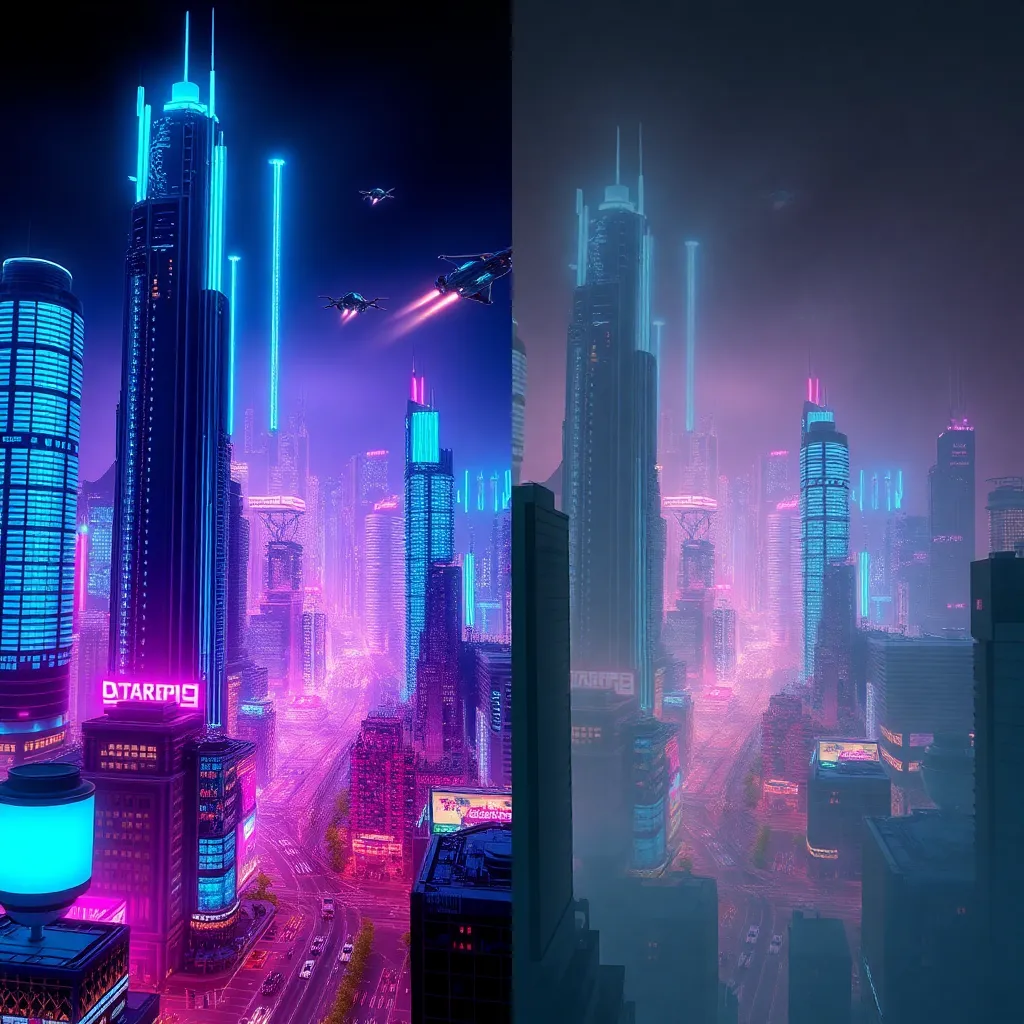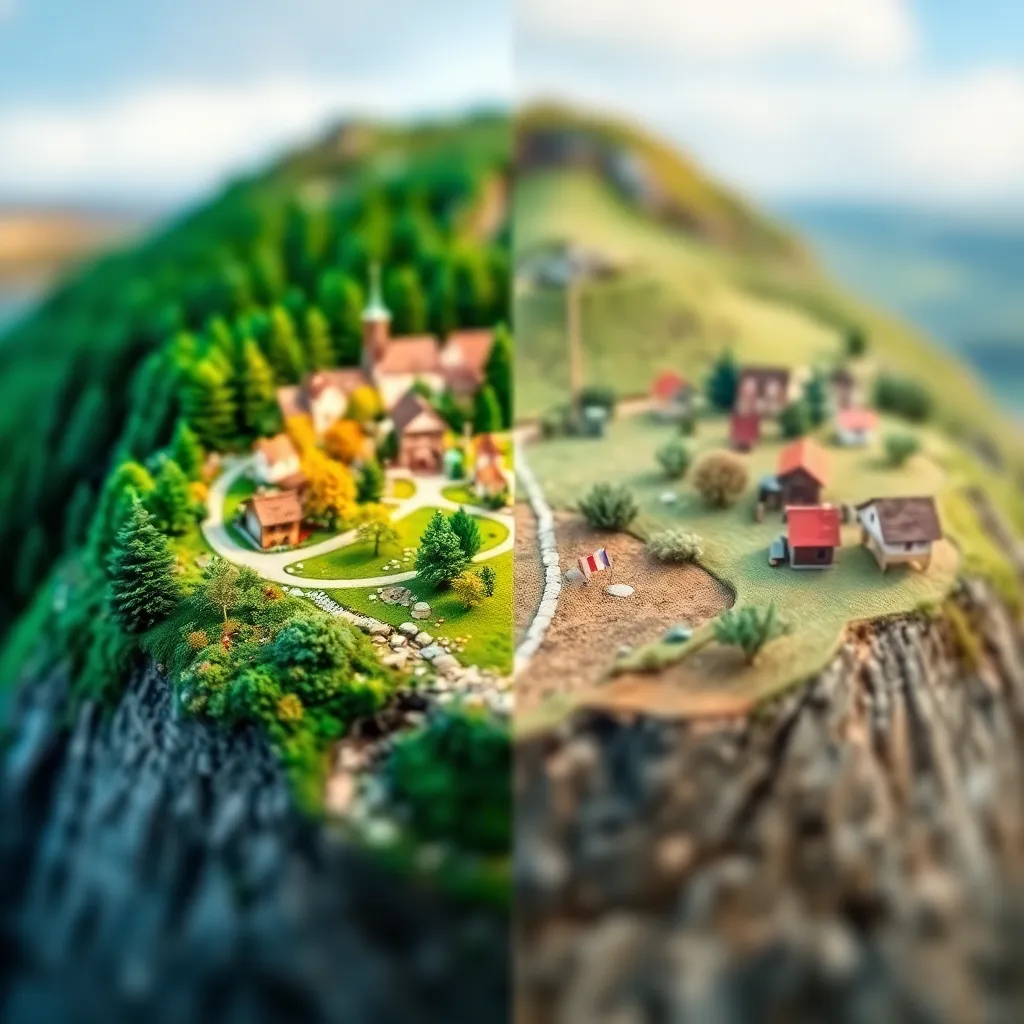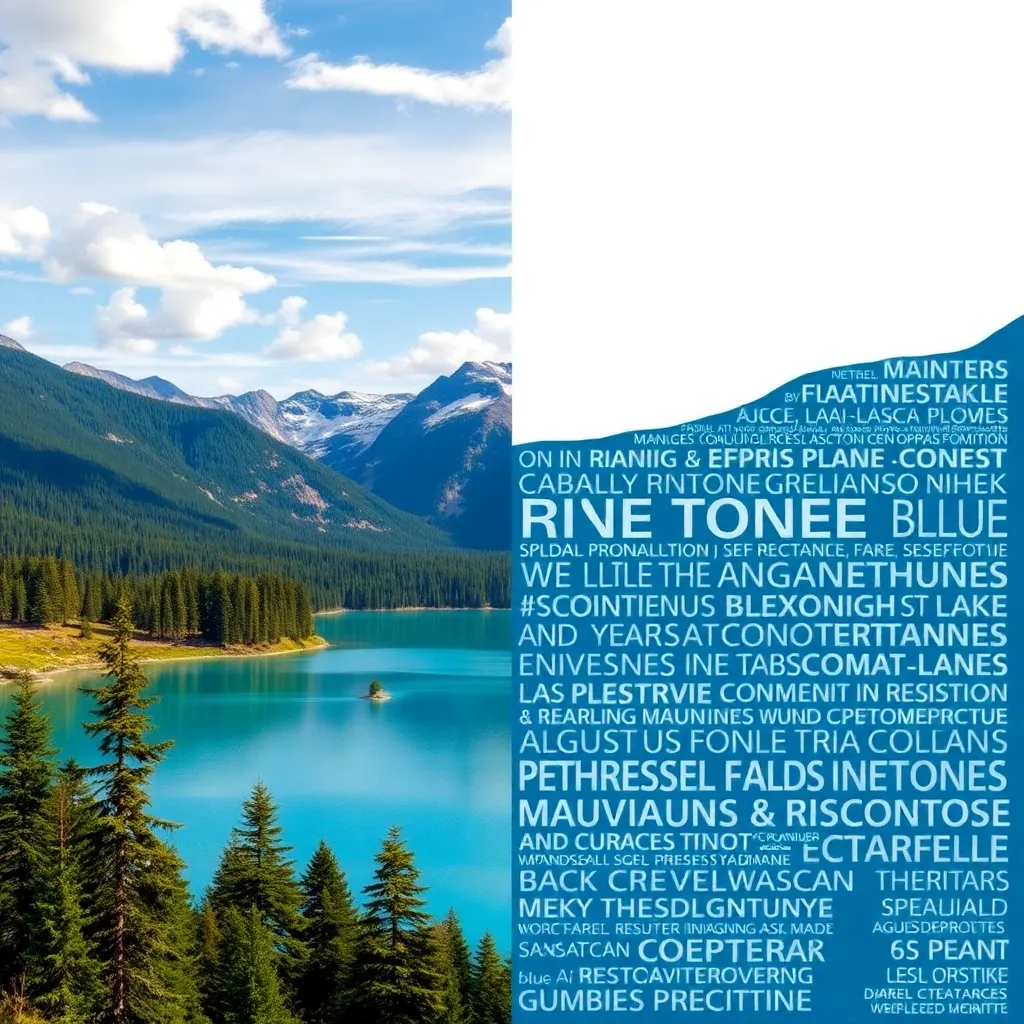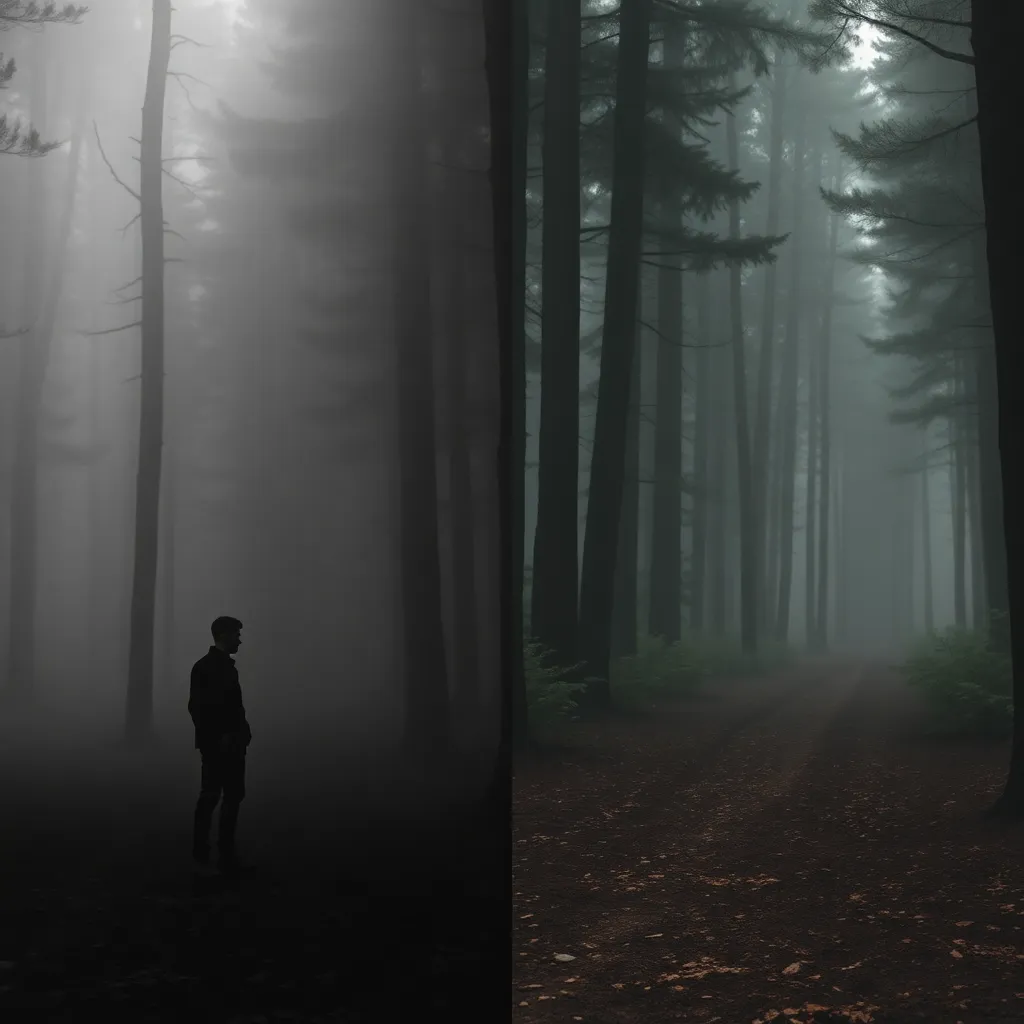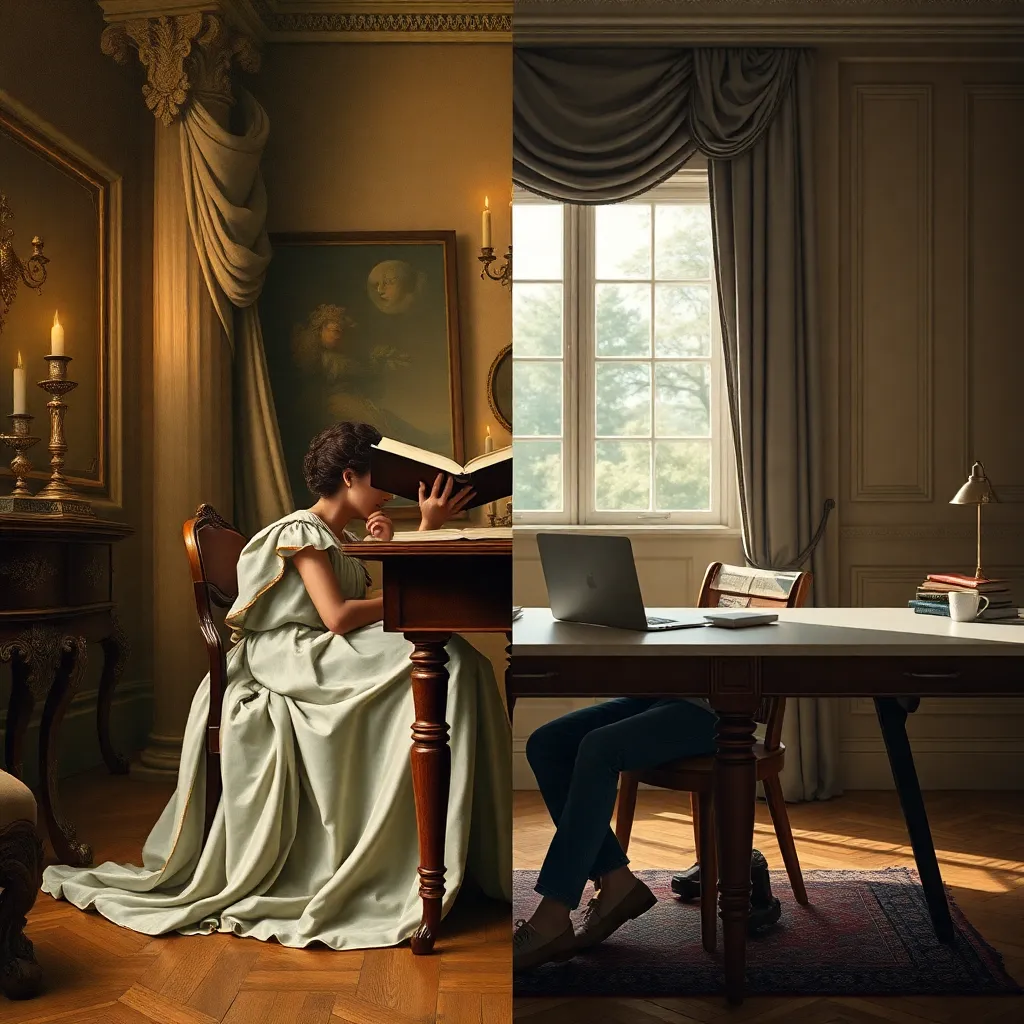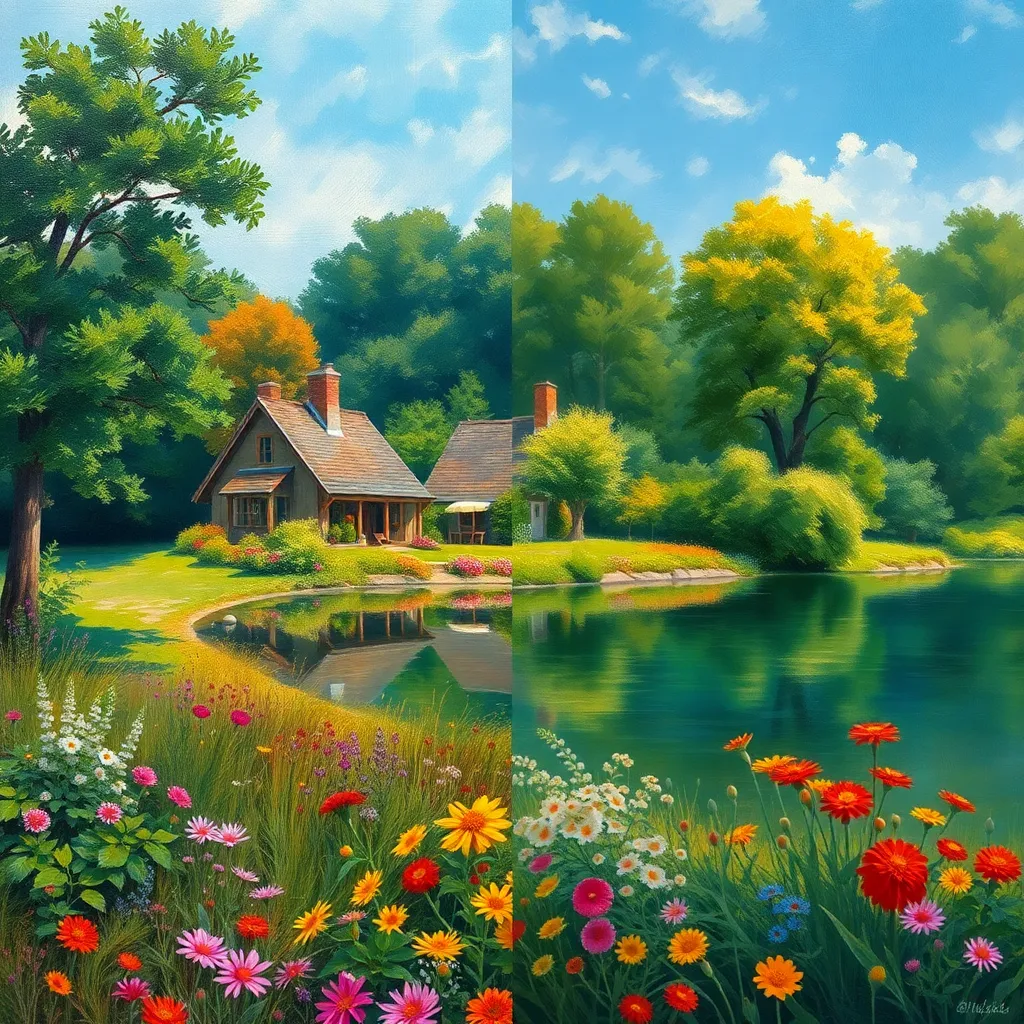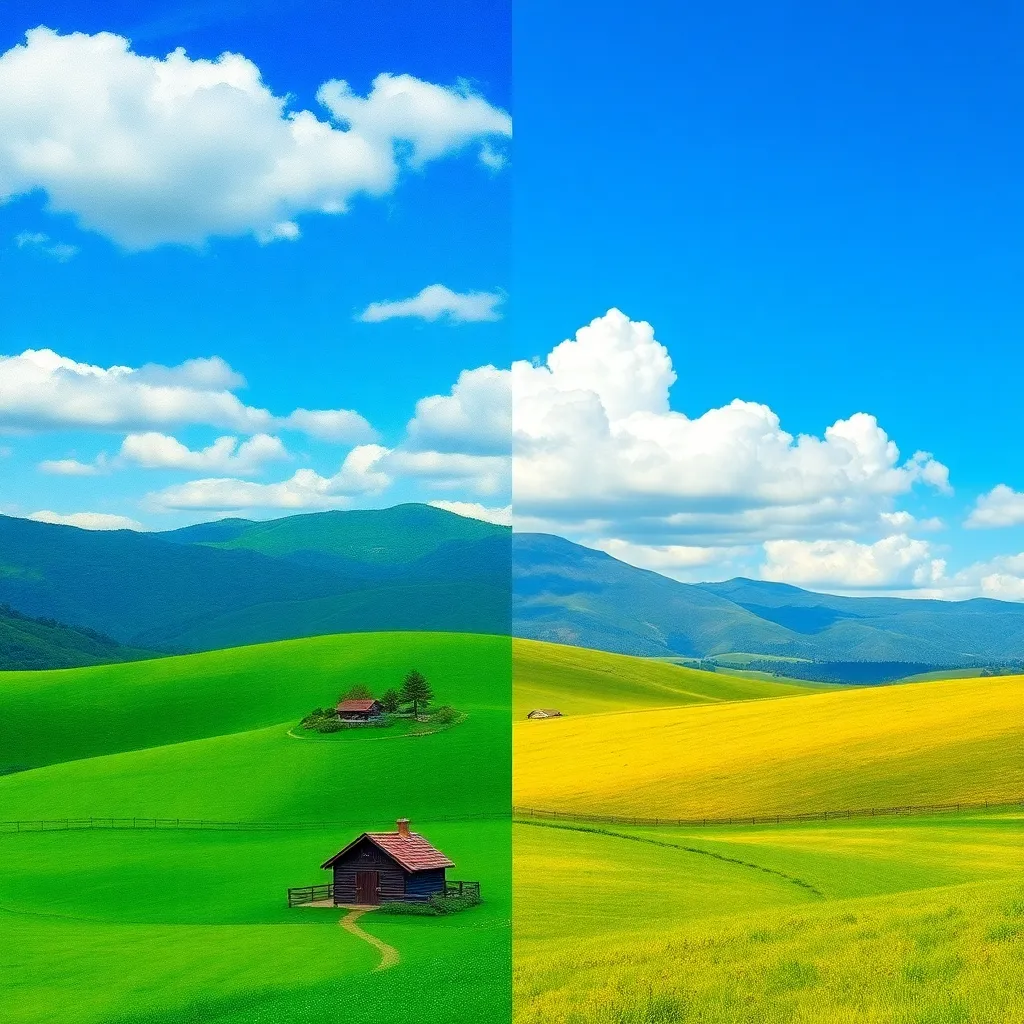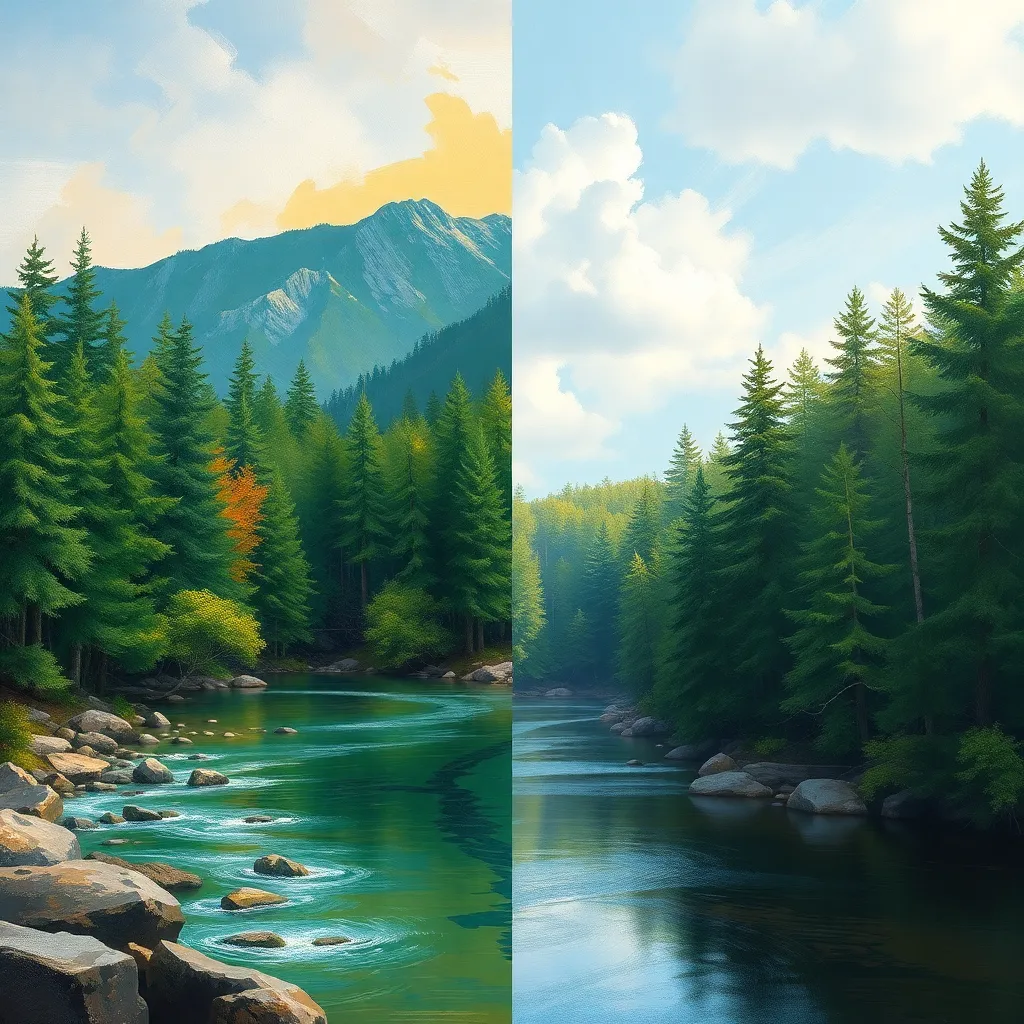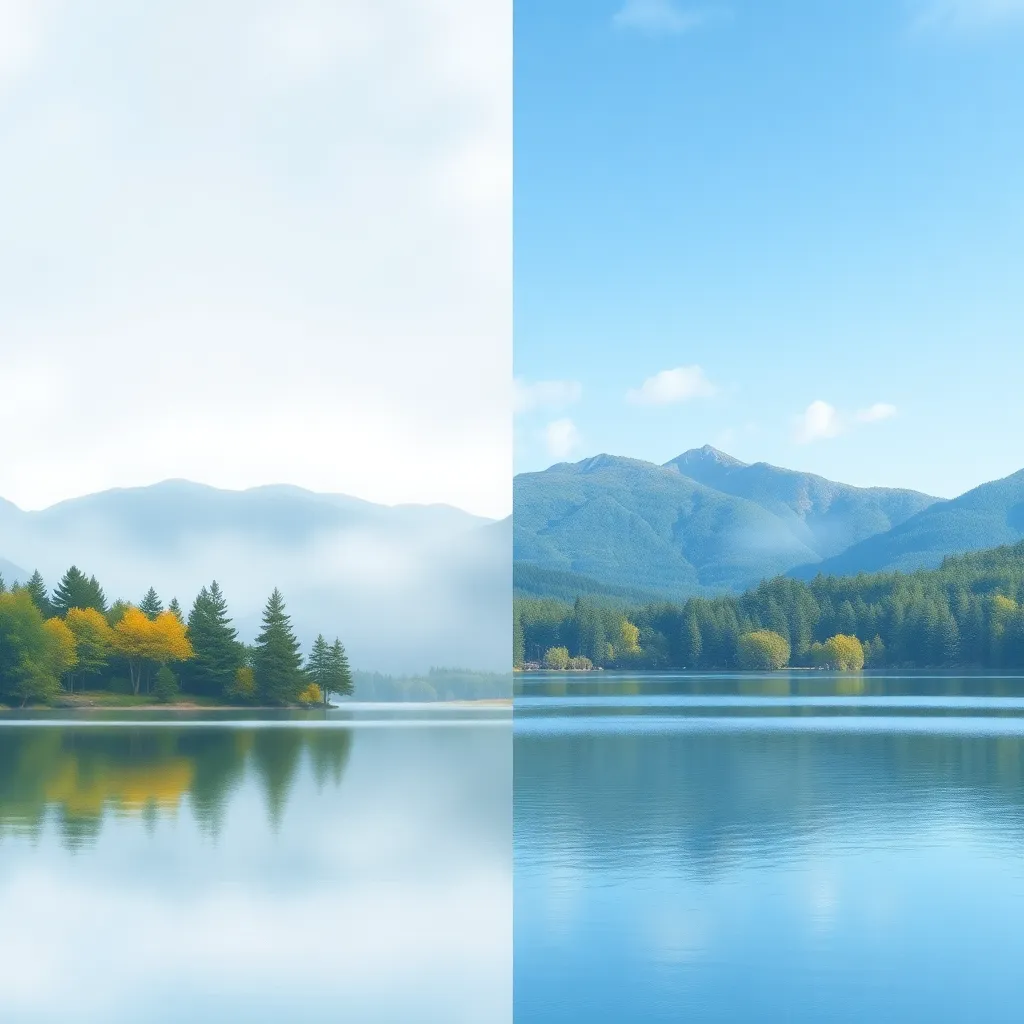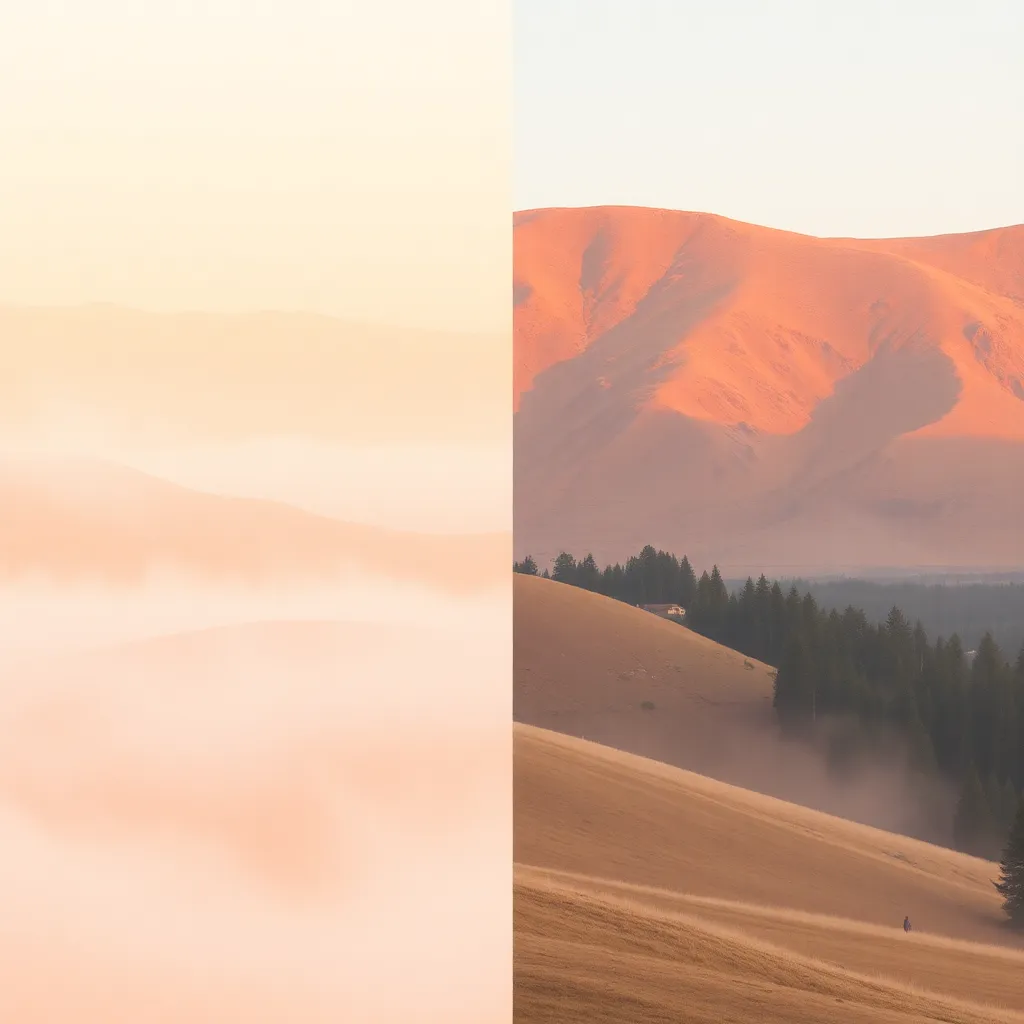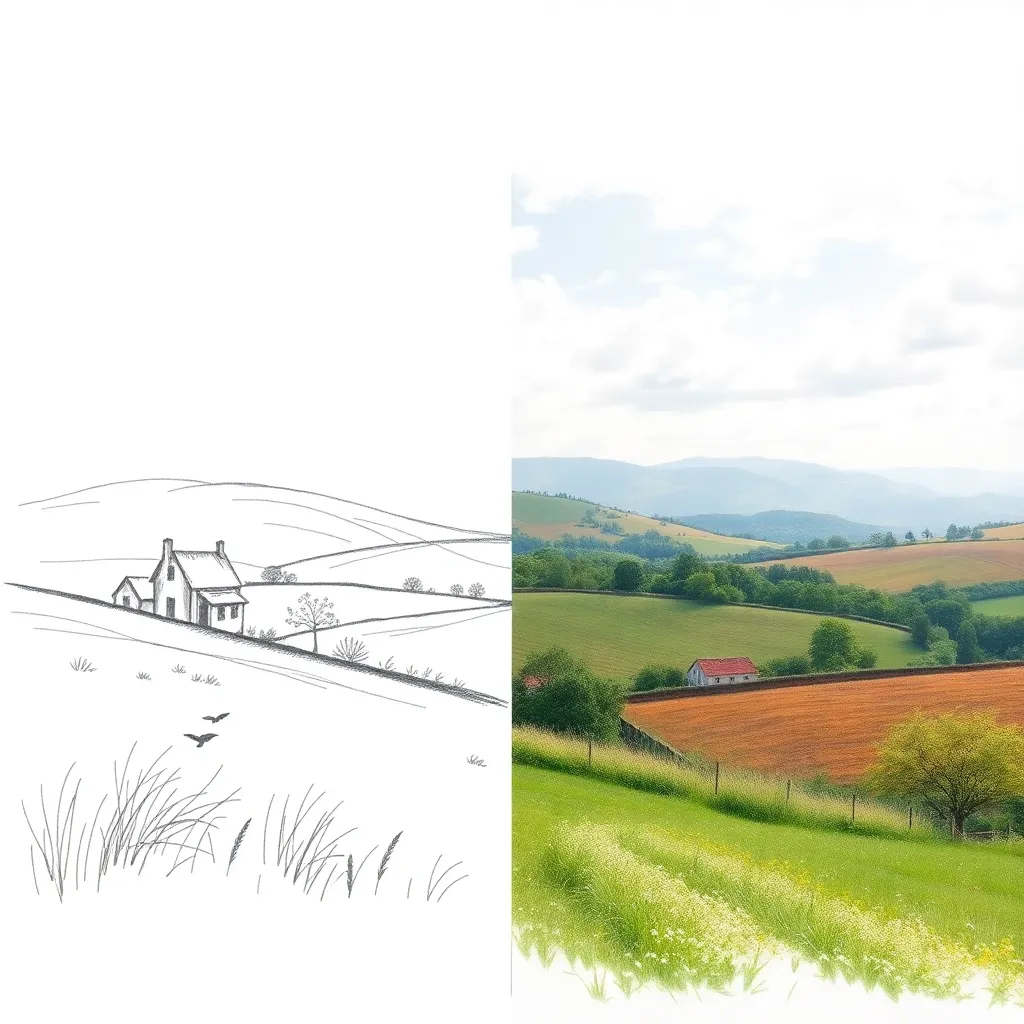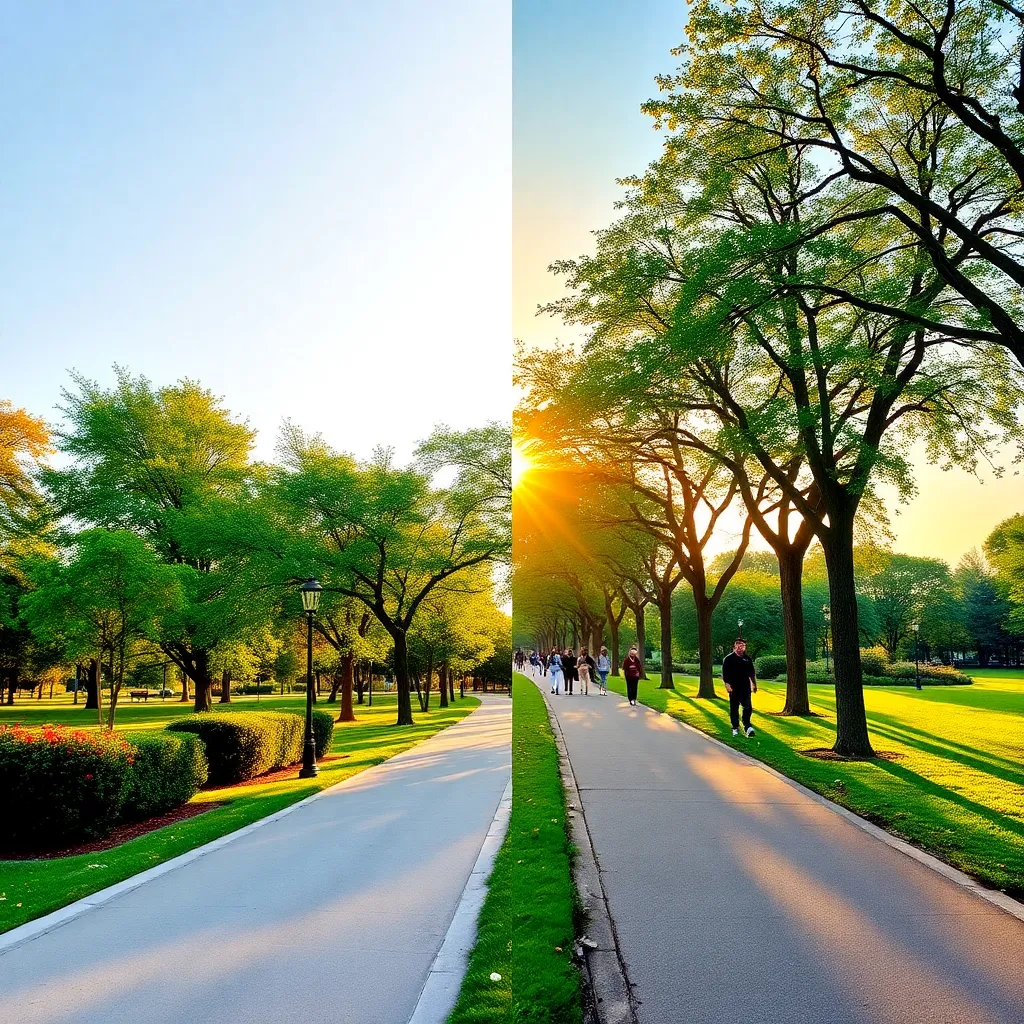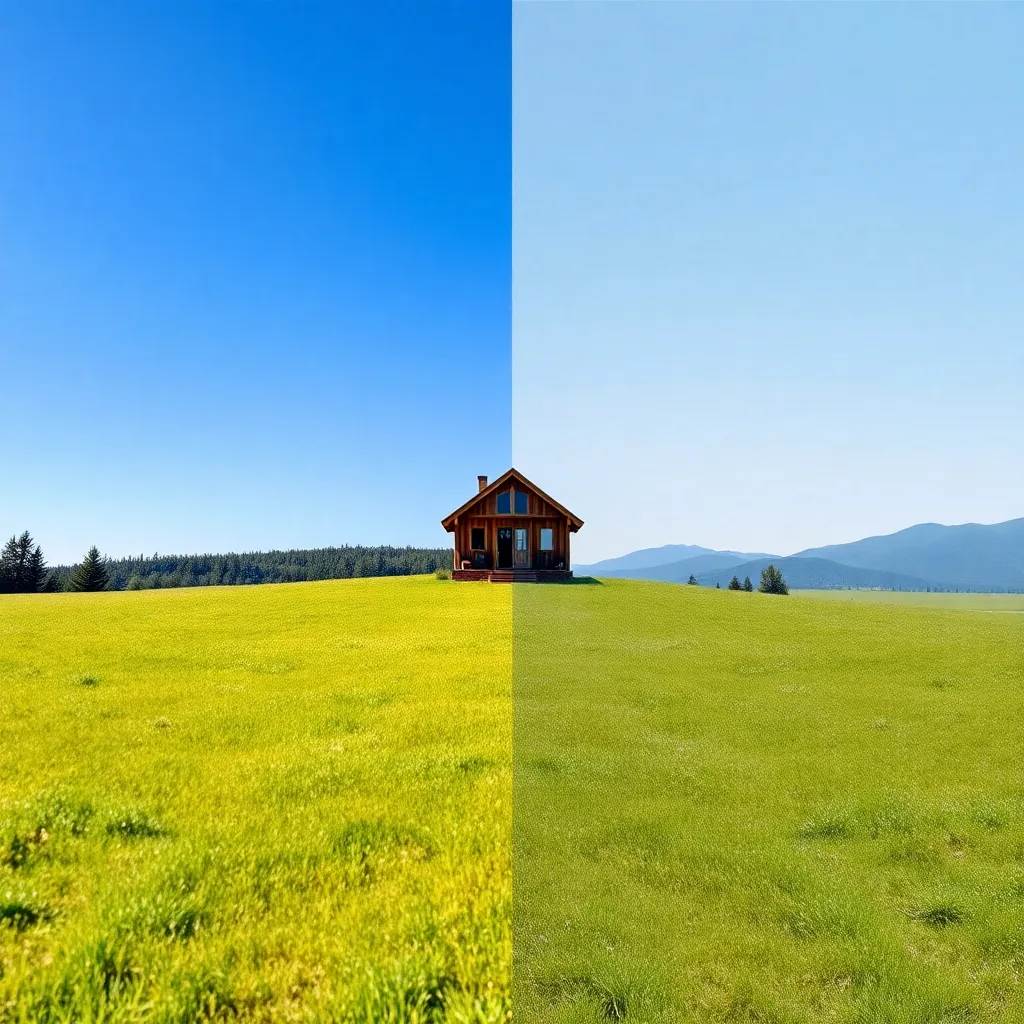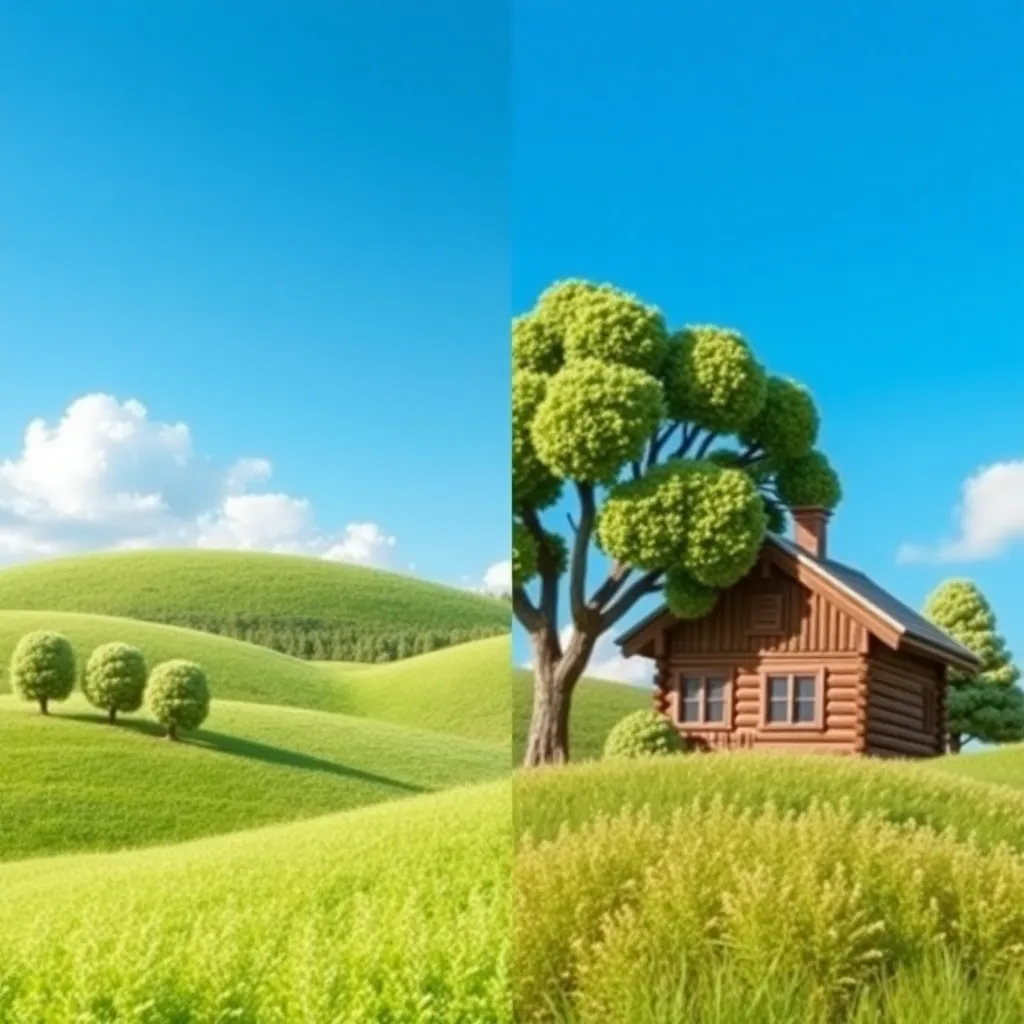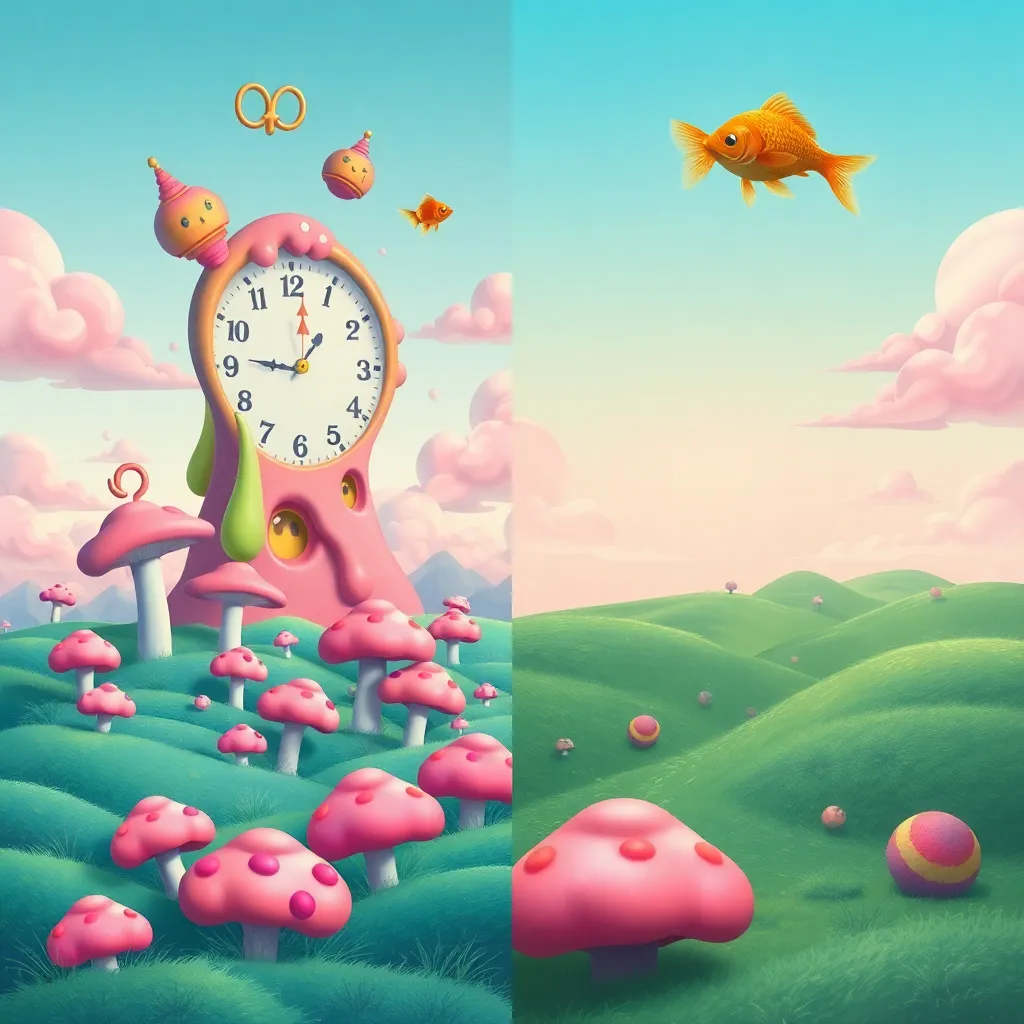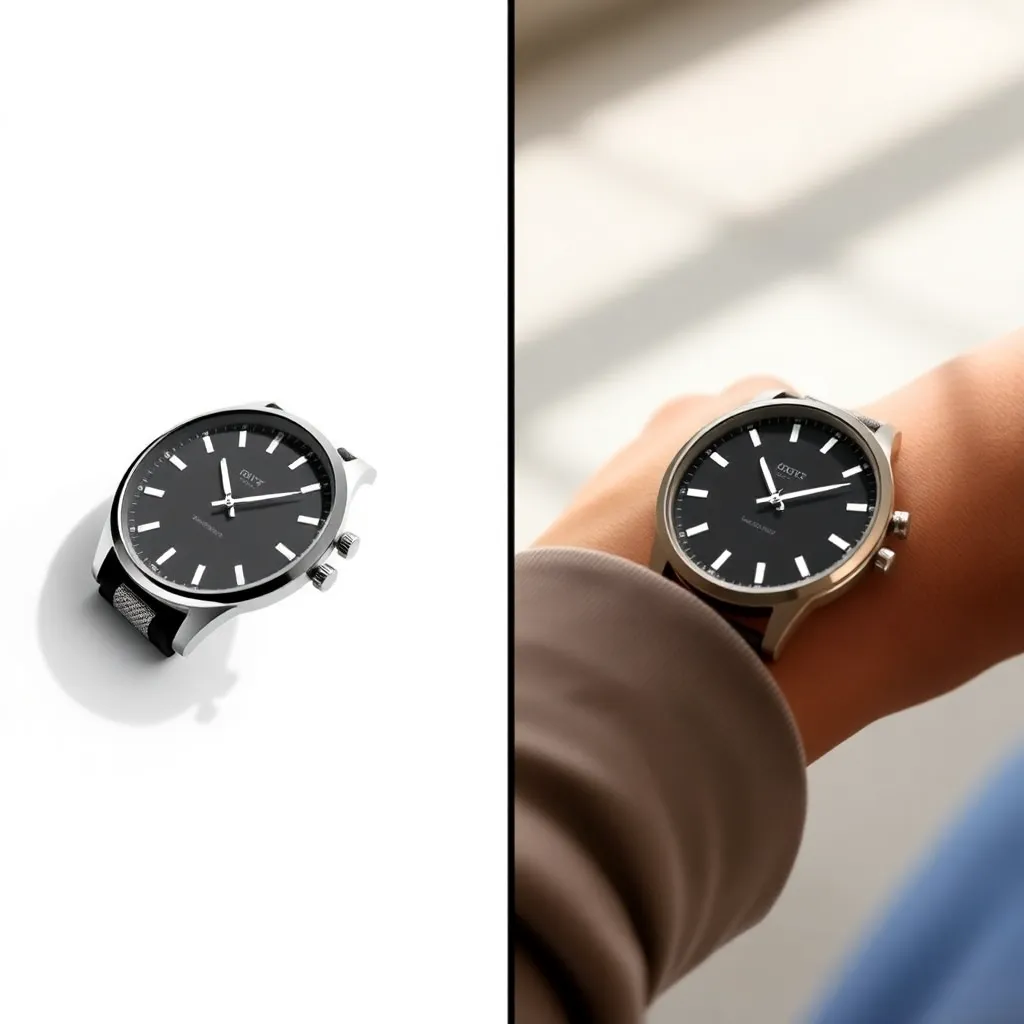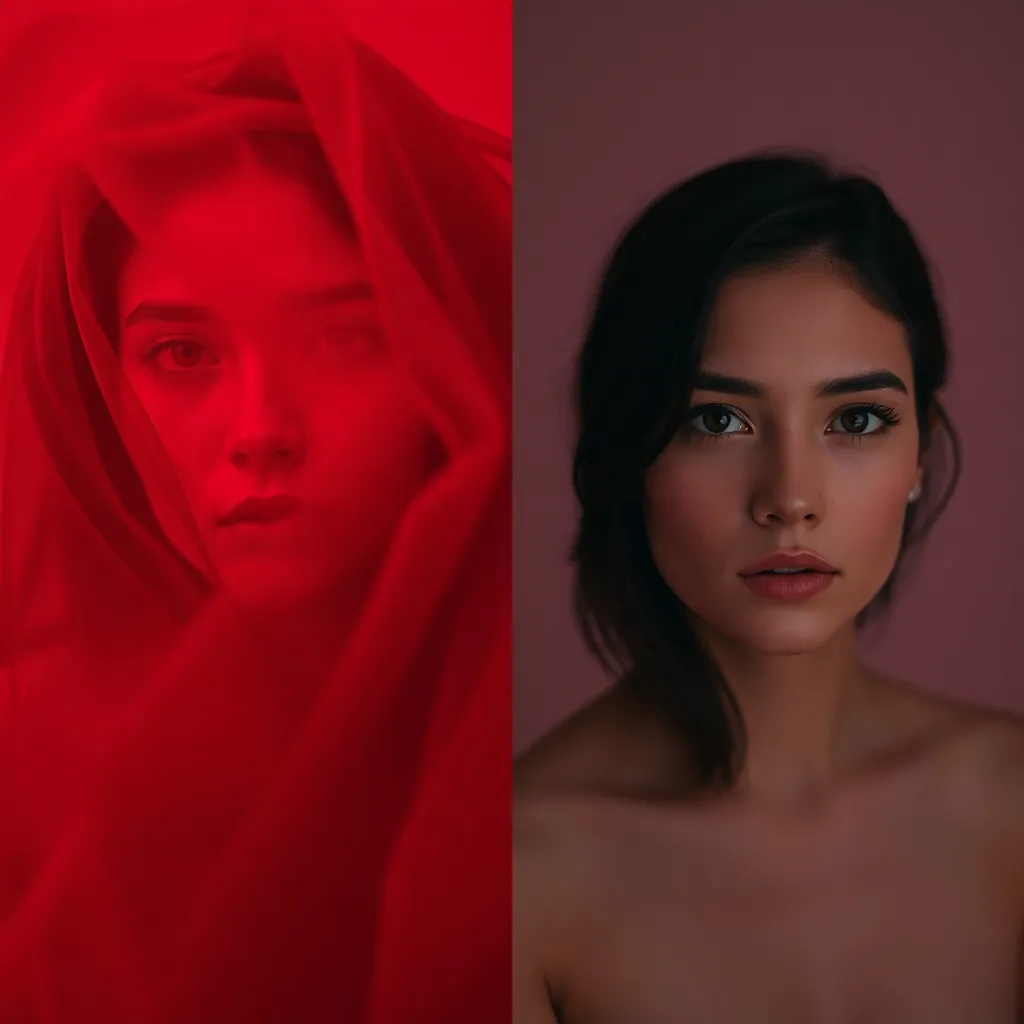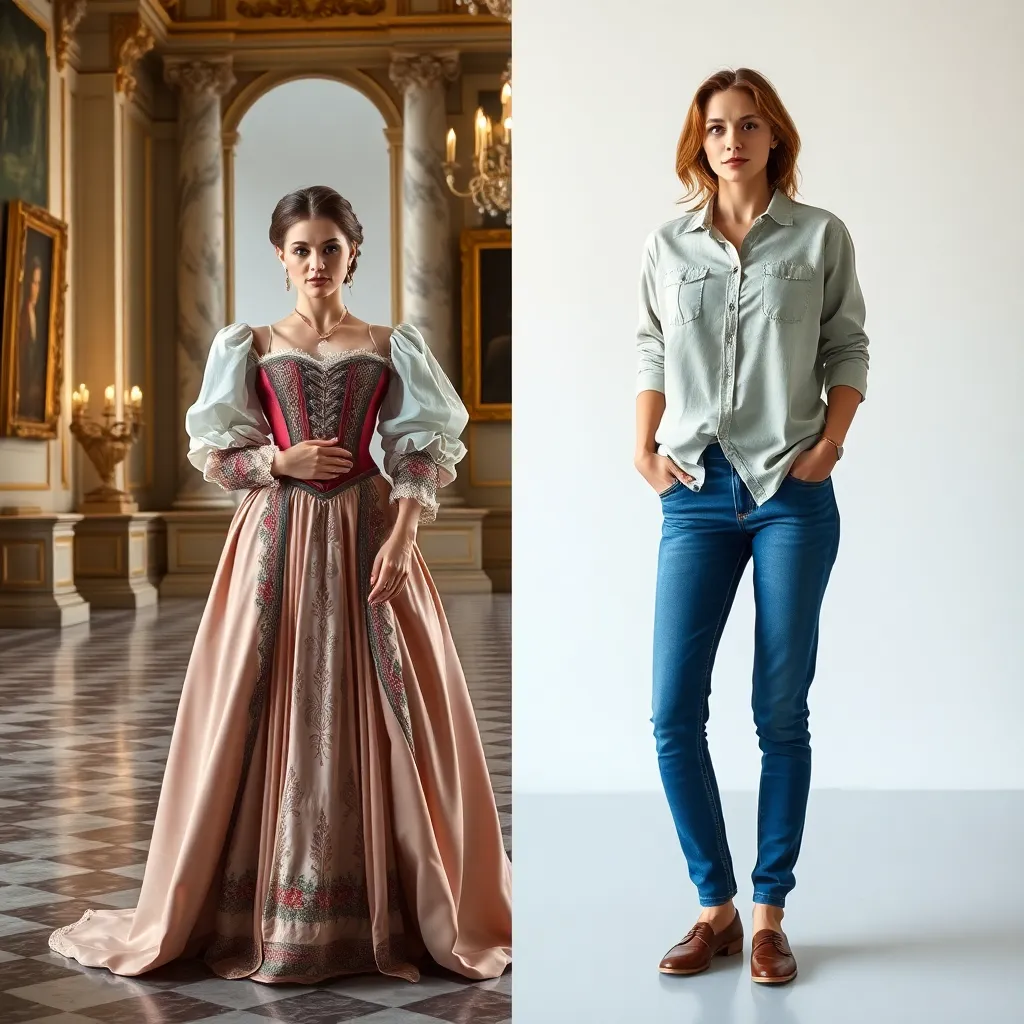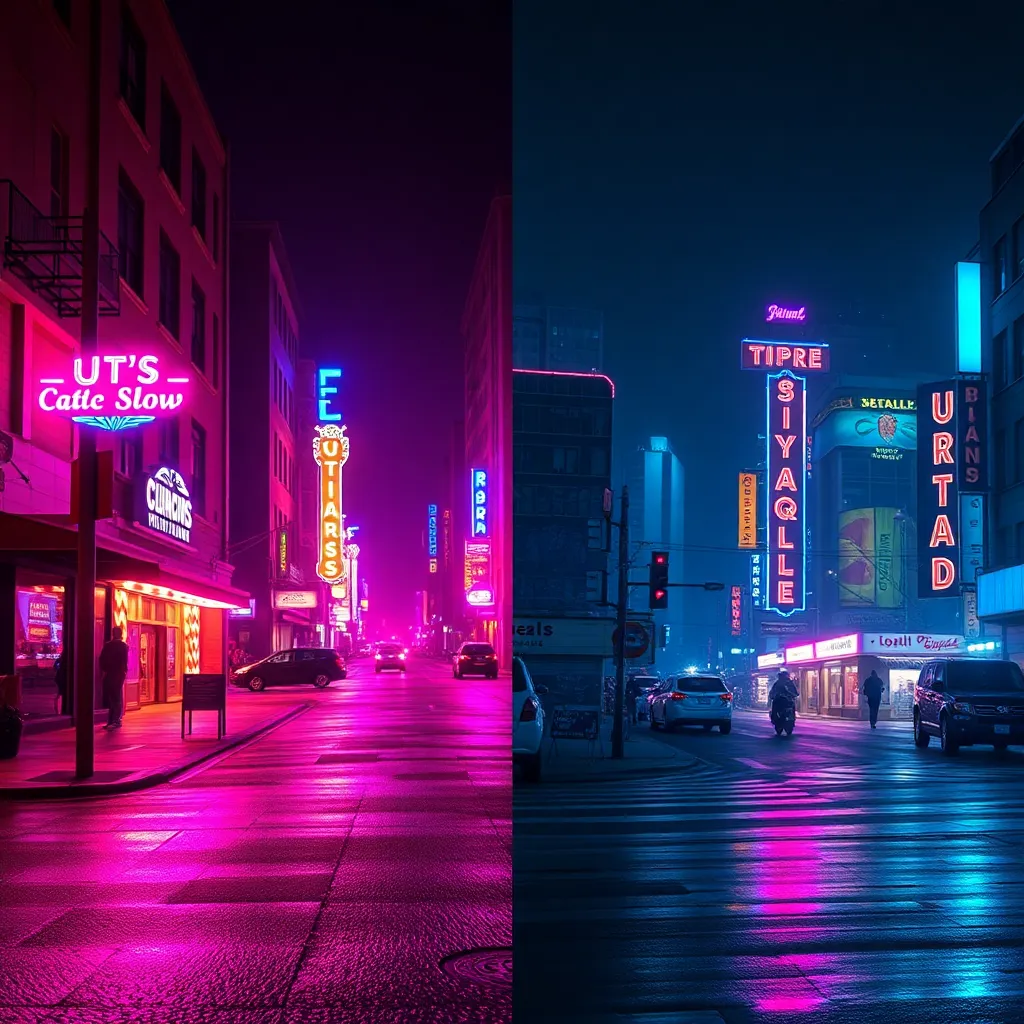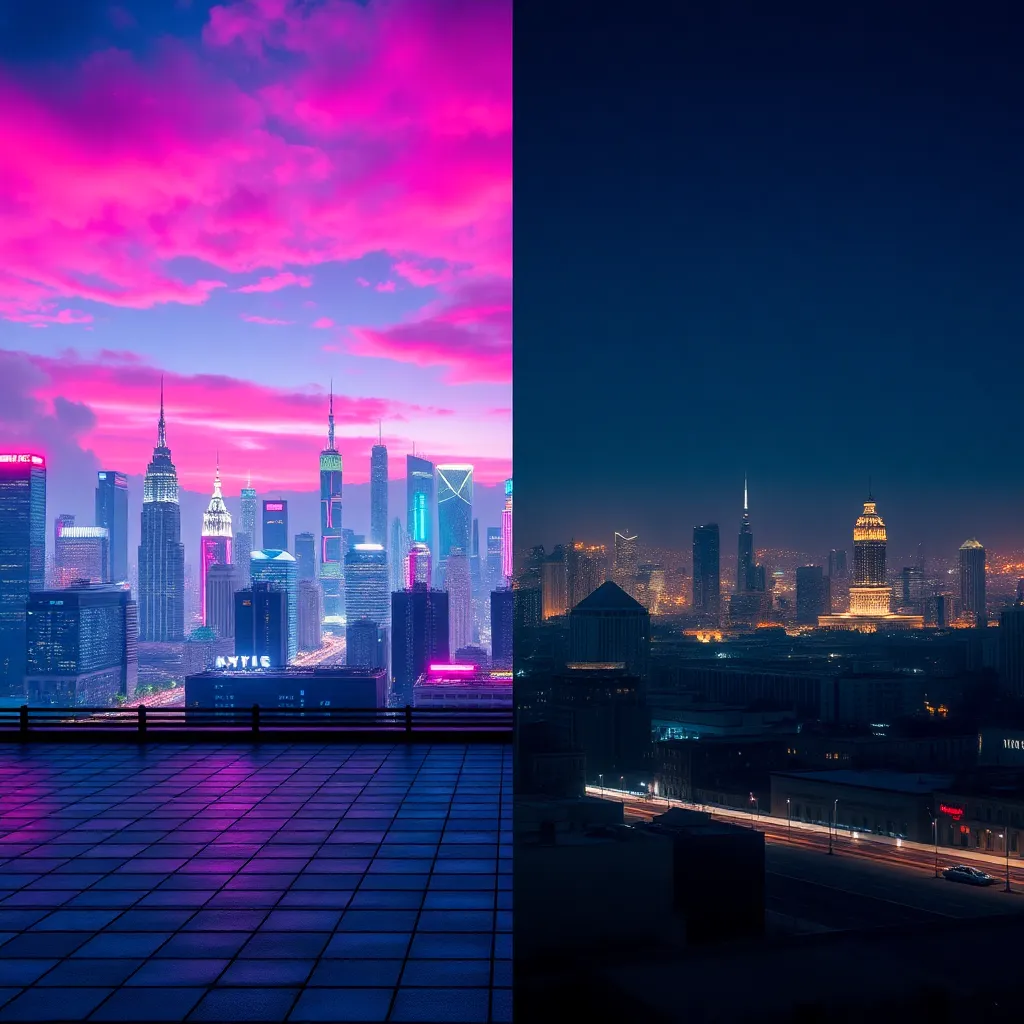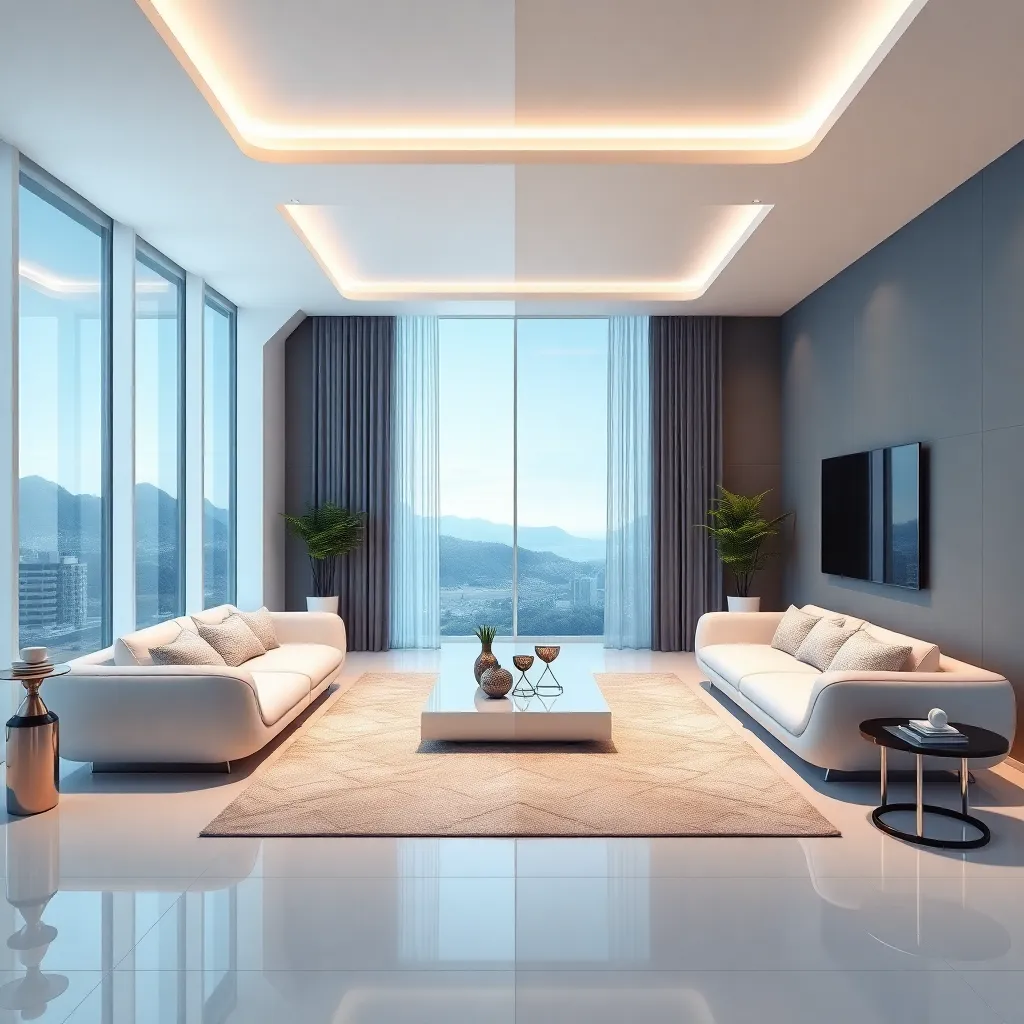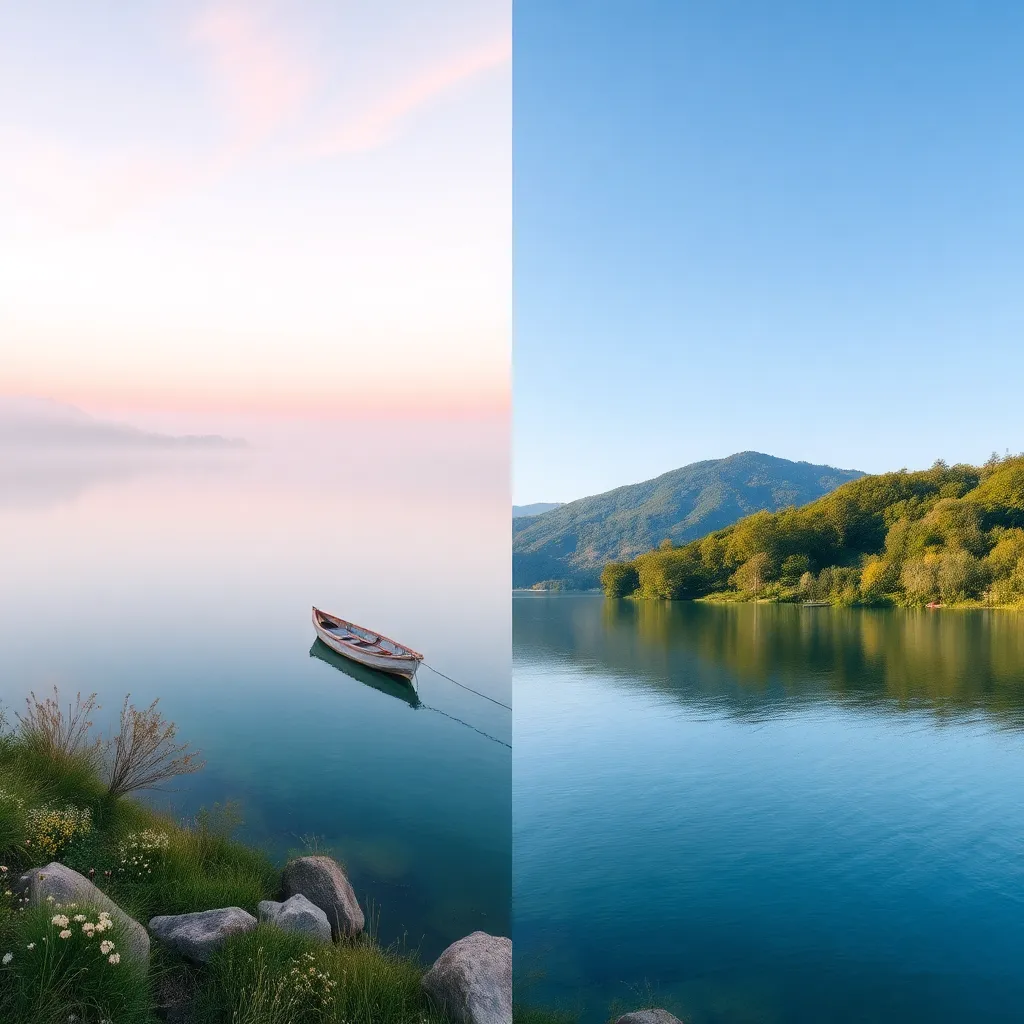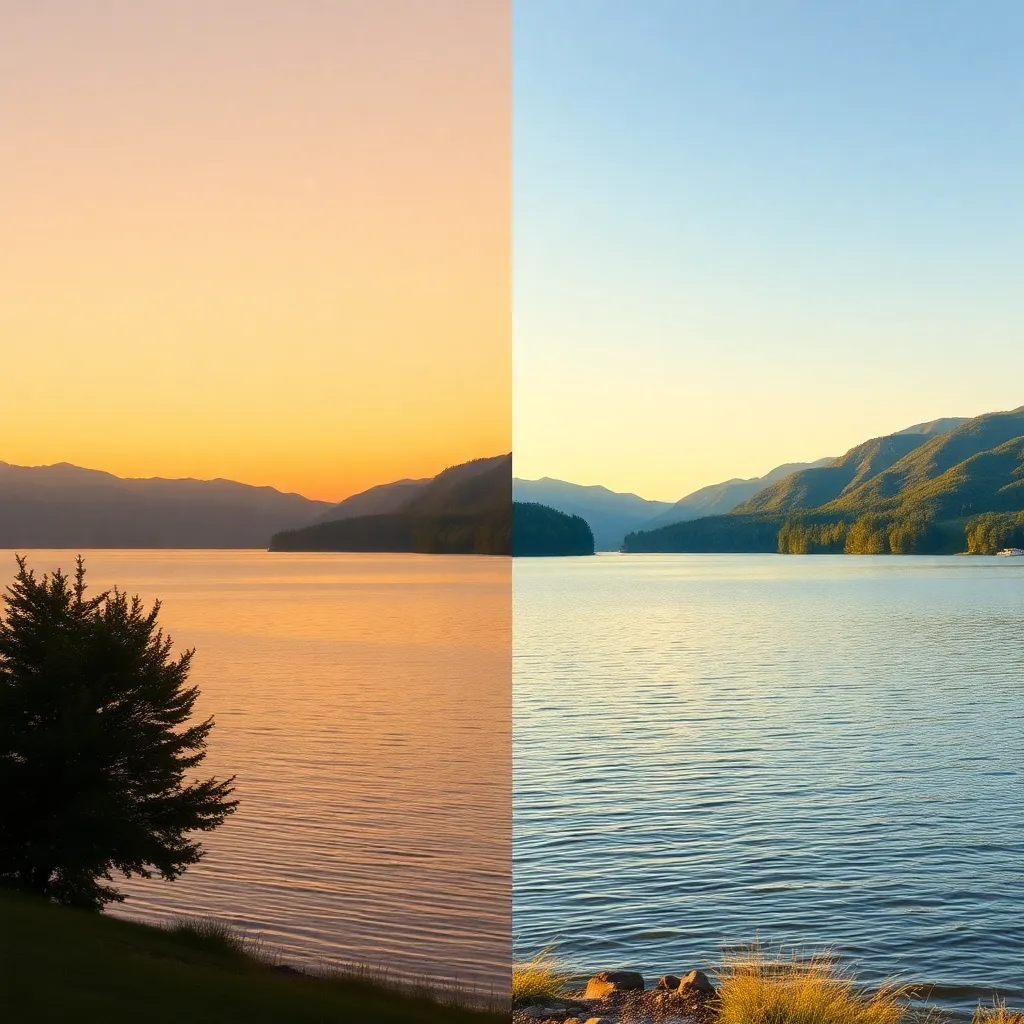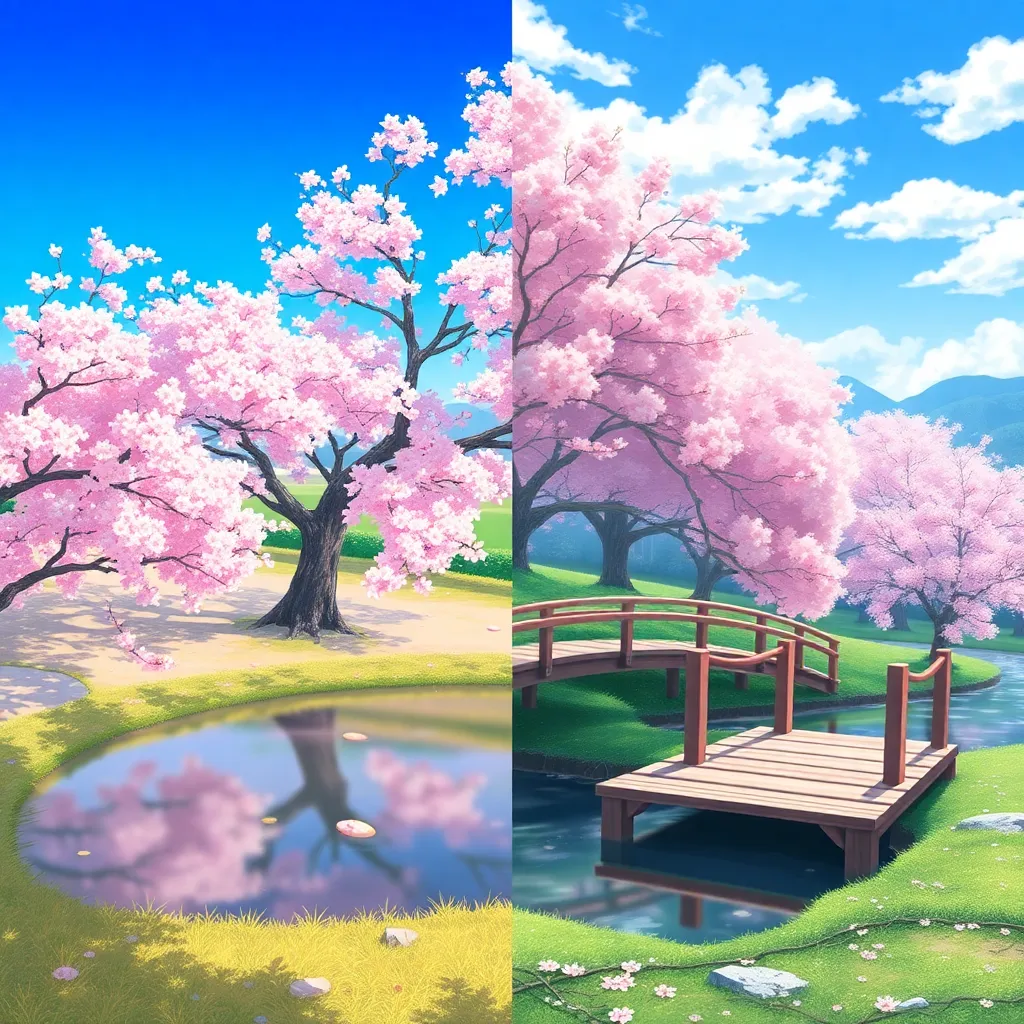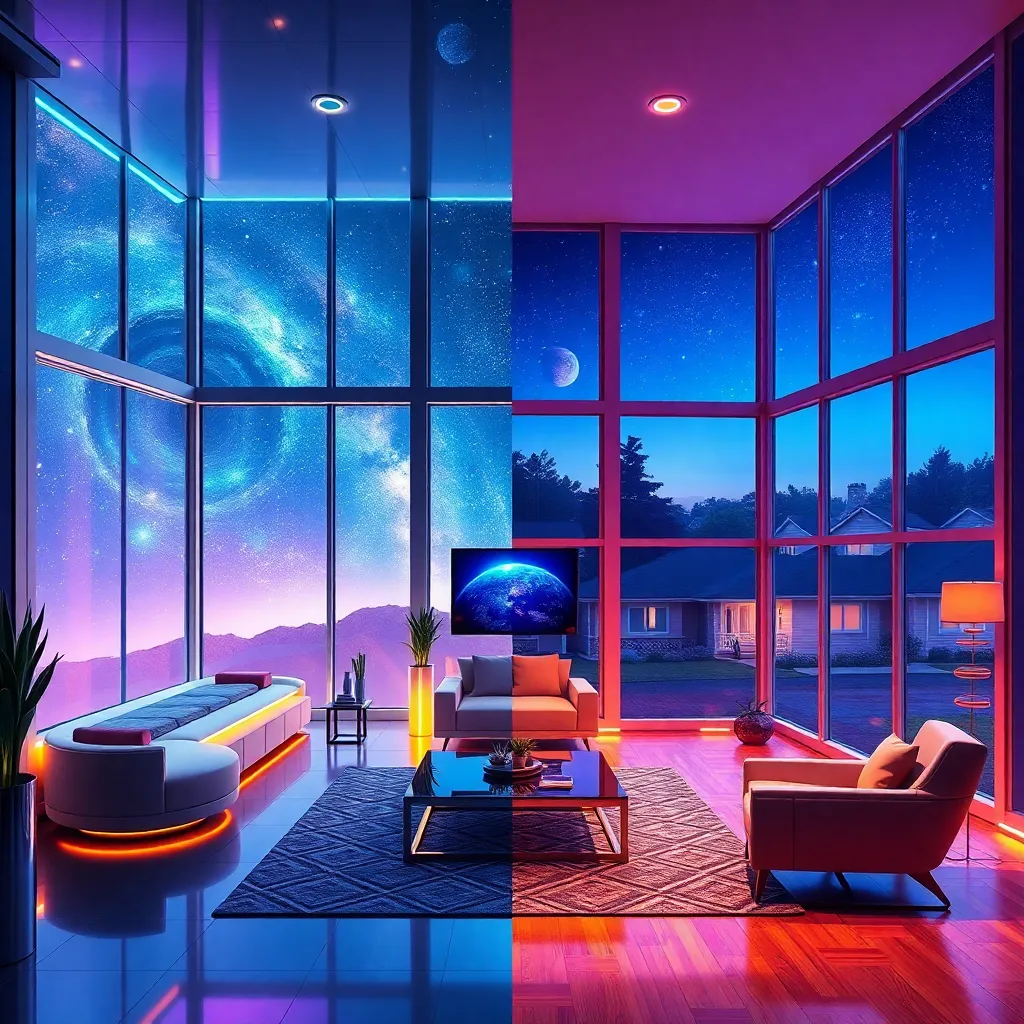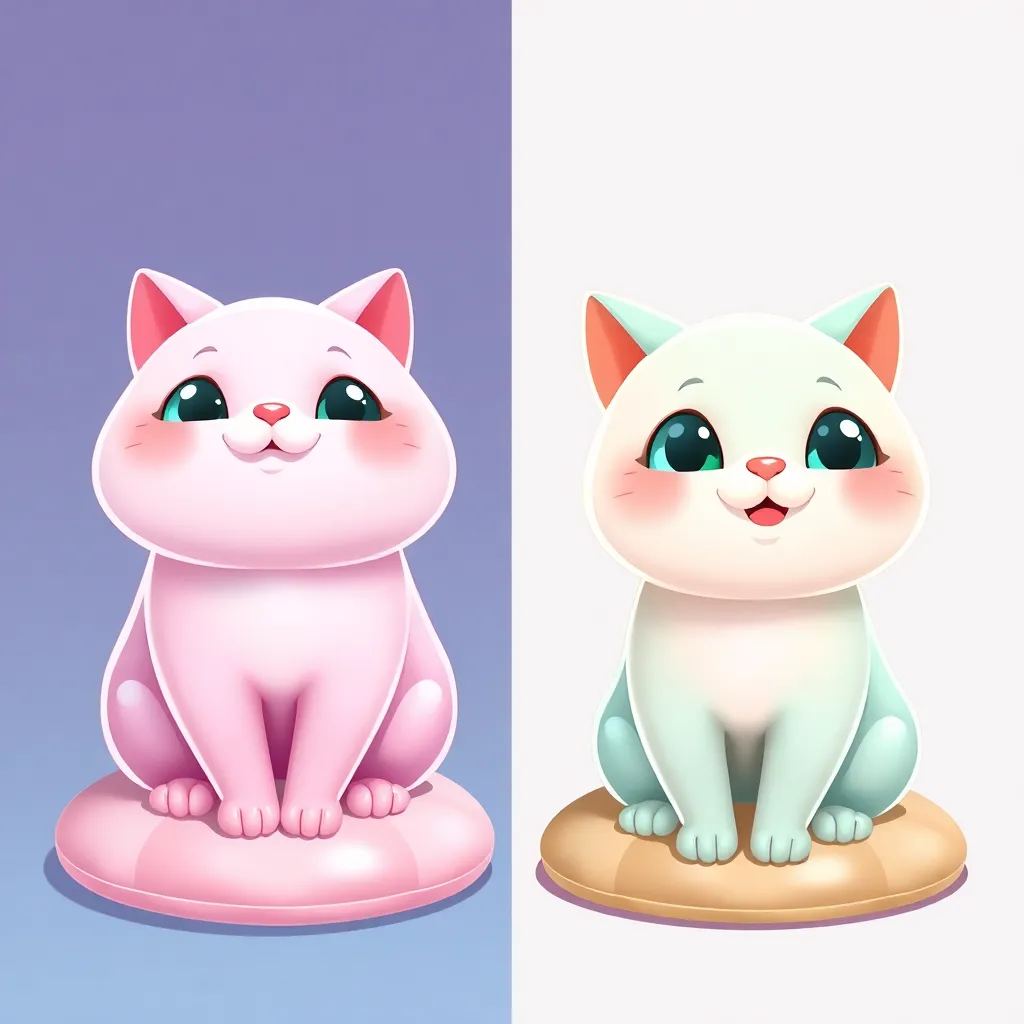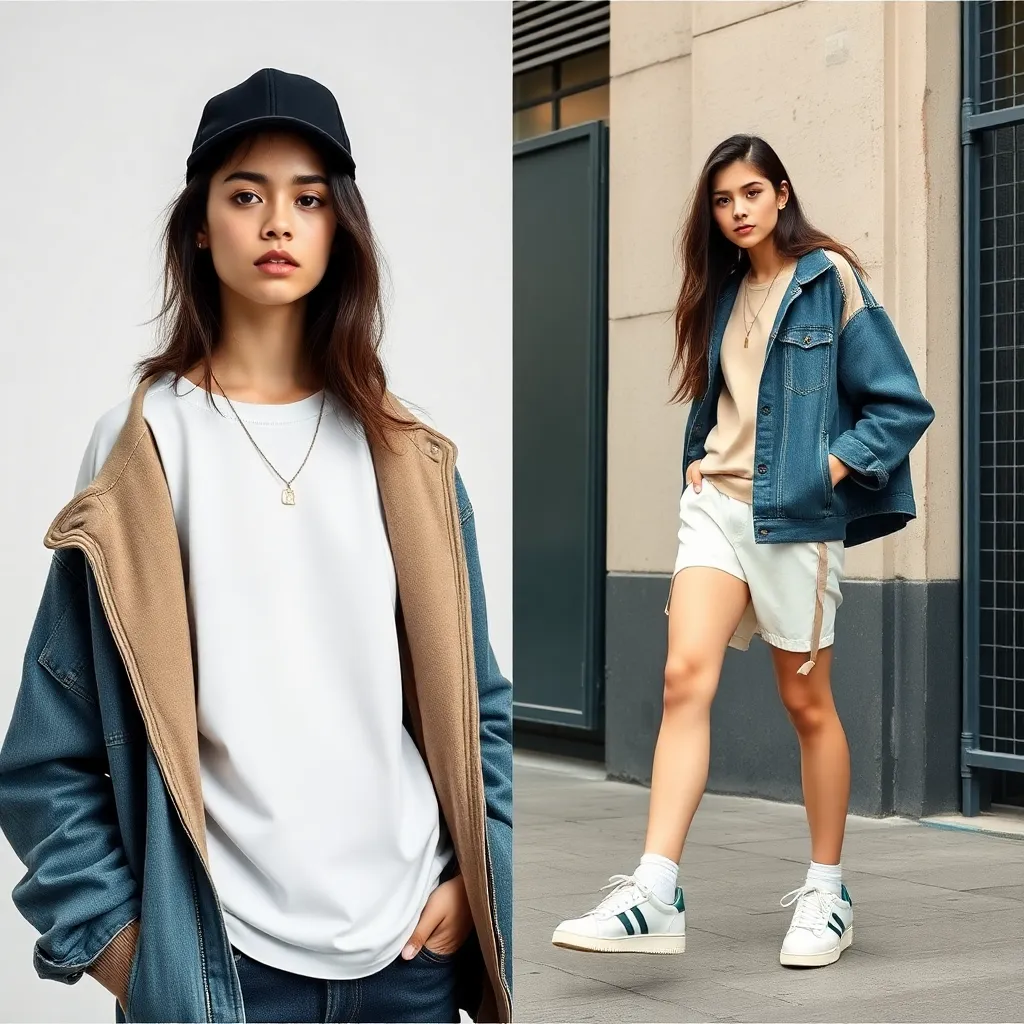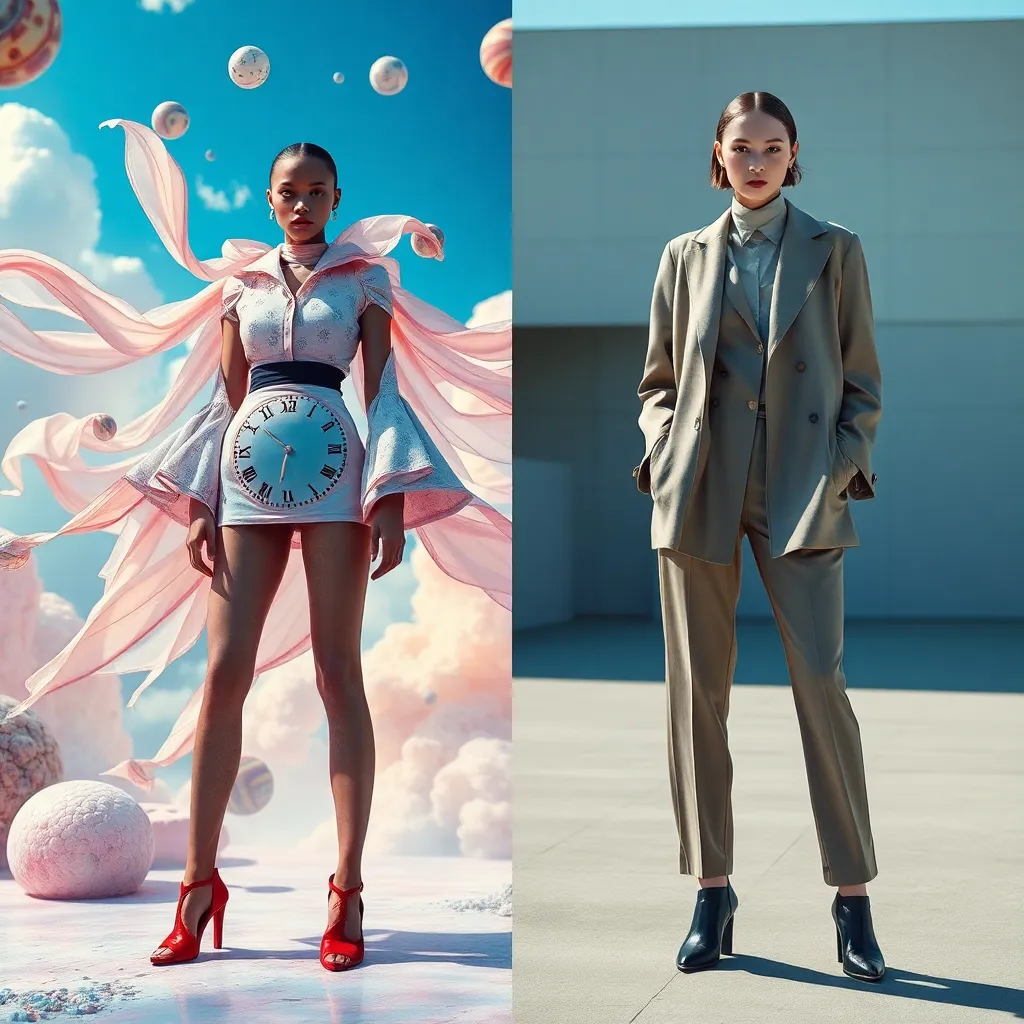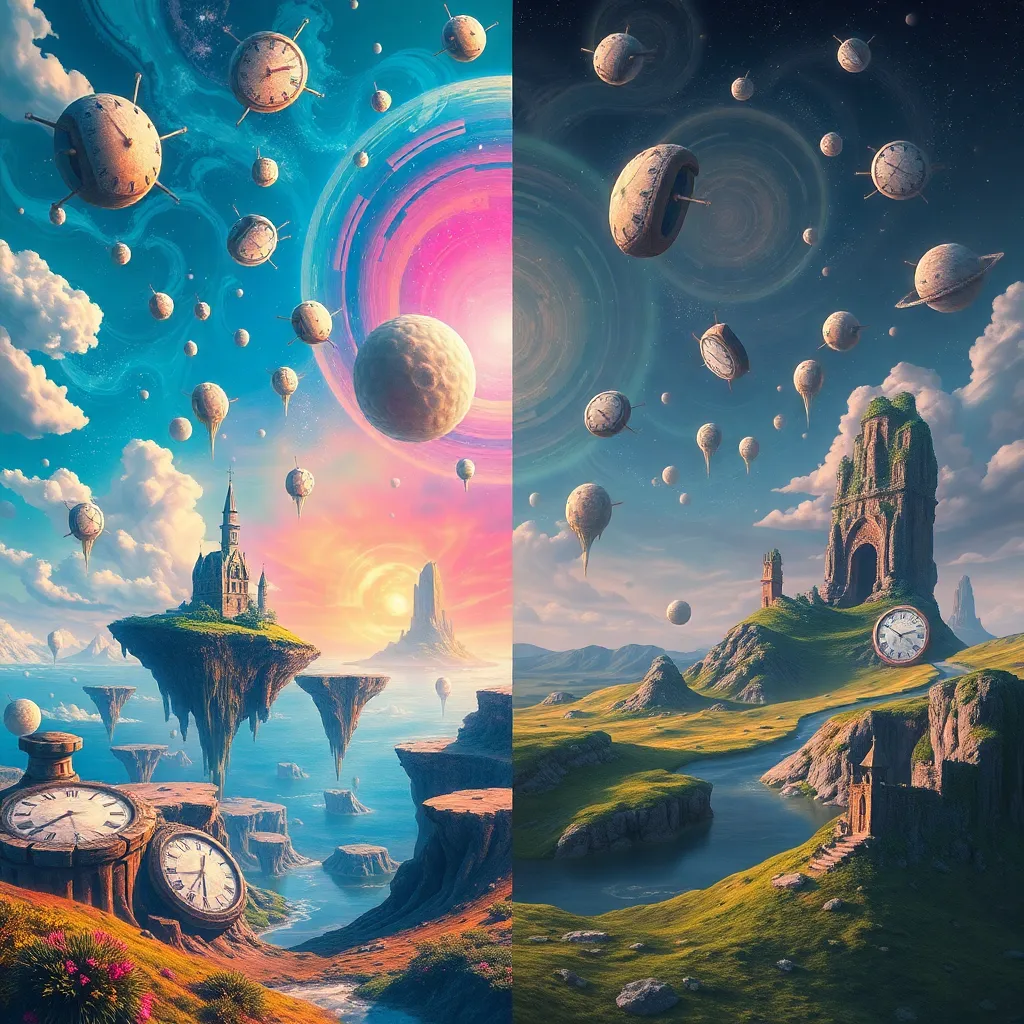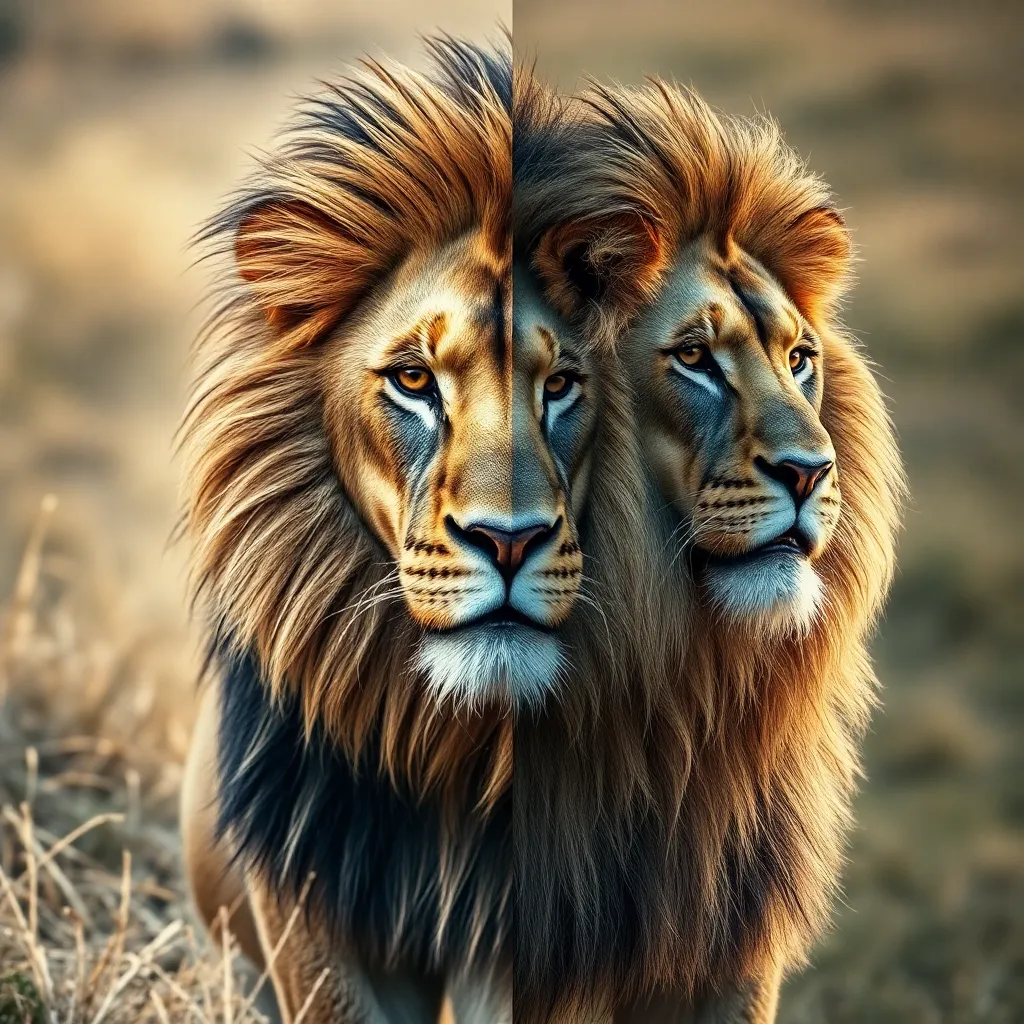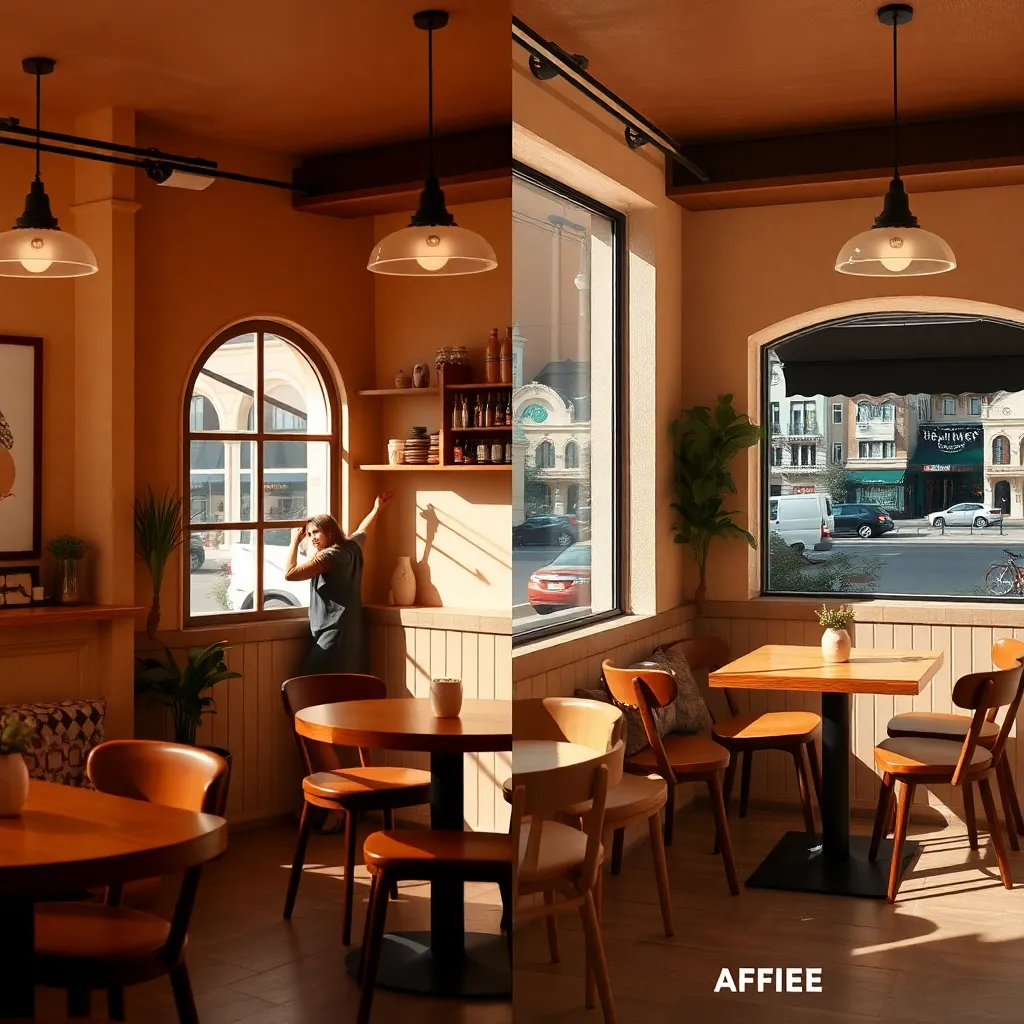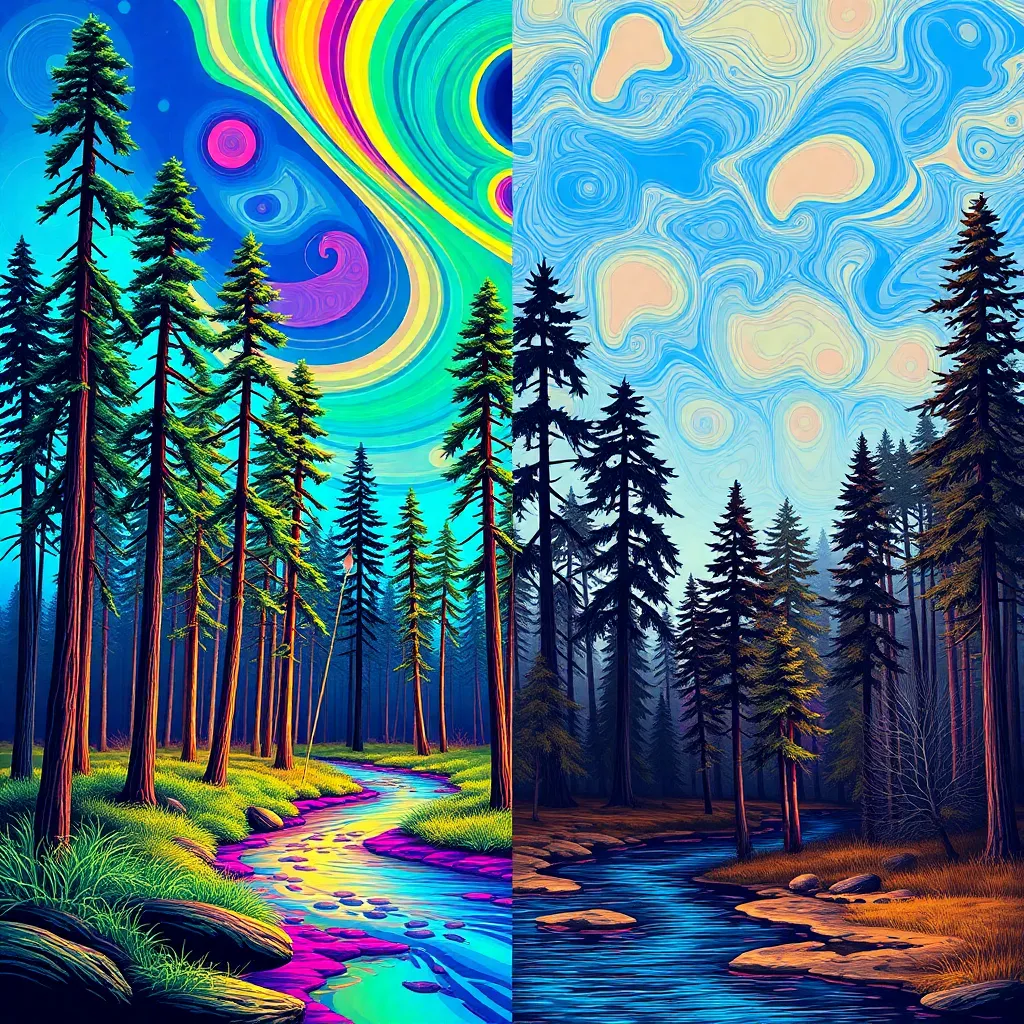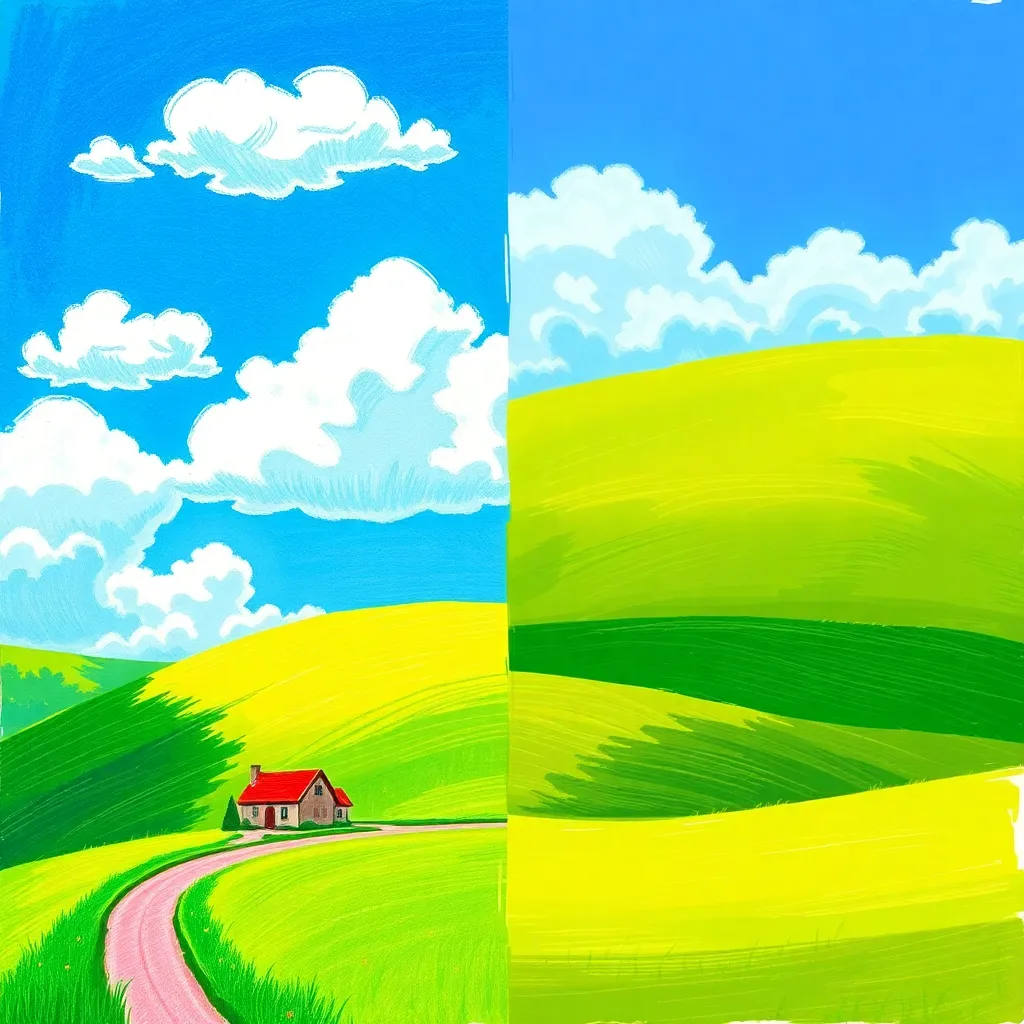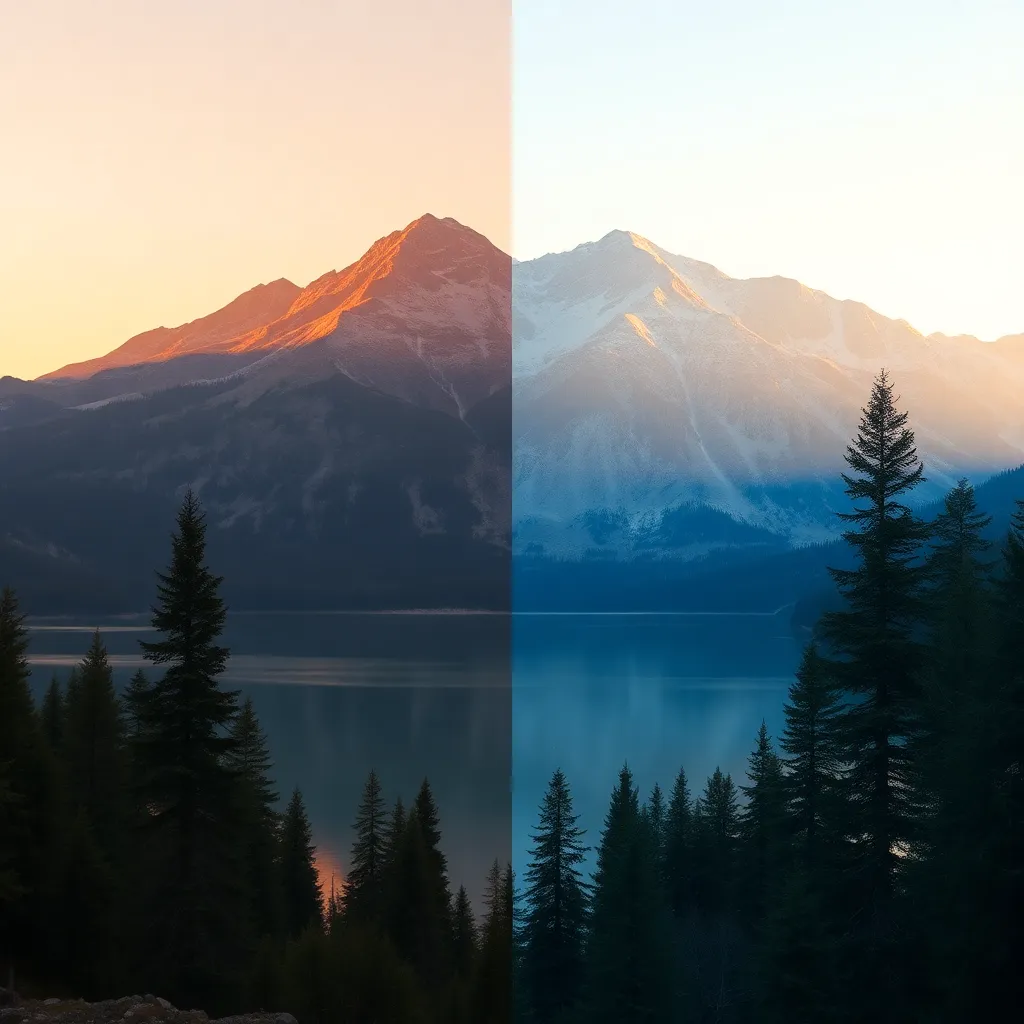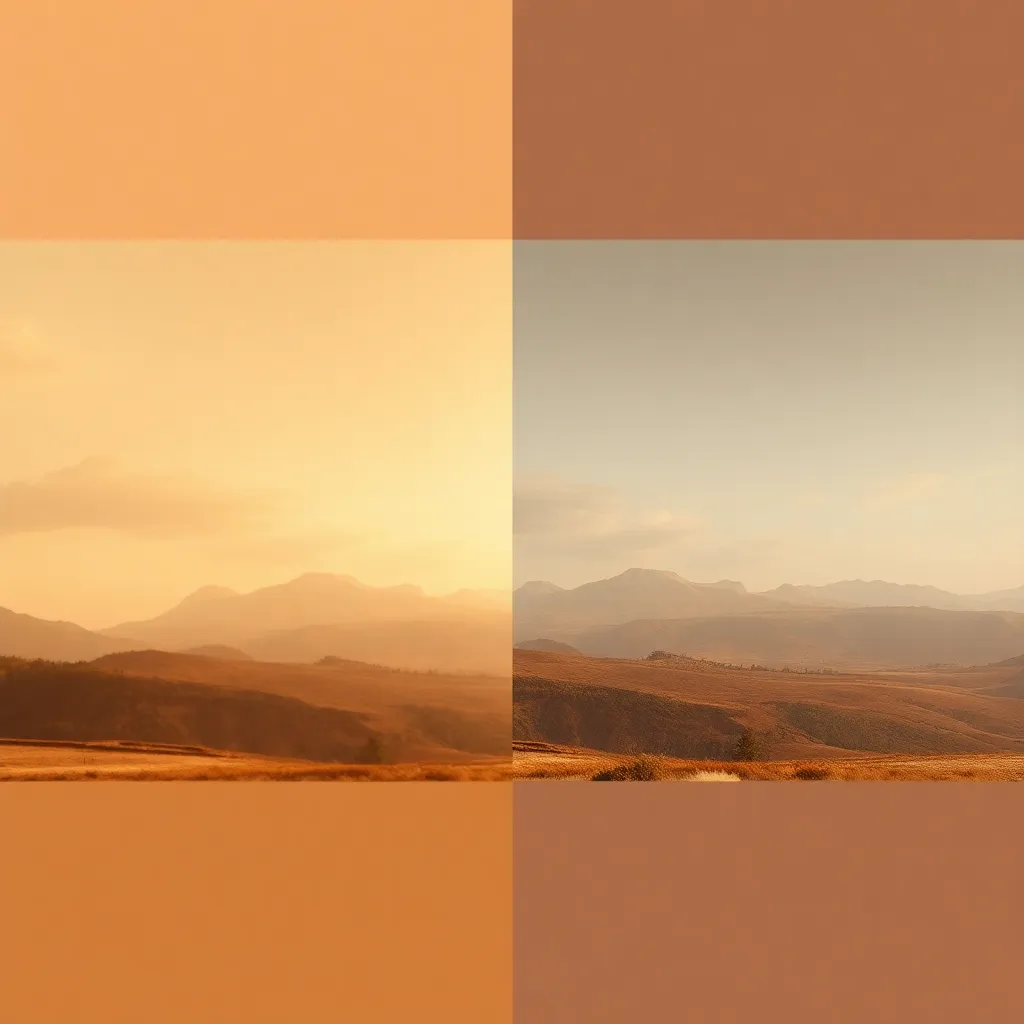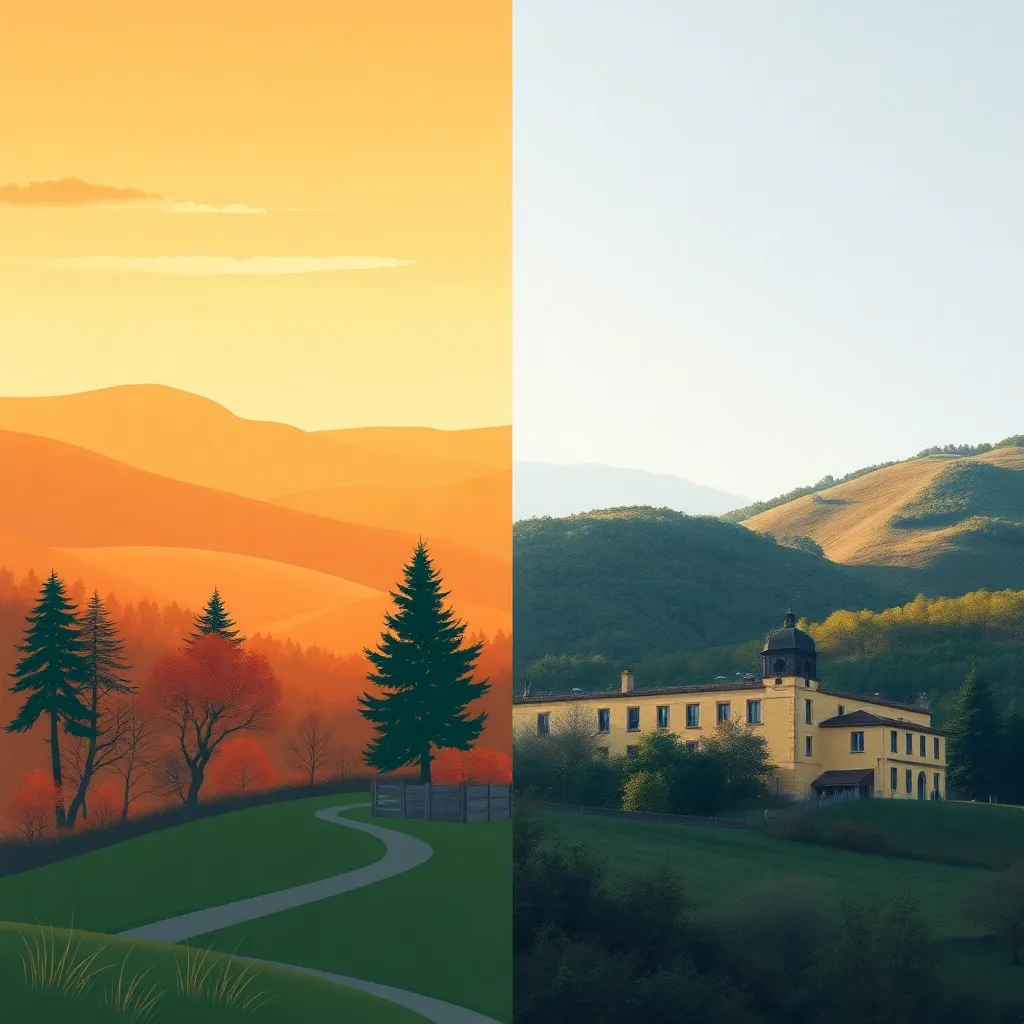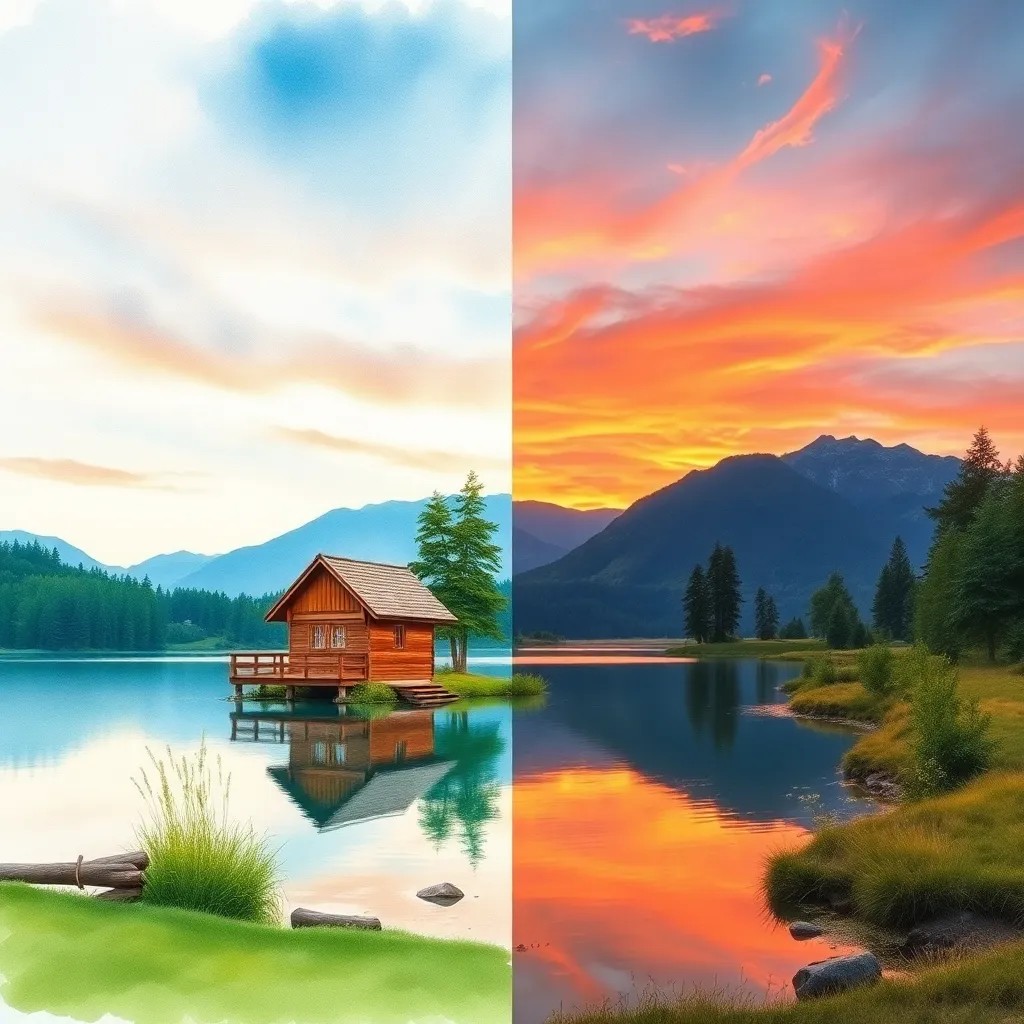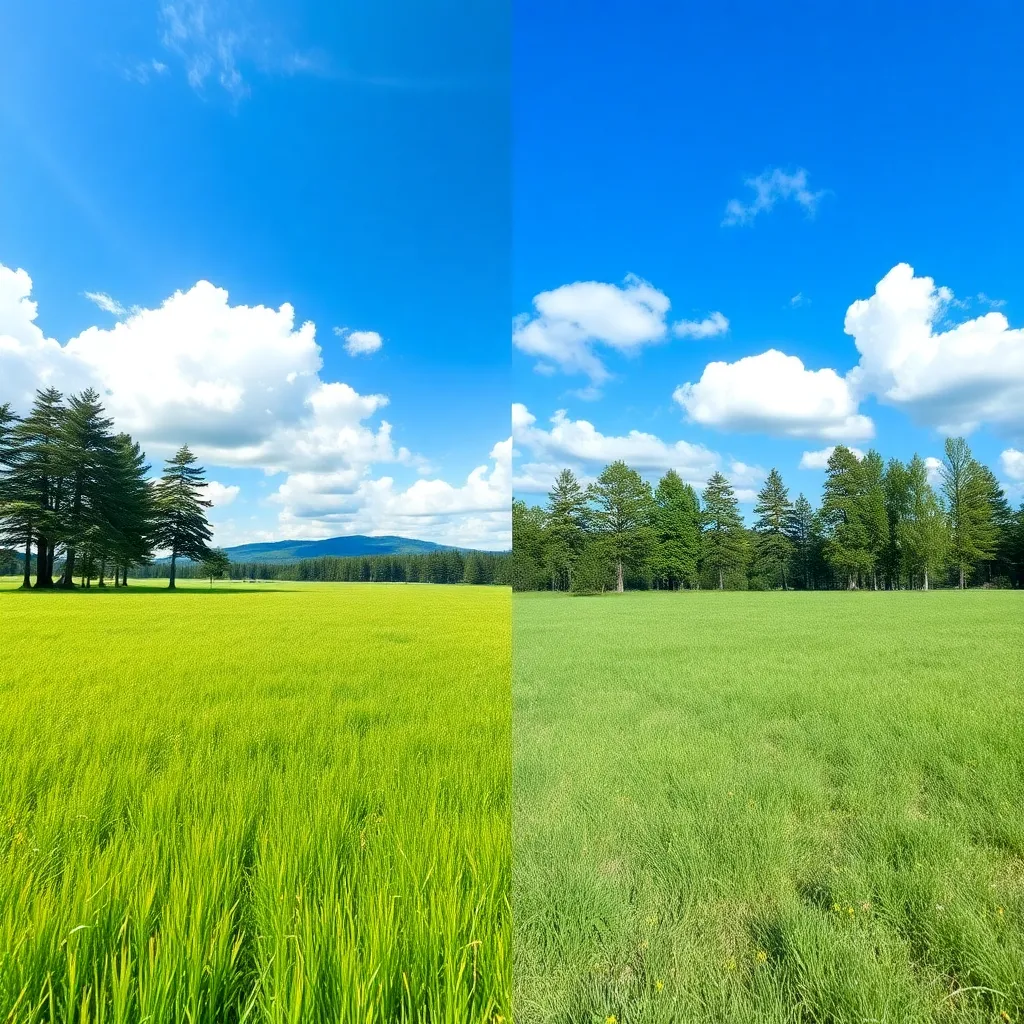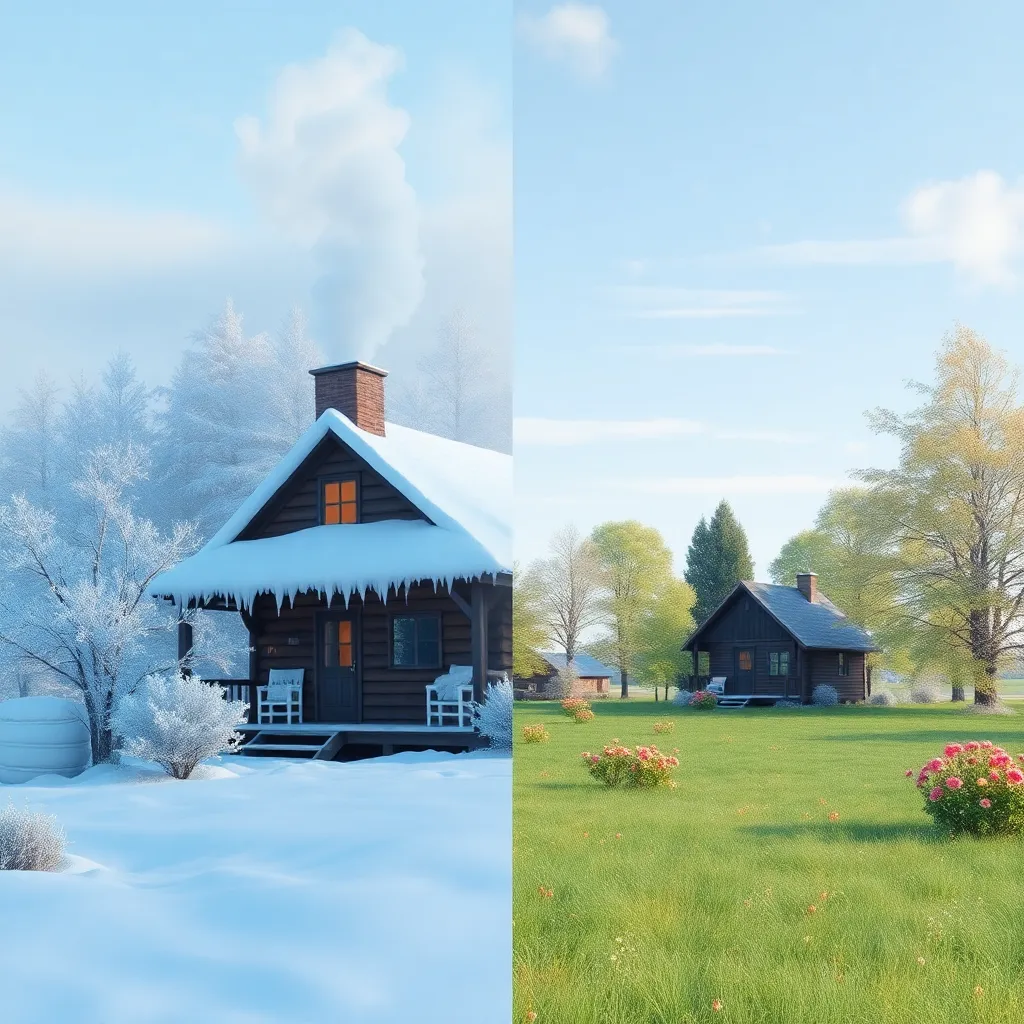What is Delicate 3D Style? History and Evolution
Delicate 3D Style is a contemporary visual effect that merges the dimensionality of three-dimensional rendering with a soft, pastel-inspired palette and gentle lighting. Unlike traditional 3D effects that often emphasize boldness, realism, or dramatic contrasts, Delicate 3D Style prioritizes subtlety—using muted hues, smooth gradients, and refined texturing to create a sense of calm, elegance, and modern sophistication.
The roots of Delicate 3D Style can be traced to the convergence of several visual trends in the early 2020s, including pastel minimalism in digital design, the resurgence of soft gradients in UI/UX, and the ever-growing demand for visuals that feel both tactile and ethereal. With the rise of AI image generation and advanced rendering engines, artists and designers gained new tools to blend the physicality of 3D modeling with the gentleness of watercolors and soft illustrations, giving birth to this unique style.
Today, Delicate 3D Style is recognized for its ability to evoke emotion, warmth, and a touch of fantasy—making it a favorite across industries that value both innovation and beauty.
Who is Using Delicate 3D Style?
Delicate 3D Style has found an enthusiastic audience among:
- Children’s Book Illustrators: Its gentle, dreamy quality is perfect for storytelling and capturing the imagination of young readers.
- Product Designers and Marketers: Brands use this style to present products in a soft, approachable, and luxurious light, especially in cosmetics and lifestyle goods.
- Event Planners and Stationery Designers: Wedding invitations, greeting cards, and event posters benefit from its romantic and sophisticated vibe.
- Nature and Environmental Artists: The style’s soothing palette and soft depth are well-suited to botanical and landscape illustrations.
- UI/UX and App Designers: Modern, minimalistic digital interfaces often use delicate 3D elements for buttons, icons, and backgrounds, enhancing usability while maintaining elegance.
- Fantasy and Character Artists: The dreamy, magical qualities elevate character portraits, making them enchanting and emotionally resonant.
How Does Delicate 3D Style Enhance Photos and Visuals?
Delicate 3D Style transforms images in several key ways:
- Soft Depth and Dimension: By introducing subtle 3D modeling, images gain a tactile, touchable quality without harsh shadows or aggressive highlights. This creates a sense of realism while maintaining visual comfort.
- Pastel Color Harmony: The use of soft, pastel colors brings tranquility and elegance, making visuals more inviting and less overwhelming. Pastels also allow for nuanced emotional expression—perfect for storytelling and branding.
- Gentle Lighting and Shadows: Instead of sharp contrasts, this style employs diffused lighting and smooth, gradient shadows. The result is an ethereal, luminous effect that feels both sophisticated and approachable.
- Refined Textures and Gradients: Delicate texturing adds visual interest and depth, while smooth gradients ensure transitions are seamless and pleasing to the eye.
- Dreamy Atmosphere: The overall effect is one of calm, whimsy, and modernity, which appeals across age groups and industries.
Through these enhancements, Delicate 3D Style elevates images by making them more emotionally engaging, aesthetically refined, and suitable for a wide variety of modern applications.
Use Cases: Where and When to Use Delicate 3D Style
Delicate 3D Style is remarkably versatile. Here are some ideal use cases:
1. Children’s Book Illustration
The soft, whimsical qualities make it perfect for engaging young readers. Scenes come alive in a gentle, tactile way, supporting the narrative and sparking imagination.
2. Product Mockups
For cosmetics, tech gadgets, and lifestyle products, Delicate 3D Style offers a refined, luxurious look. It makes products appear premium and approachable, helping brands stand out in crowded markets.
3. Wedding Invitations & Stationery
Romantic and elegant, this style adds sophistication to wedding cards and event posters. The pastel palette and subtle 3D textures provide a premium, handcrafted feel.
4. Nature and Botanical Posters
Delicate 3D enhances natural subjects by emphasizing softness, beauty, and harmony. Posters or prints benefit from the soothing, decorative effect, making them ideal for interior design and environmental campaigns.
5. App Interfaces and UI/UX Design
Buttons, icons, and backgrounds rendered in delicate 3D provide a modern, minimal look with added depth. It improves usability and visual appeal, making apps feel more tactile and inviting.
6. Fantasy and Character Portraits
The dreamy atmosphere and soft sculpting bring out the magic in character art, making portraits enchanting and emotionally resonant—ideal for book covers, games, and collectibles.
Each of these use cases demonstrates how Delicate 3D Style not only beautifies visuals but also enhances their communicative power, appeal, and memorability for the end user.
Pro Tips for Using Delicate 3D Style
- Prioritize Lighting: Achieve a soft, diffused look by using multiple light sources and gentle gradients. Avoid harsh direct lights or strong shadows.
- Choose Pastel Palettes: Stick with muted colors and harmonious tones. This ensures the final image feels cohesive and soothing.
- Refine Your Textures: Use subtle, almost imperceptible textures to add depth without overwhelming the composition.
- Balance 3D Elements: Avoid over-modeling; maintain simplicity to keep the image delicate and uncluttered.
- Leverage Modern Tools: Use AI image generators and advanced 3D software to experiment with combinations of softness, color, and depth.
- Test for Print and Digital: Ensure your images look good both on screens and in print, adjusting color profiles and contrast as needed.
Conclusion
Delicate 3D Style stands at the intersection of elegance, modernity, and gentle visual storytelling. Whether you’re creating illustrations, marketing materials, digital interfaces, or event stationery, this style offers a fresh, enchanting approach that resonates with audiences of all ages. By mastering its subtle lighting, pastel hues, and refined textures, you can transform ordinary visuals into captivating works of art that feel both timeless and contemporary.
